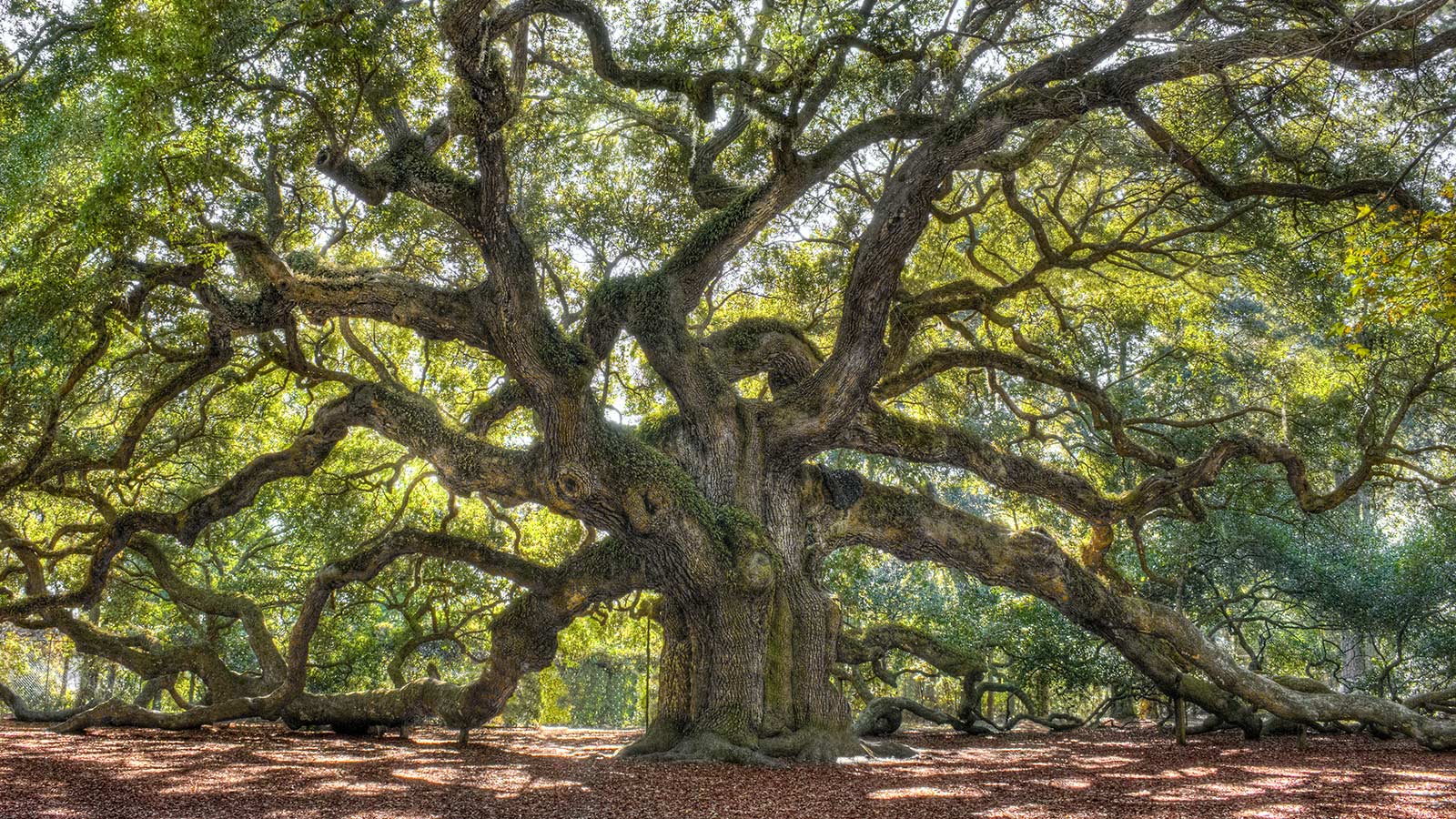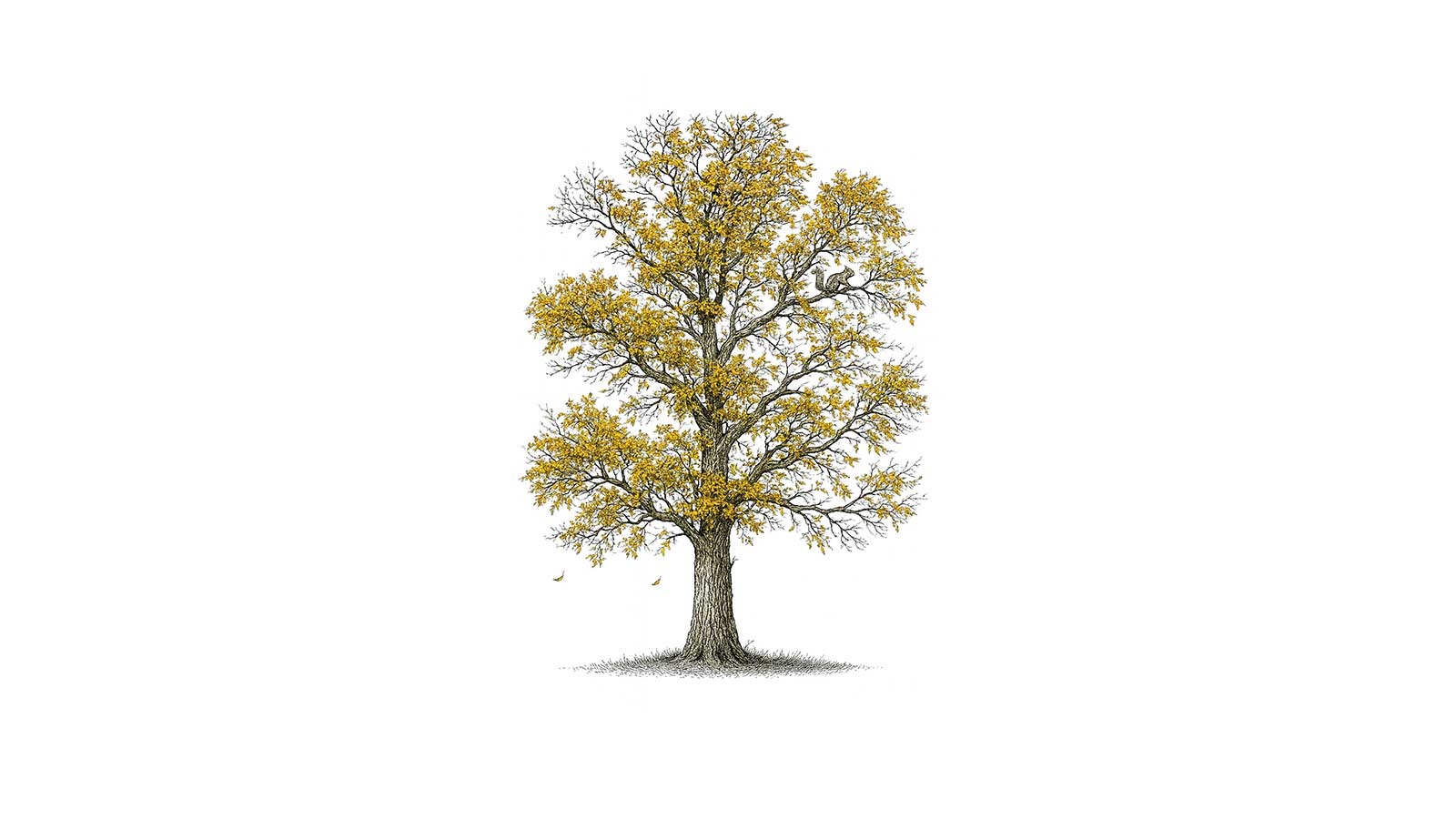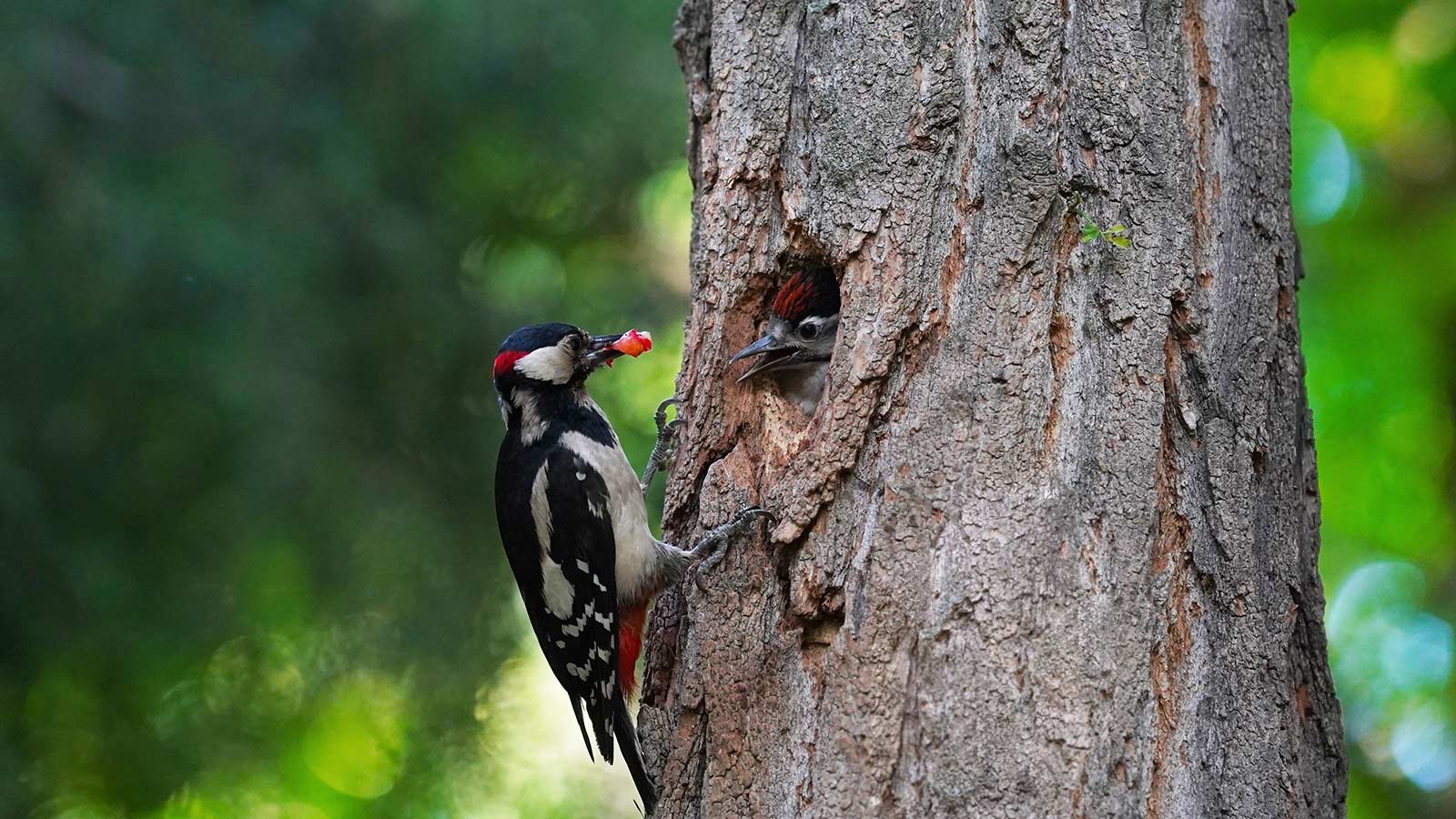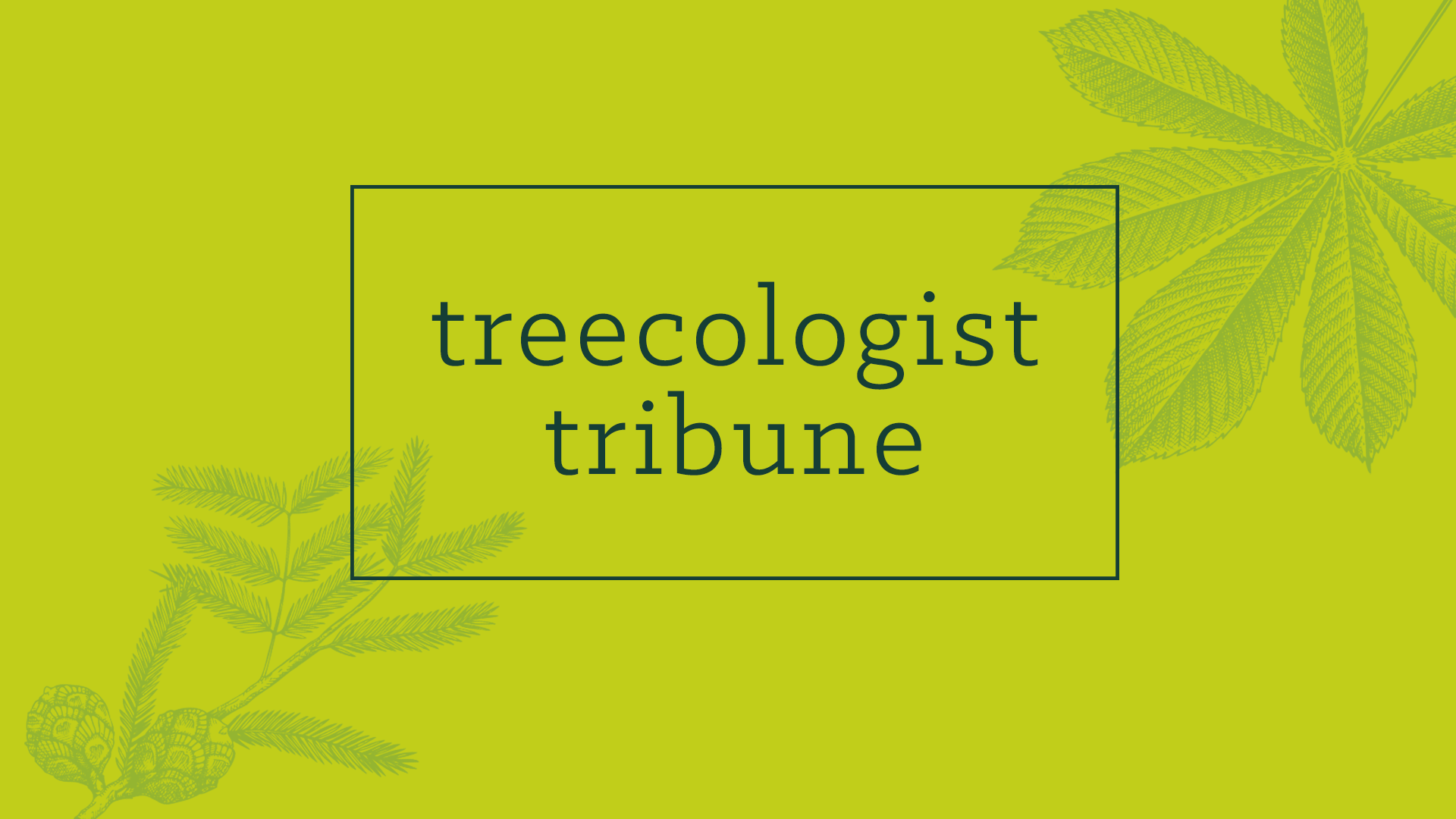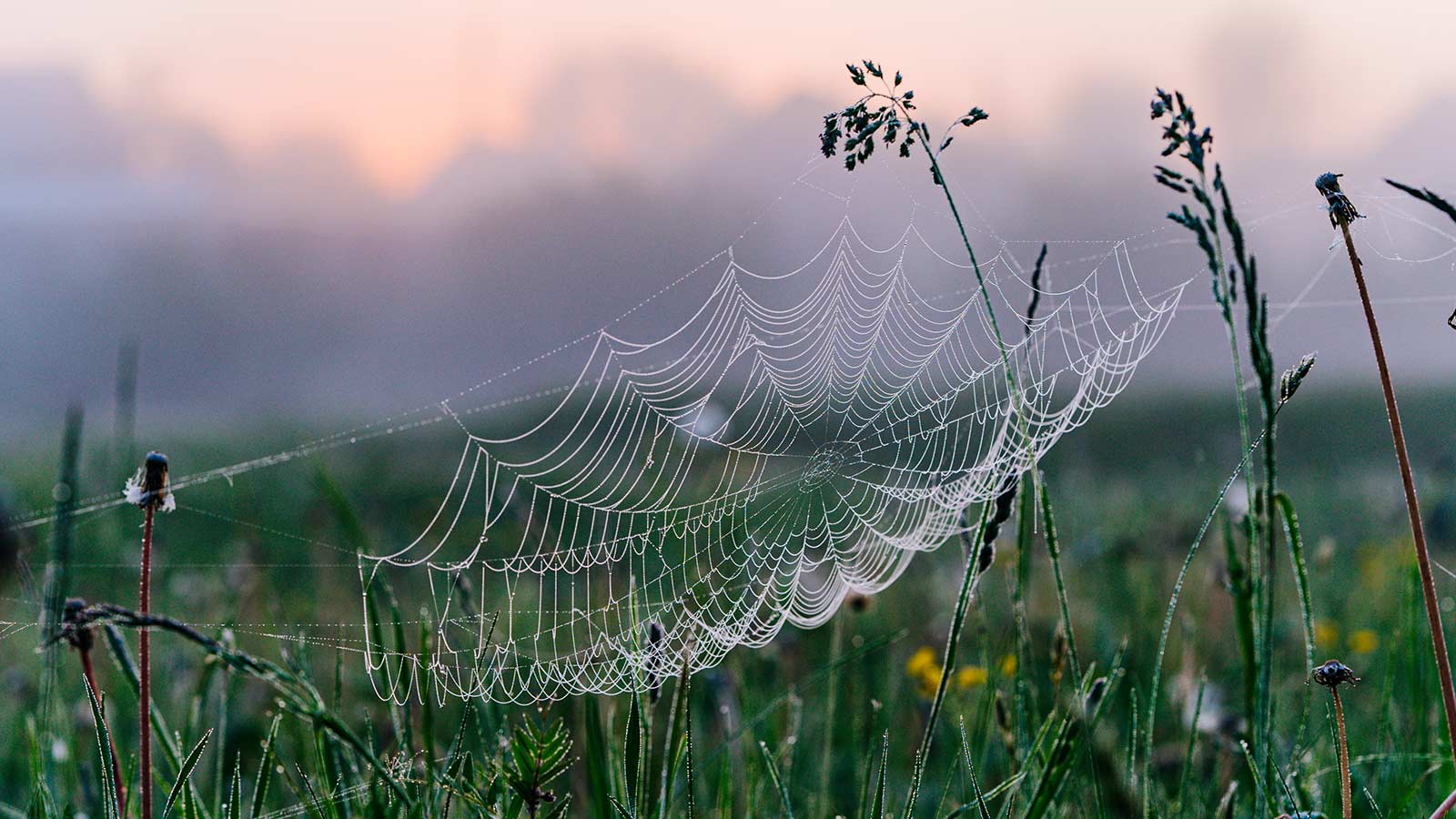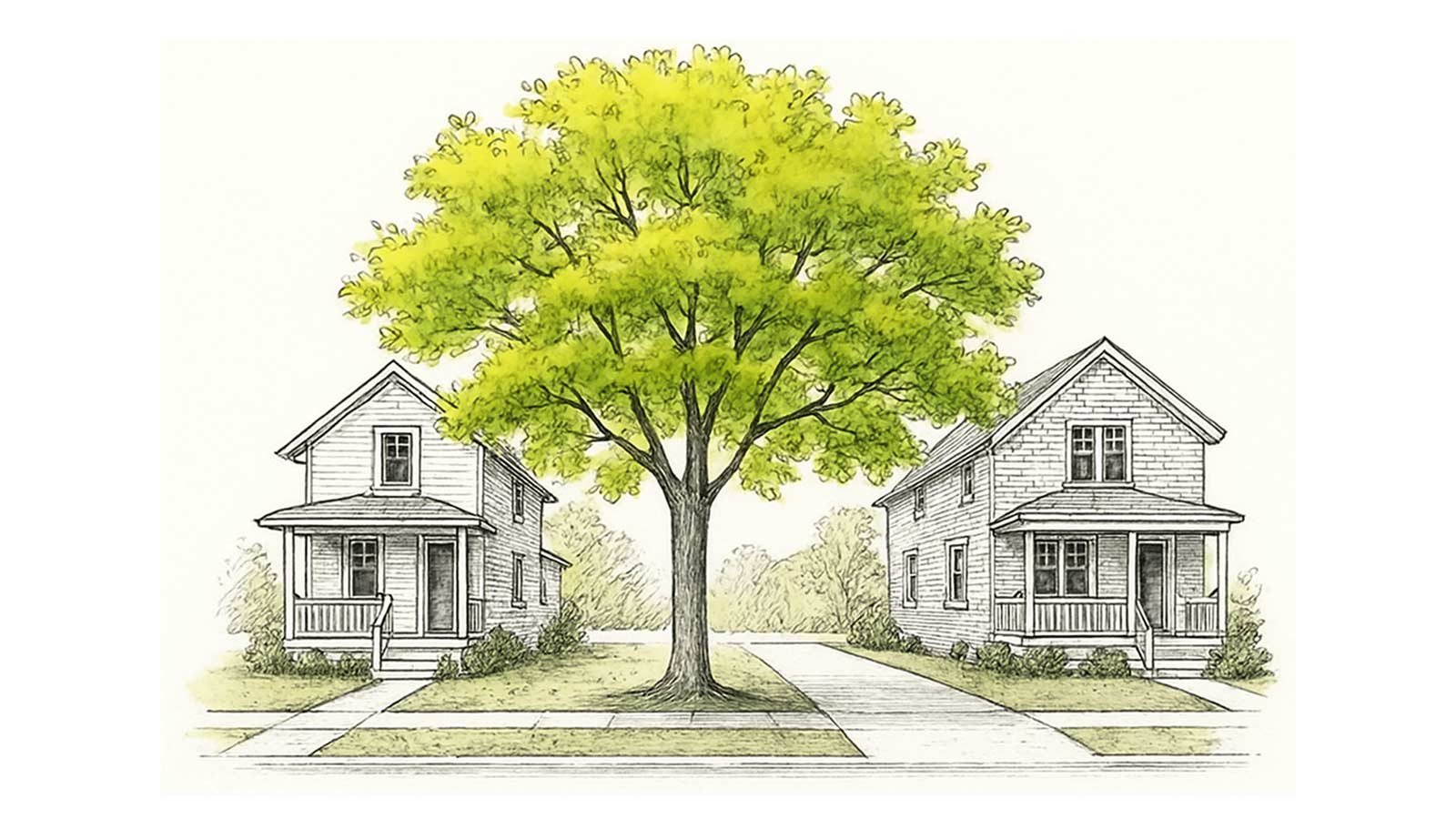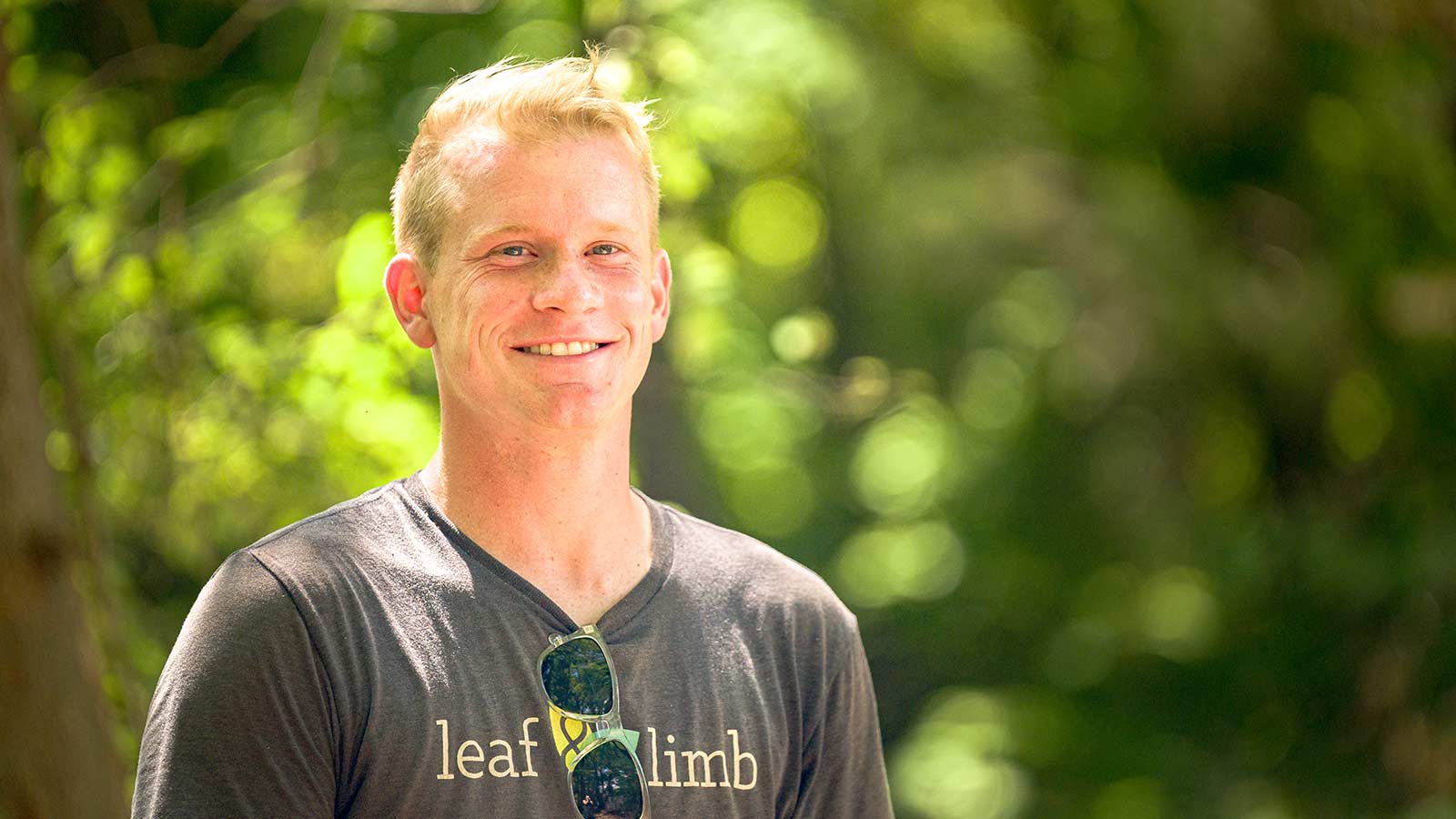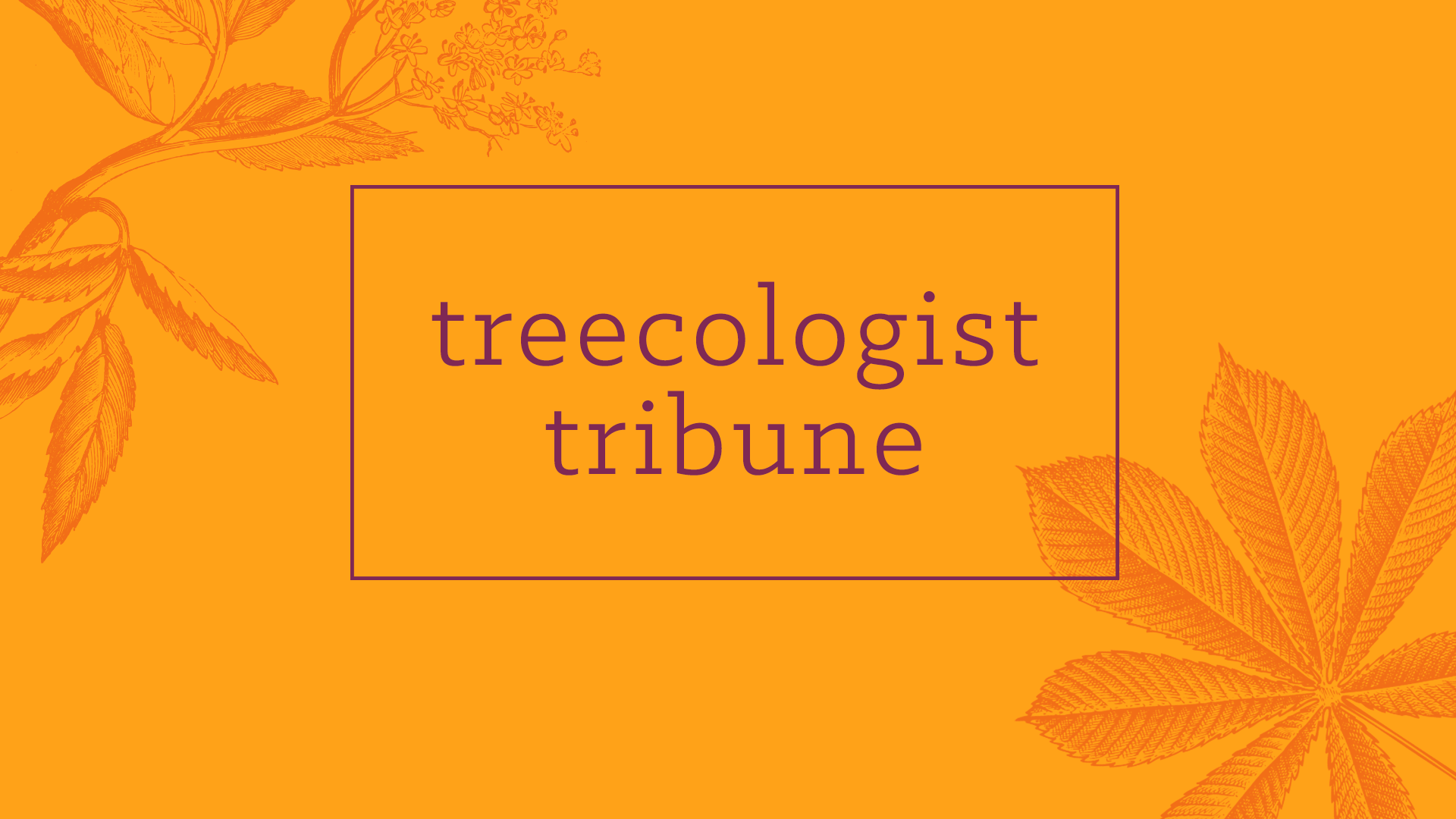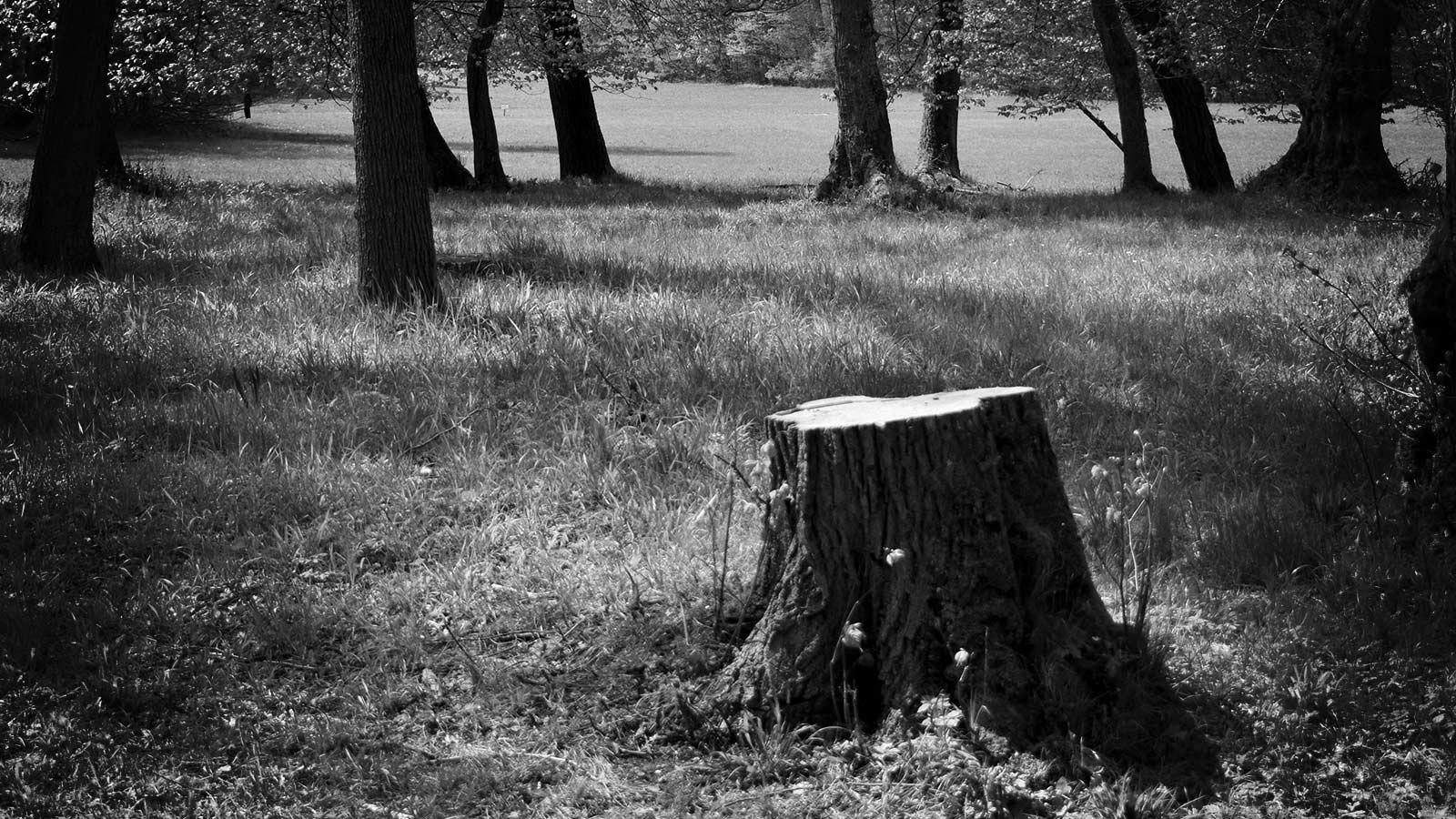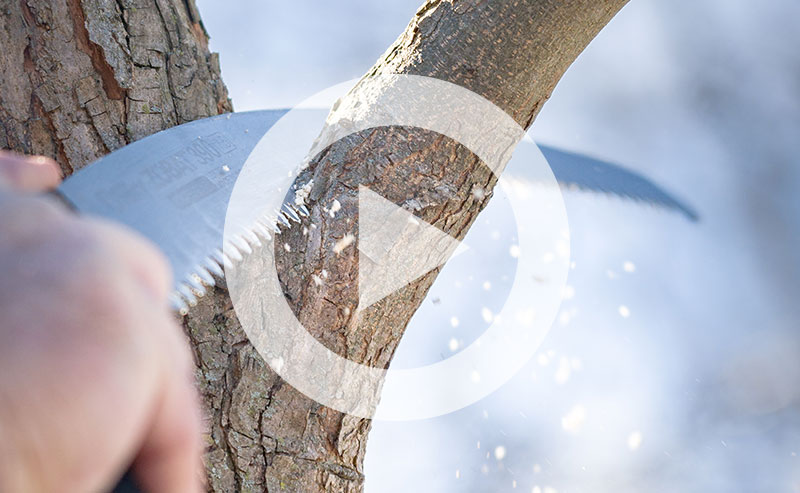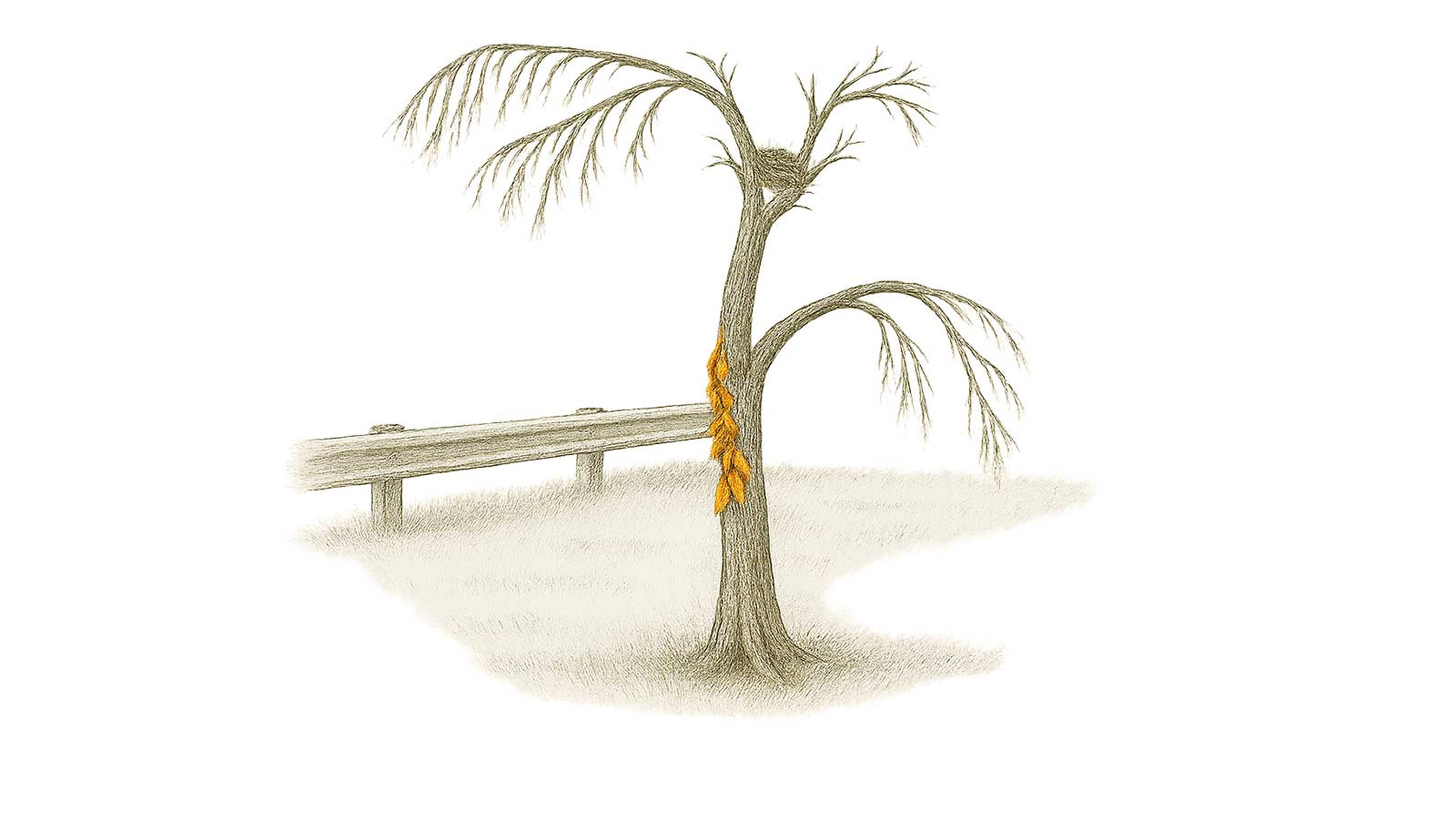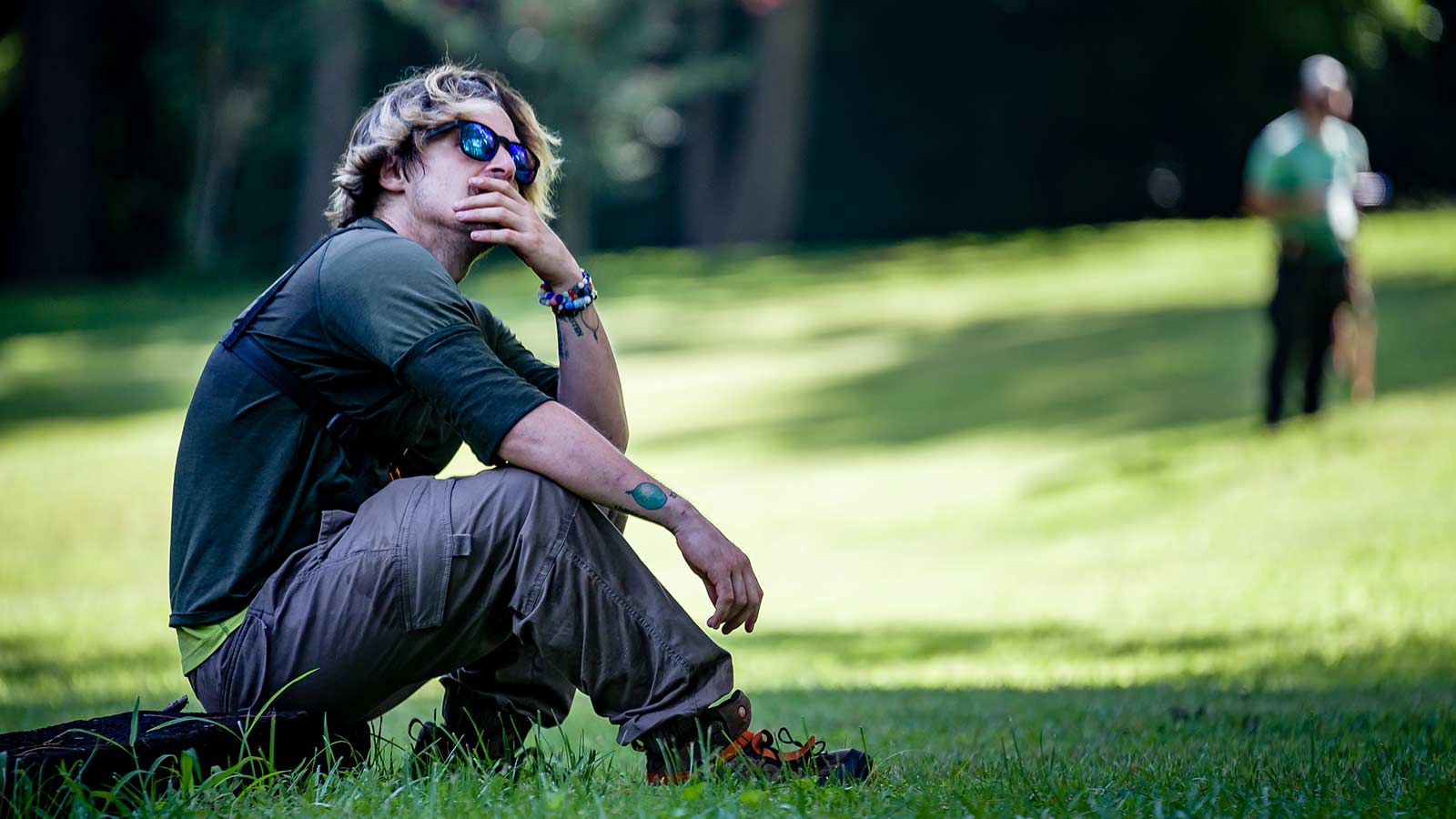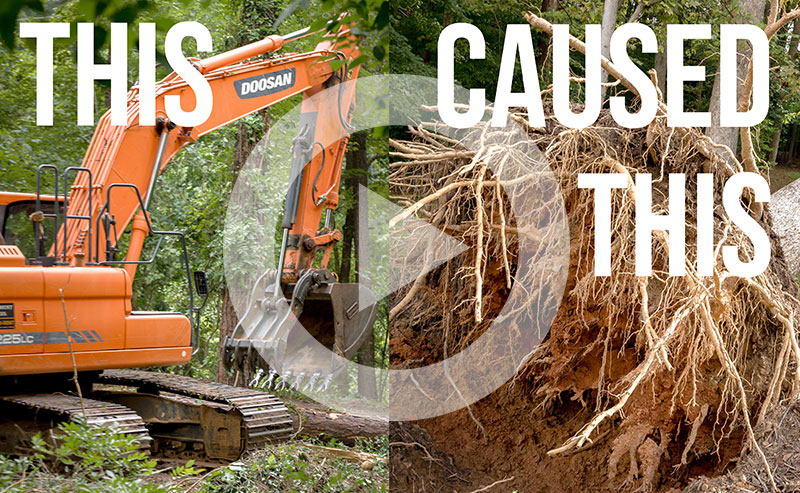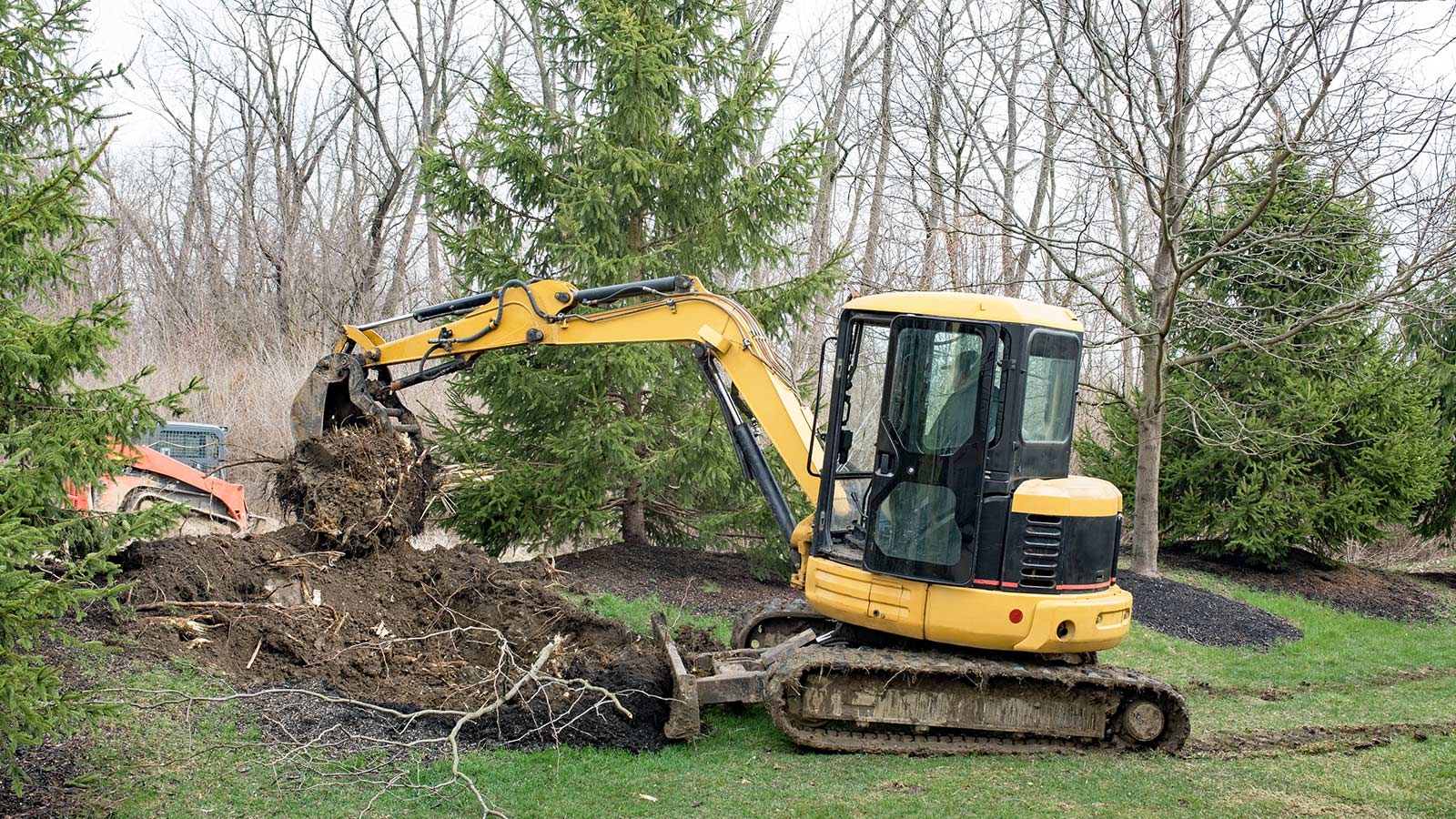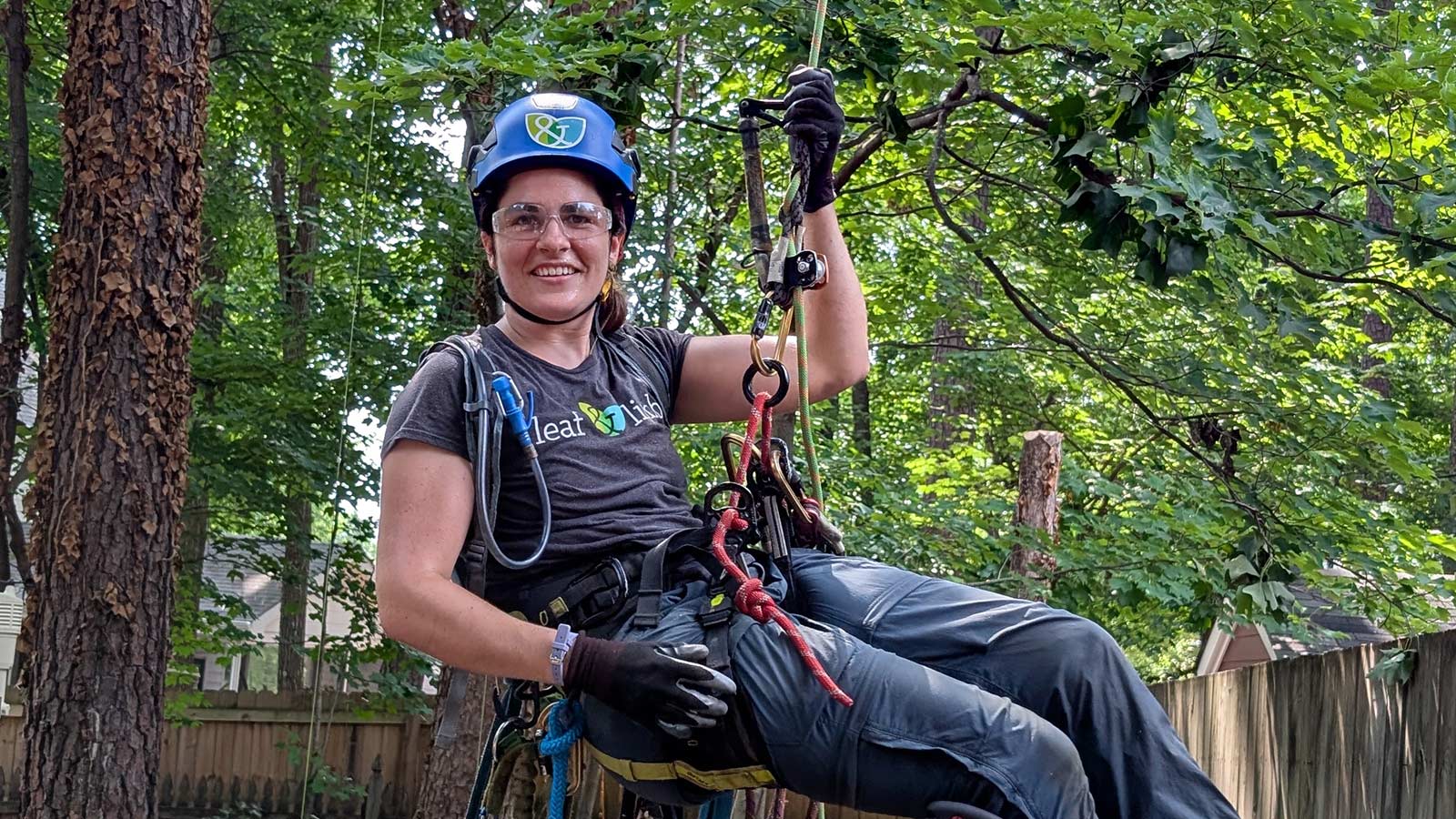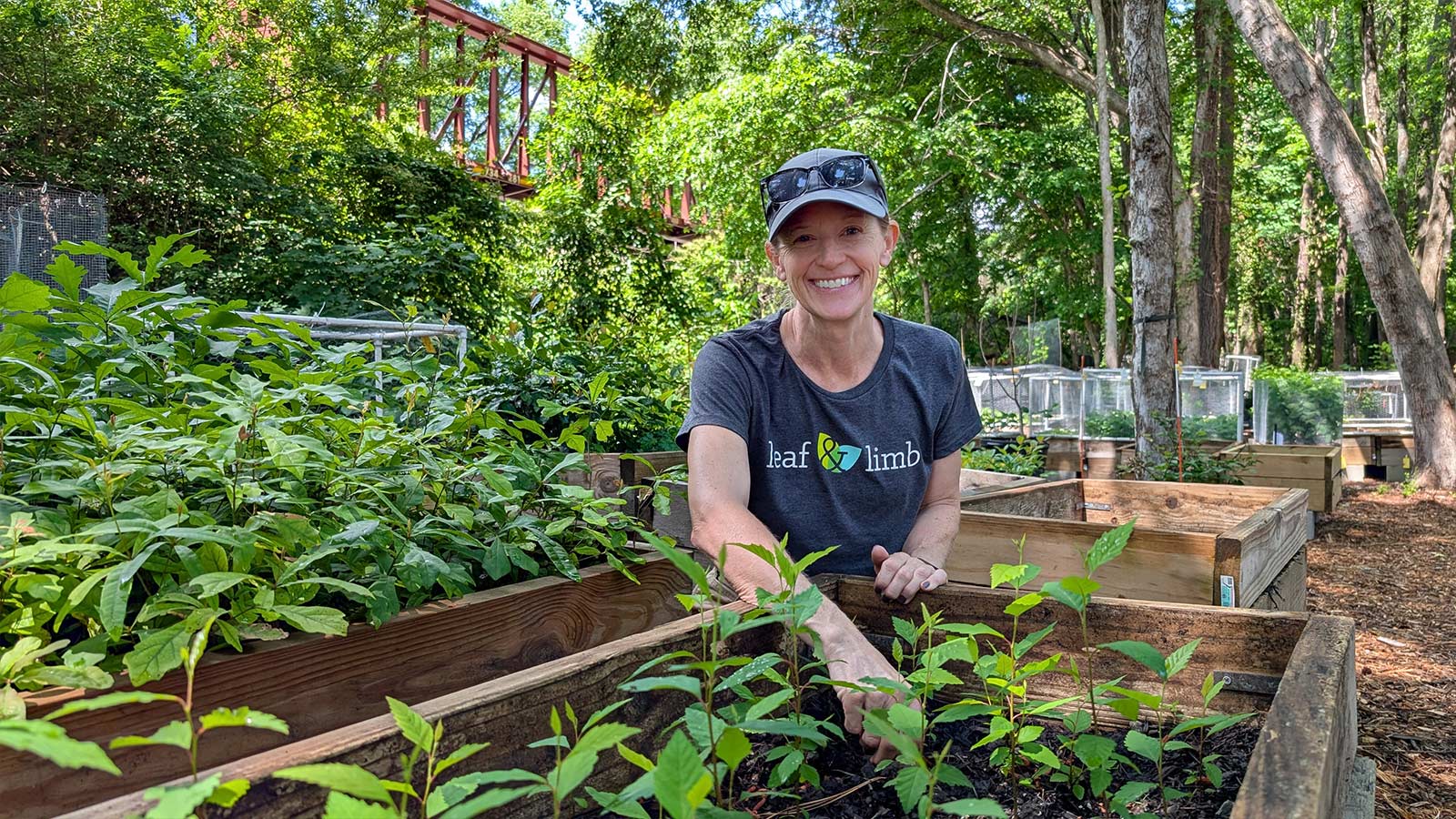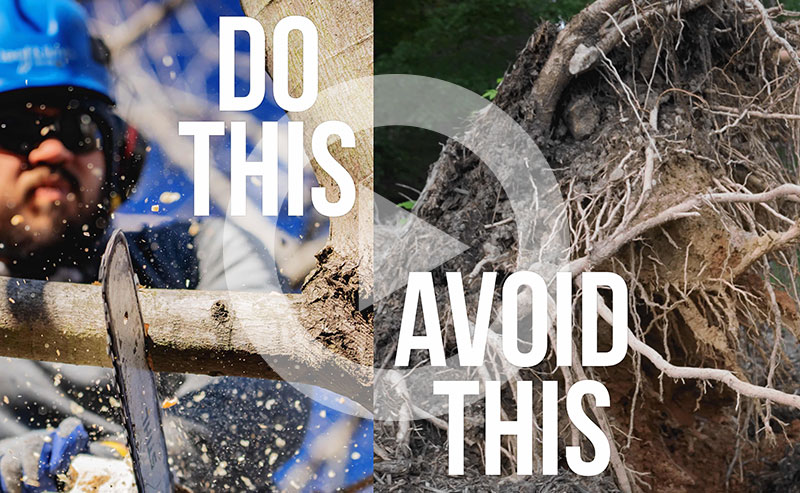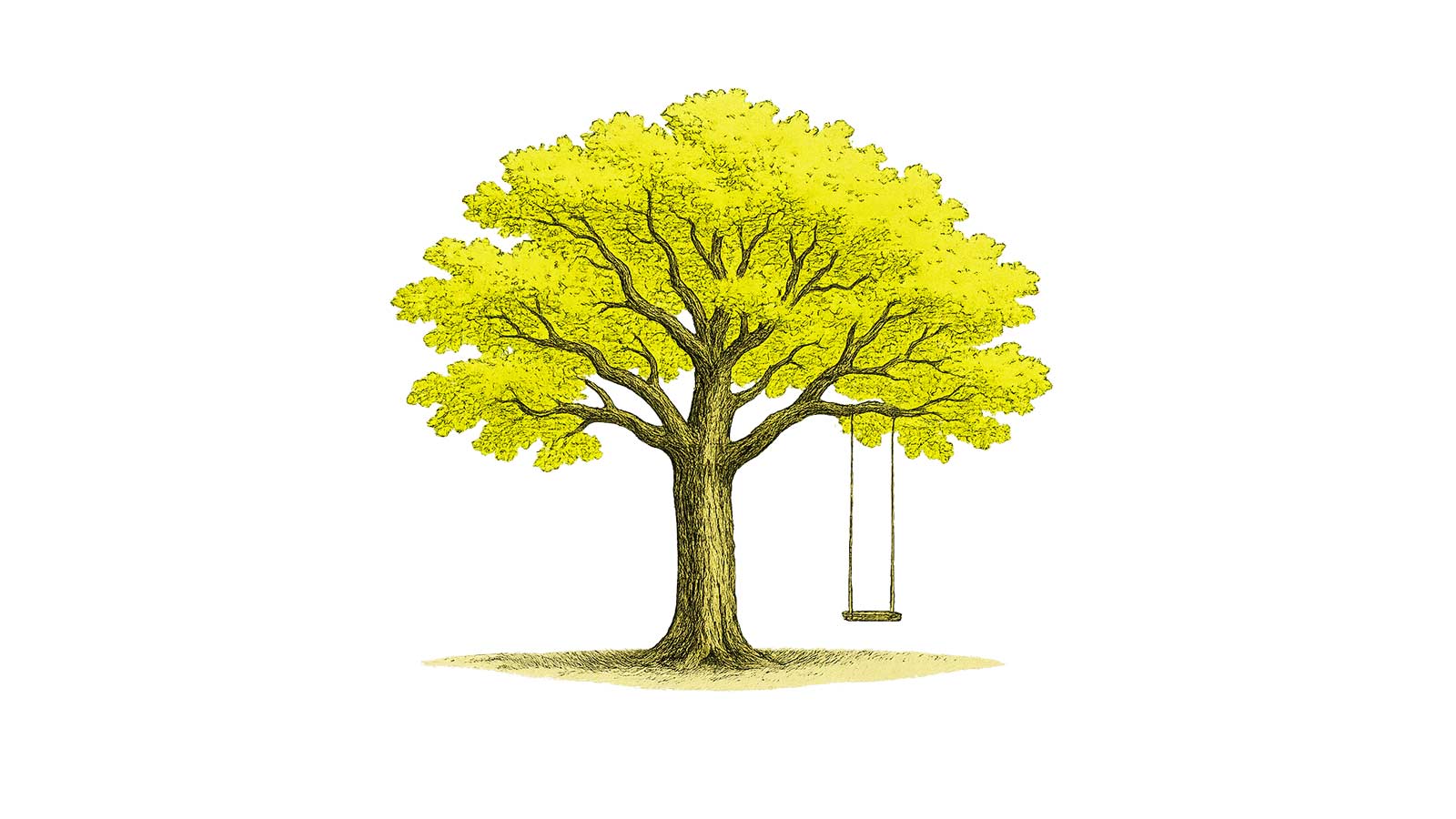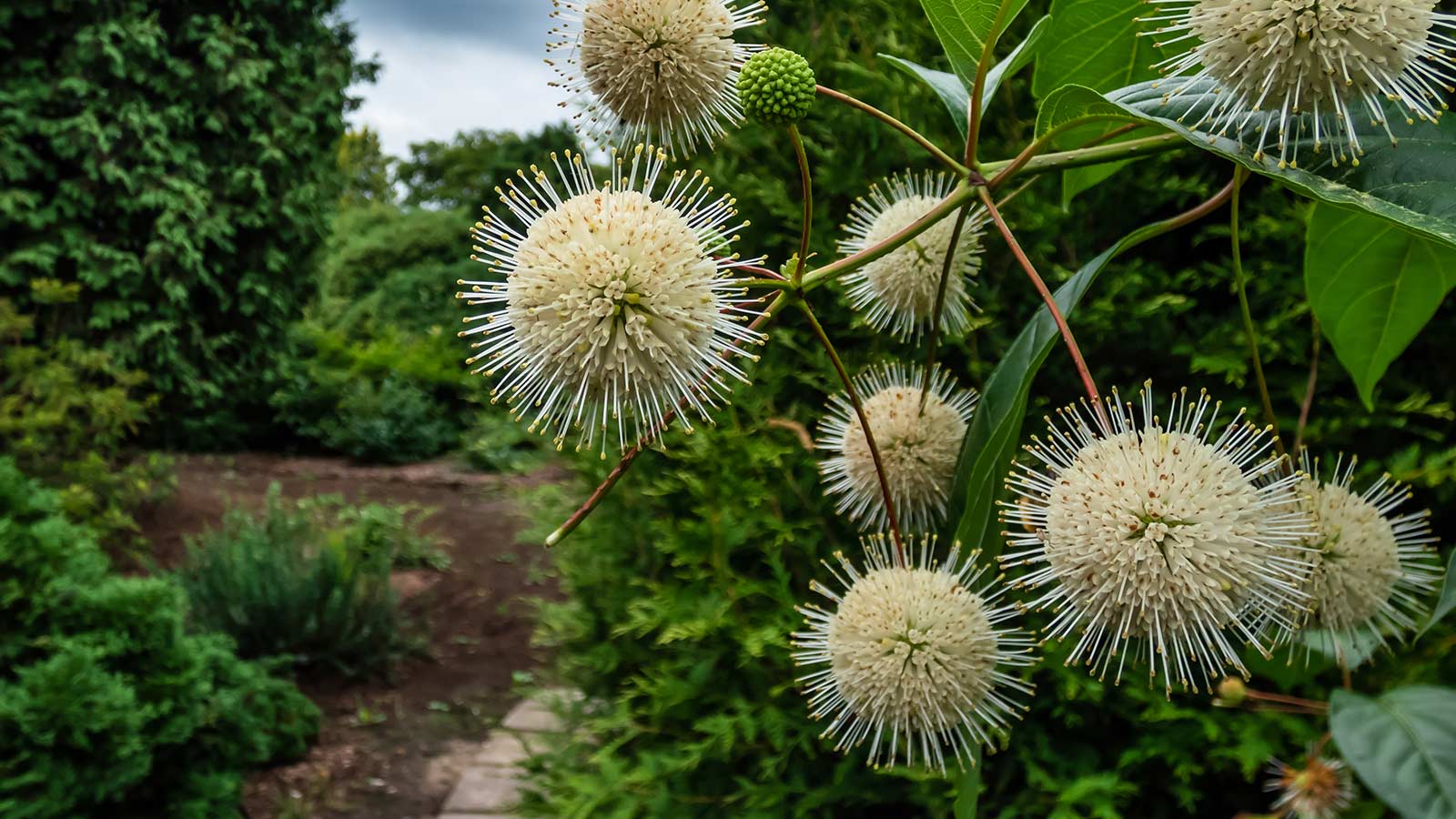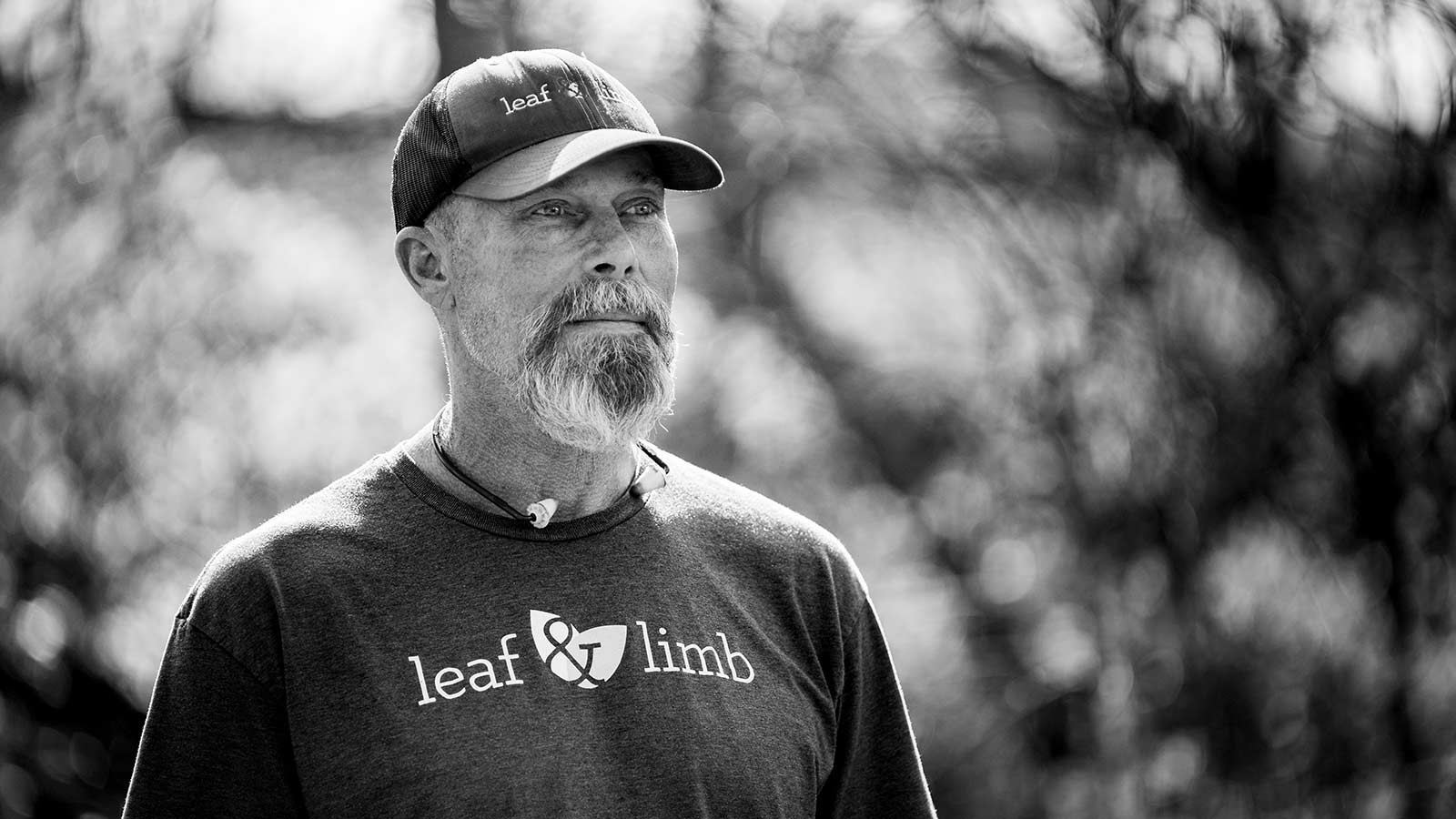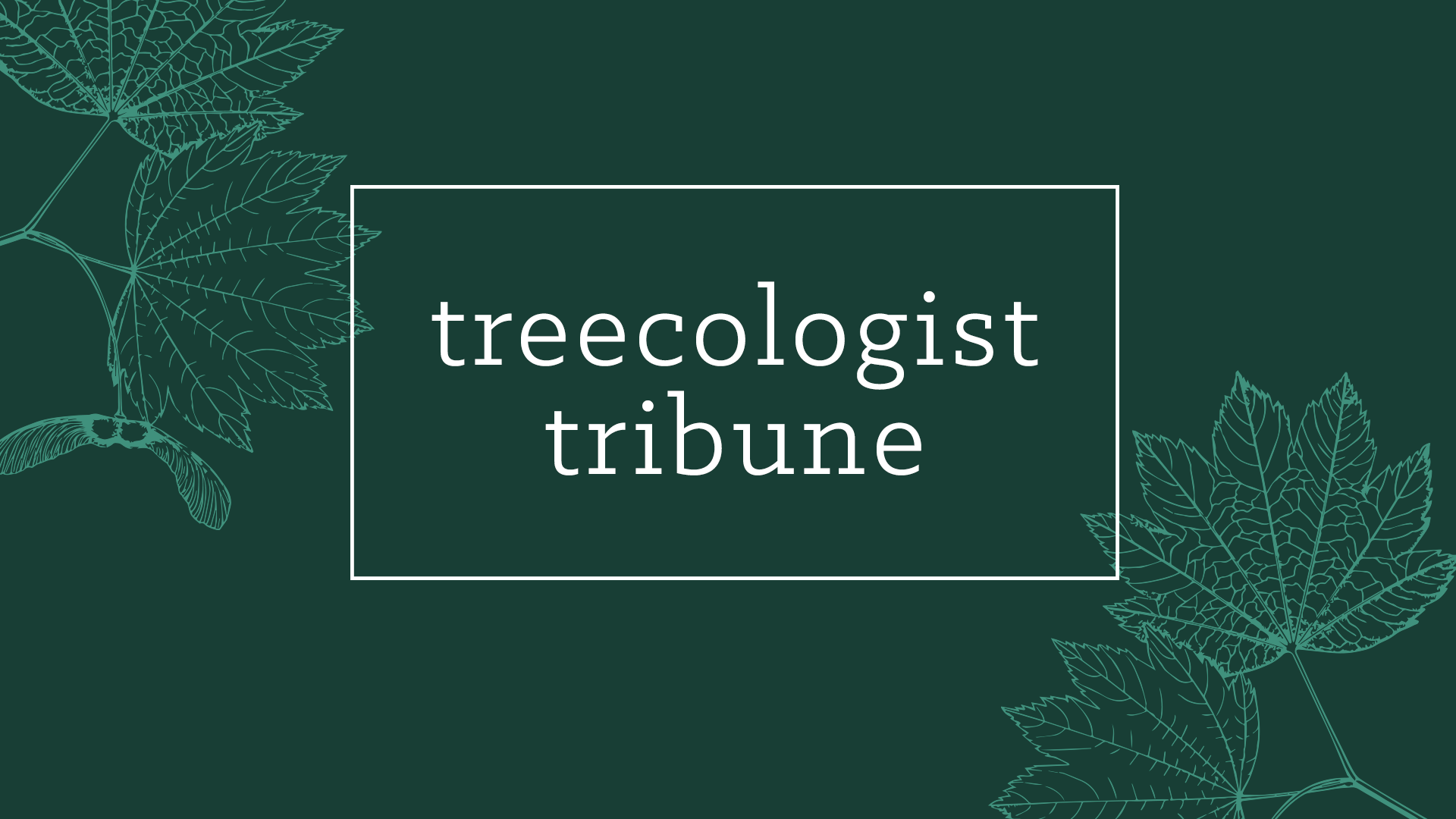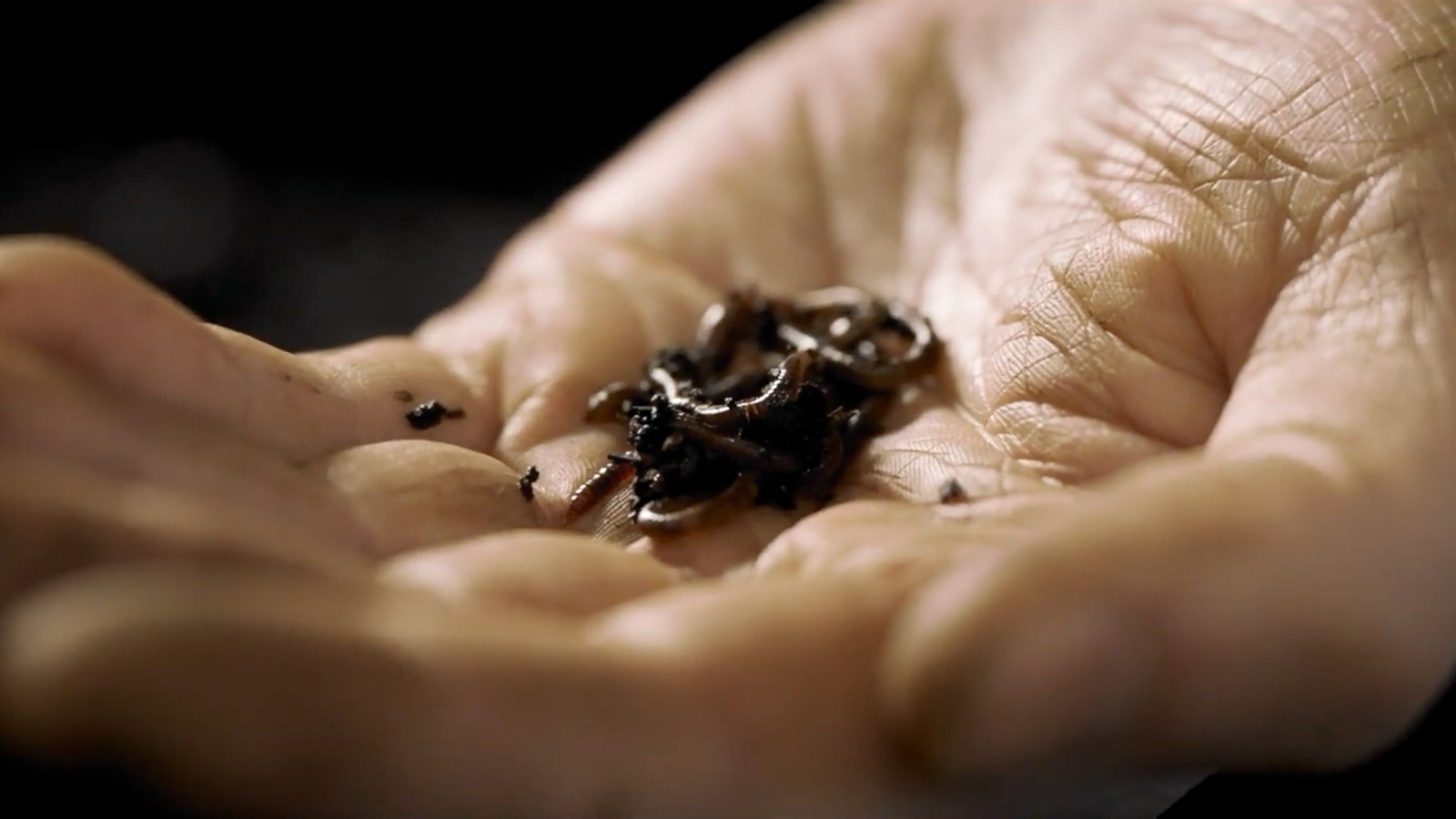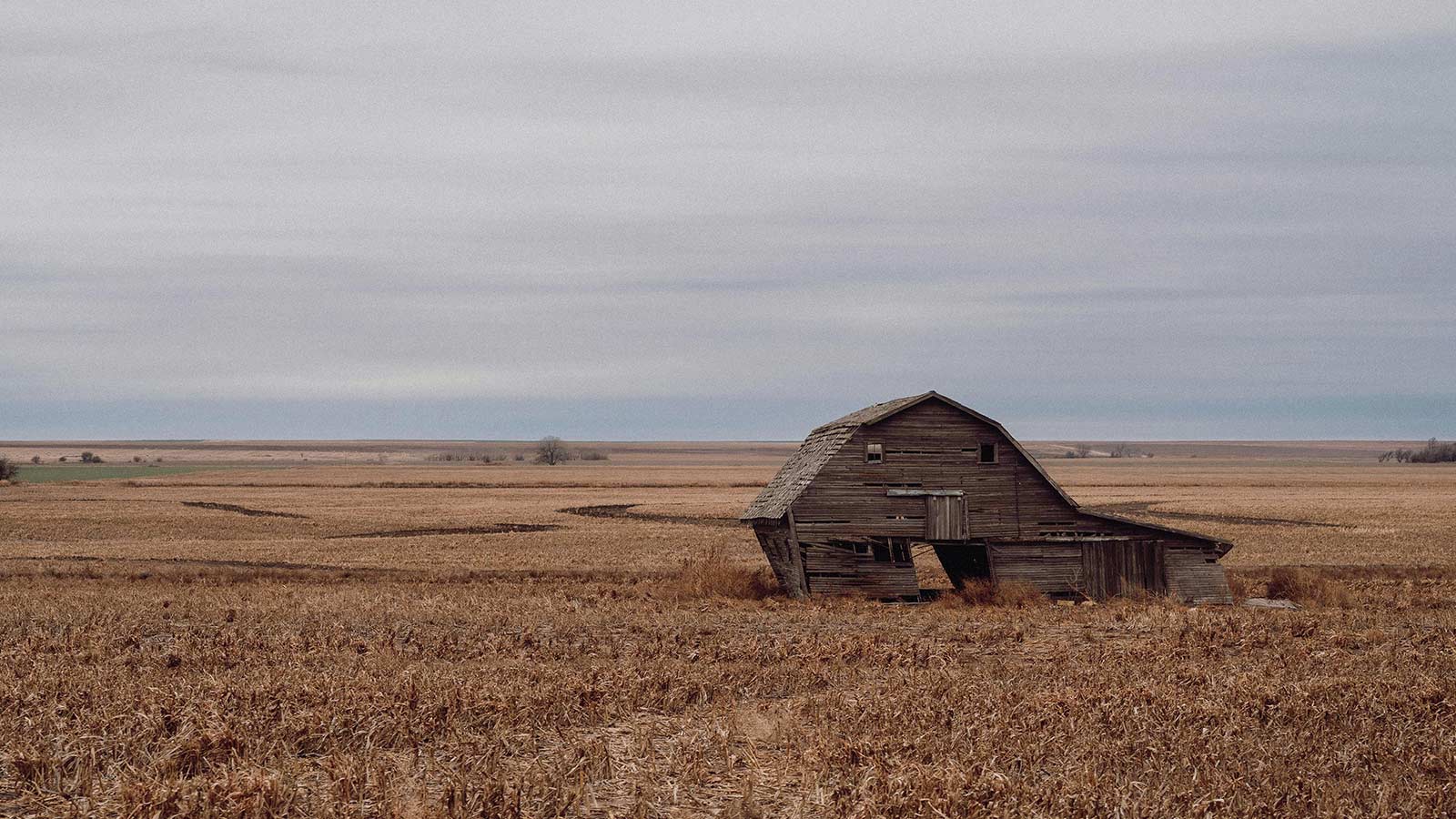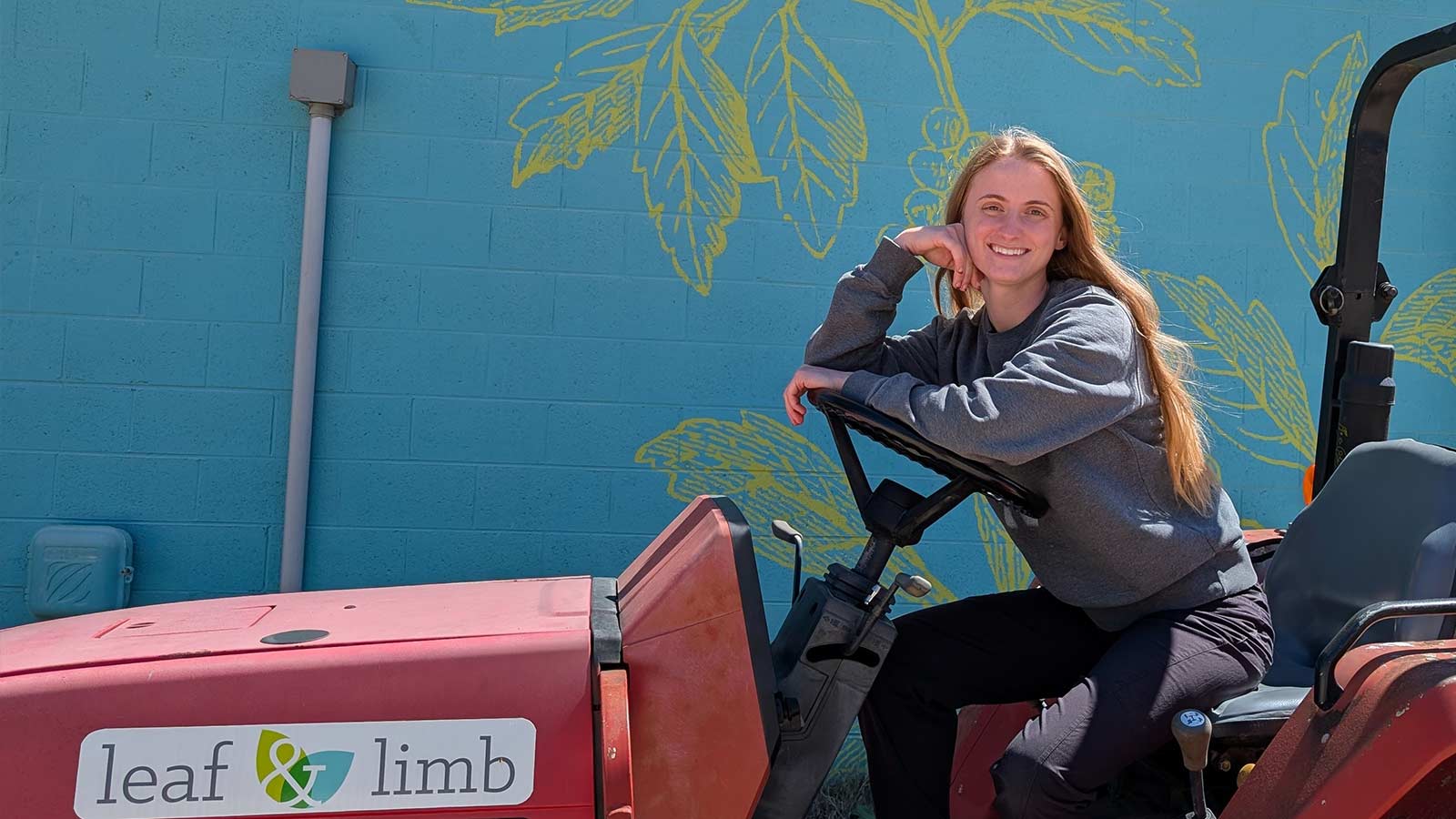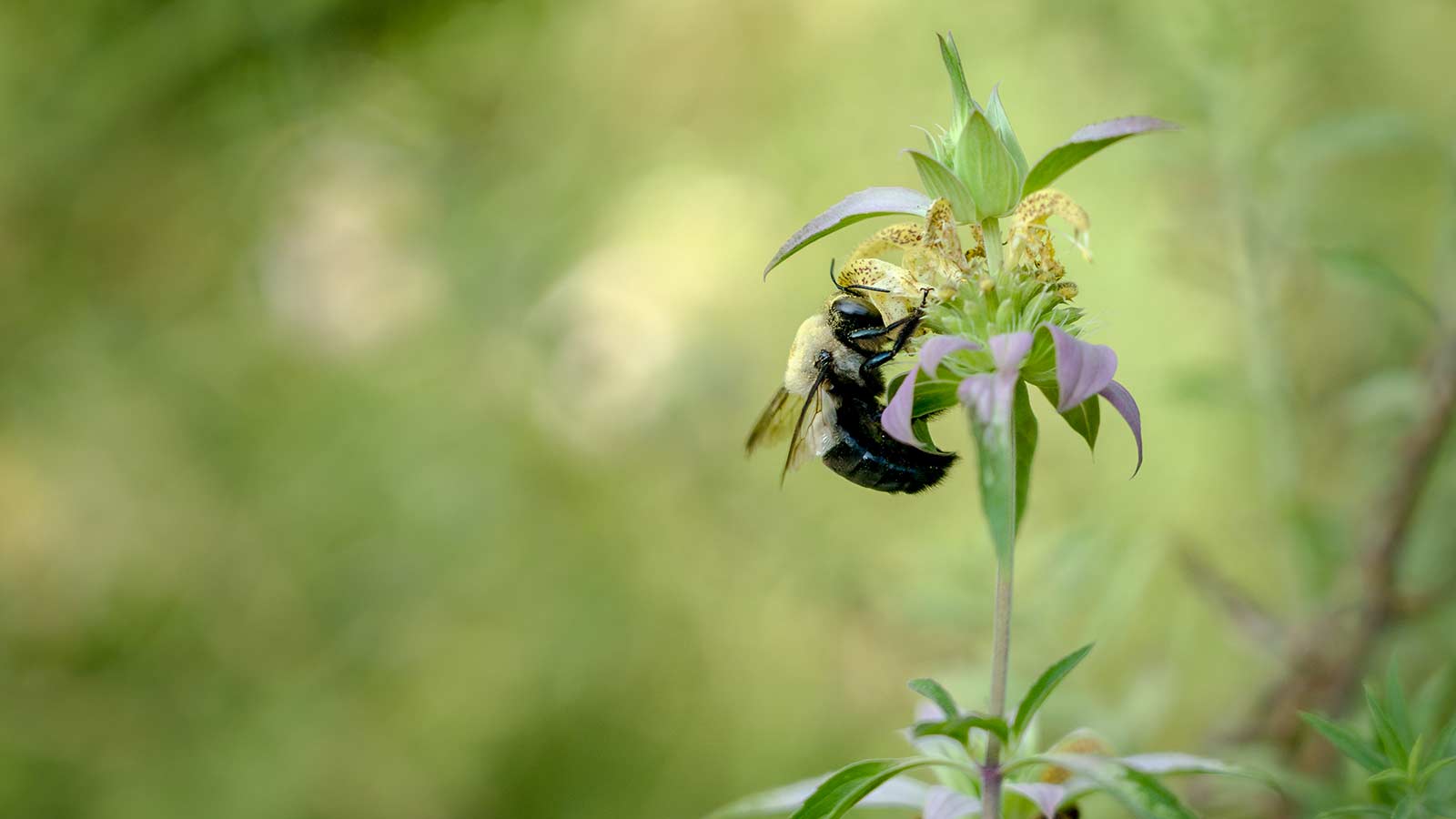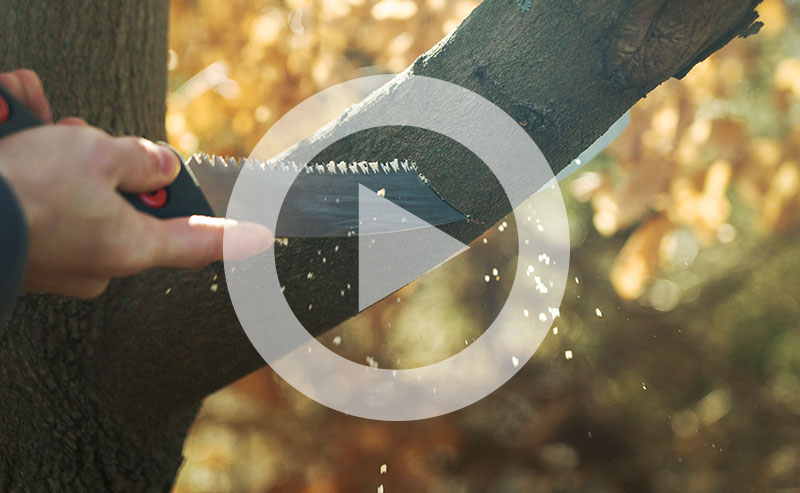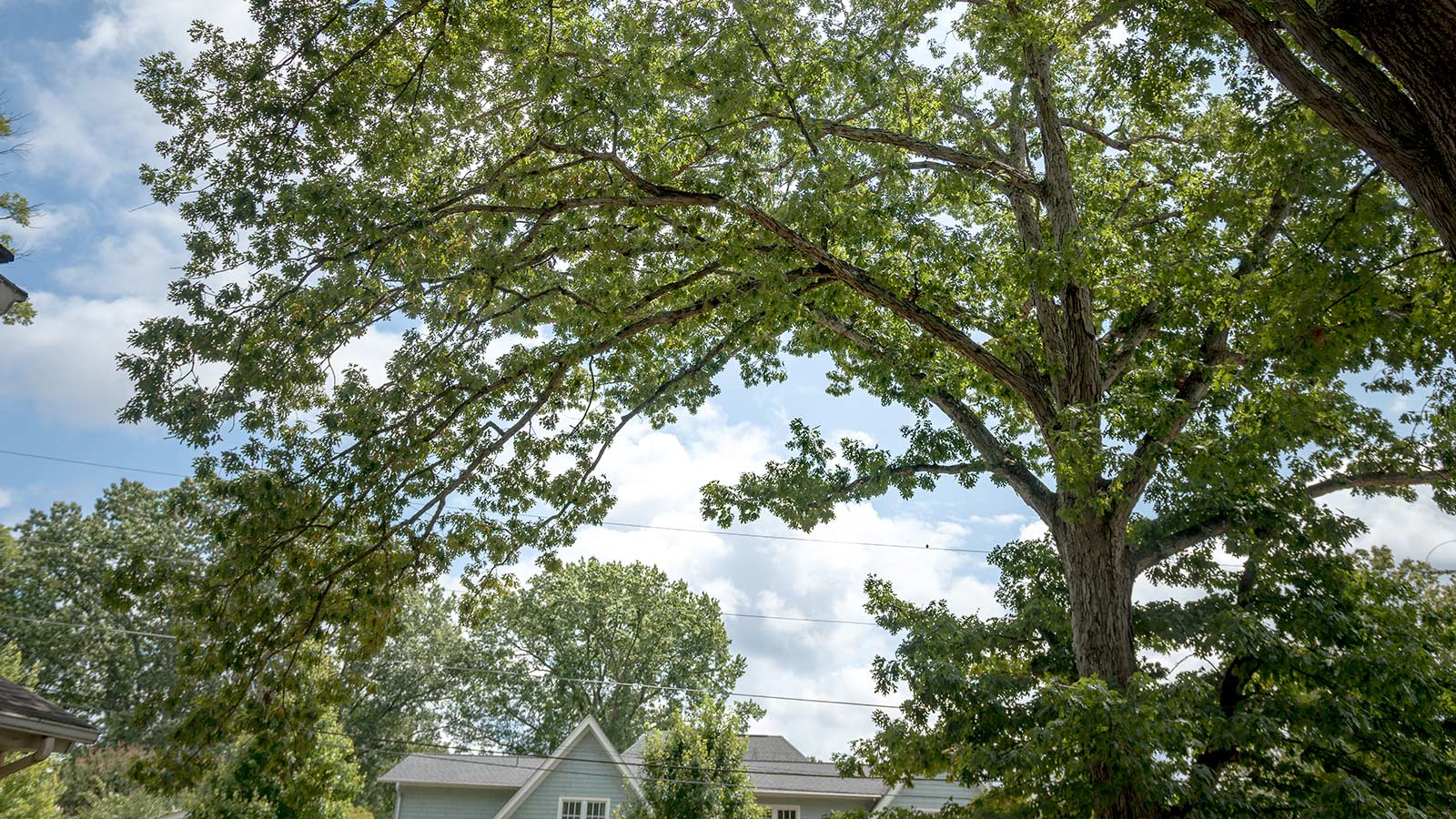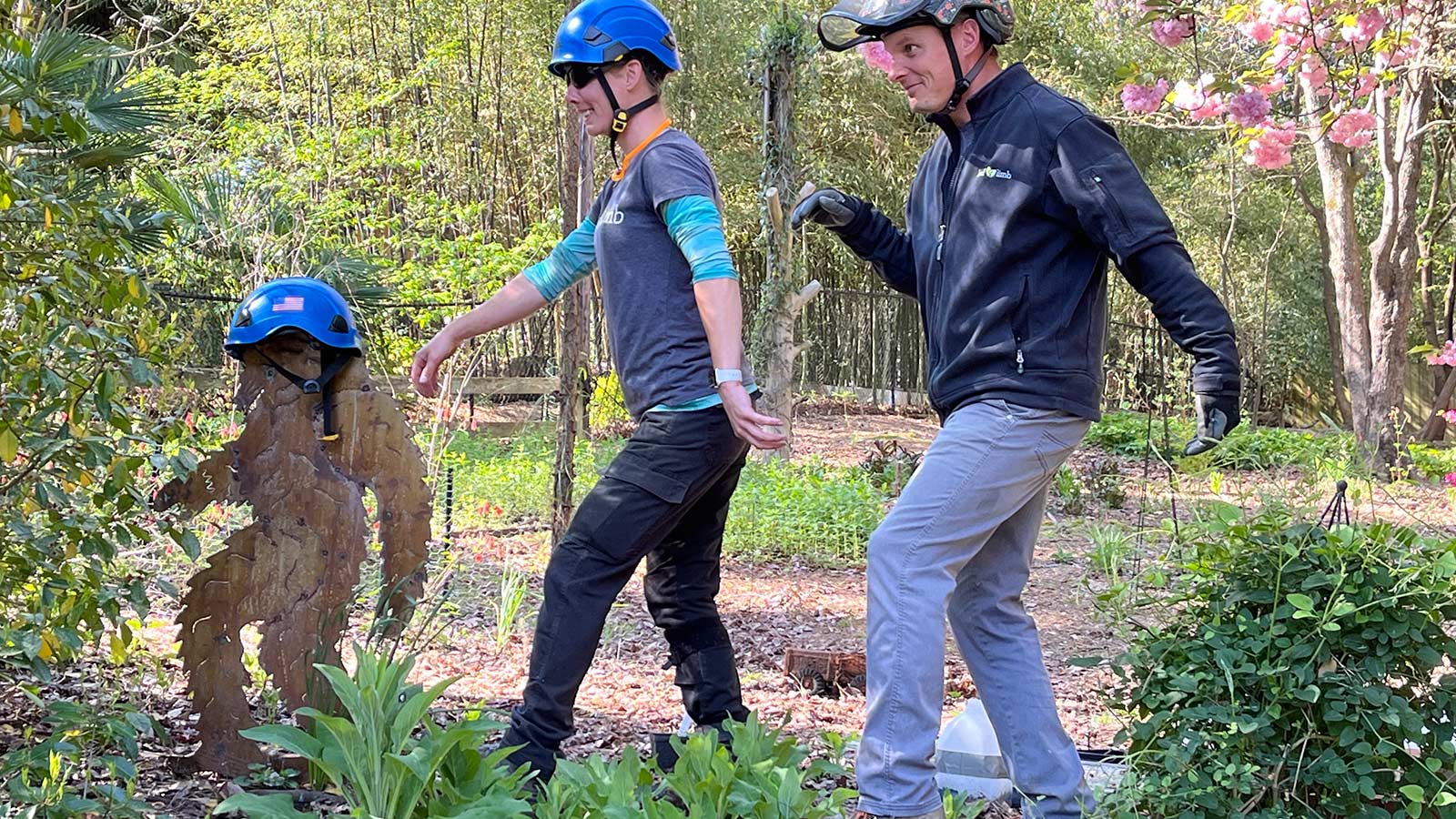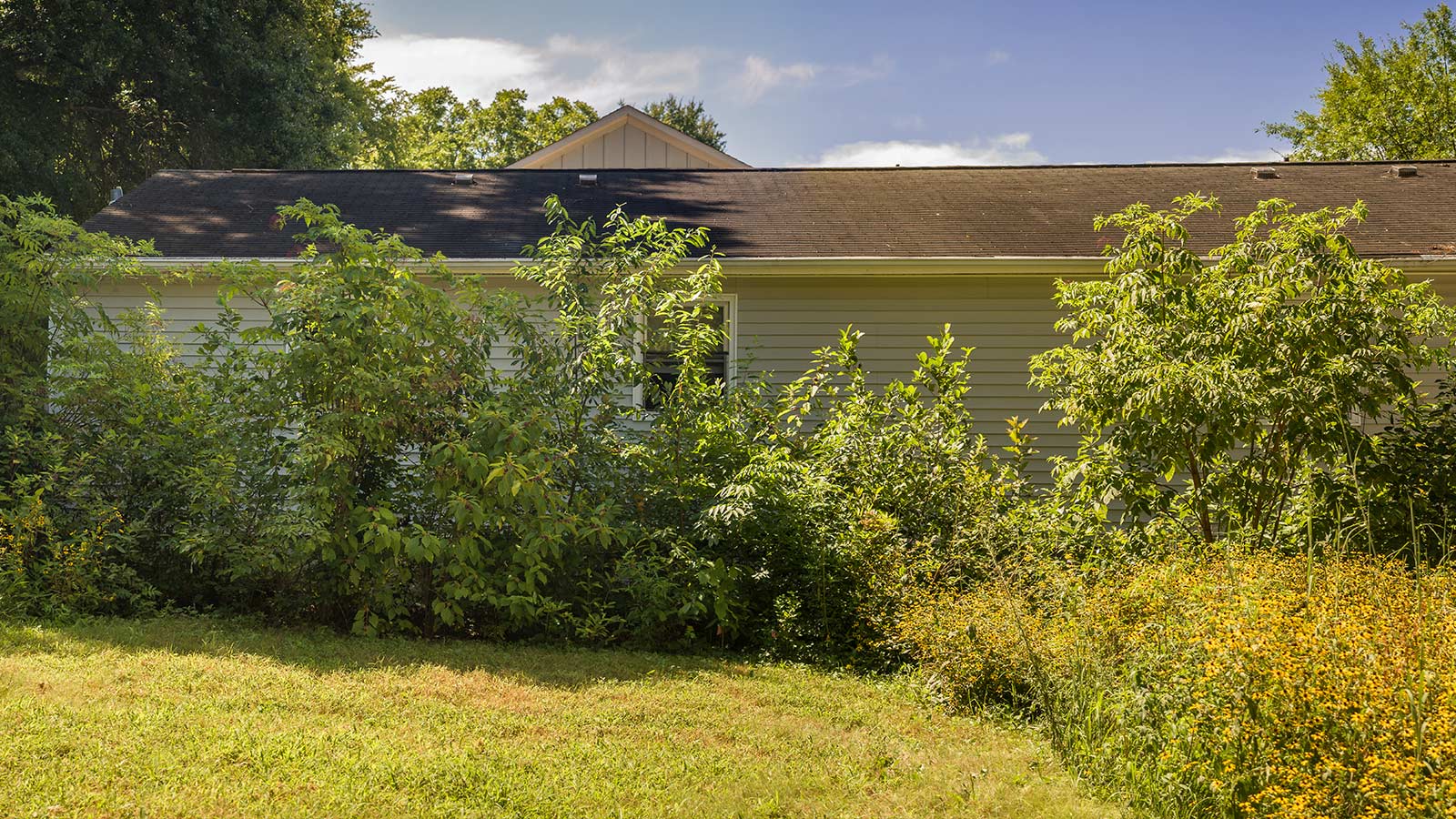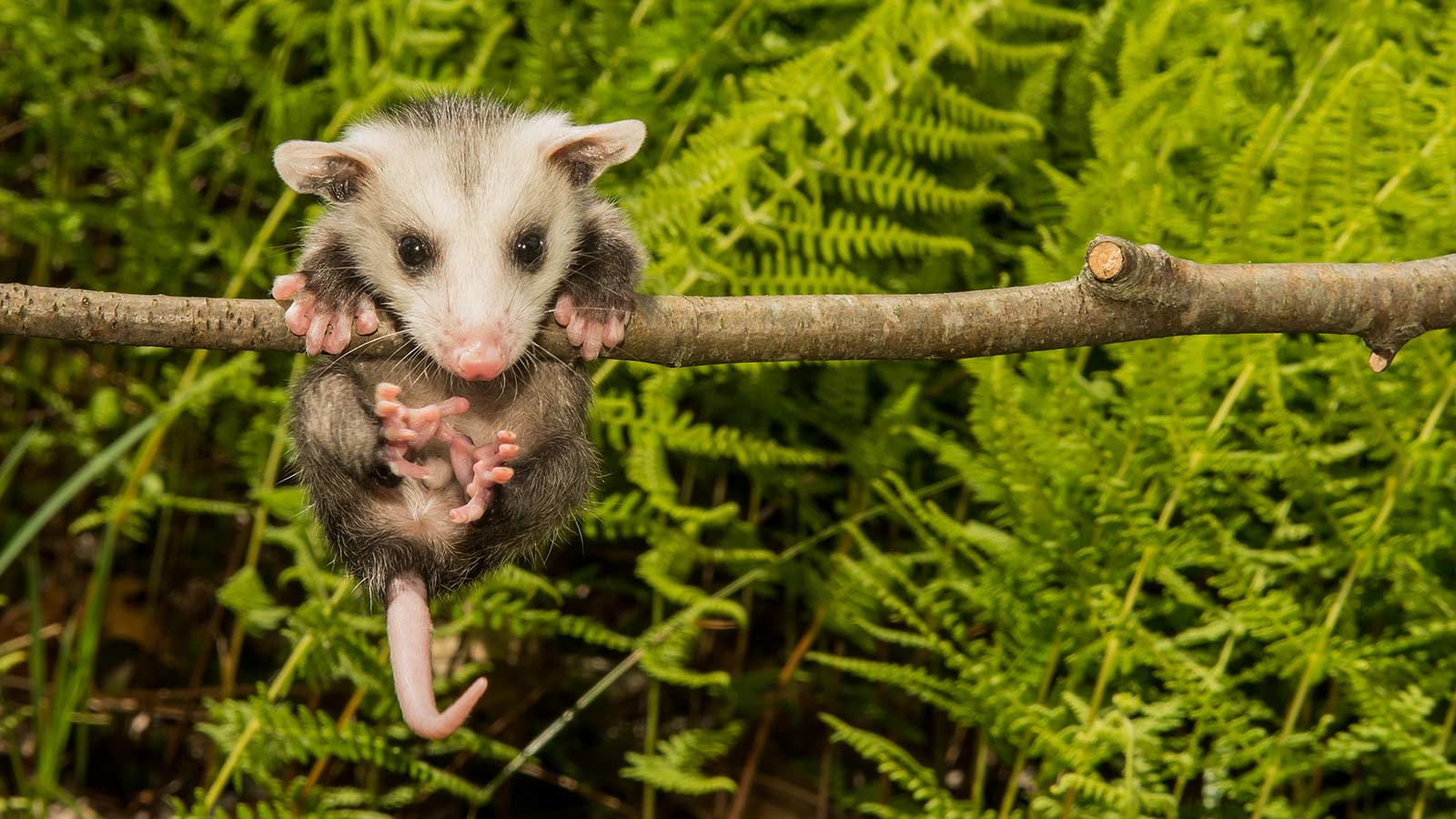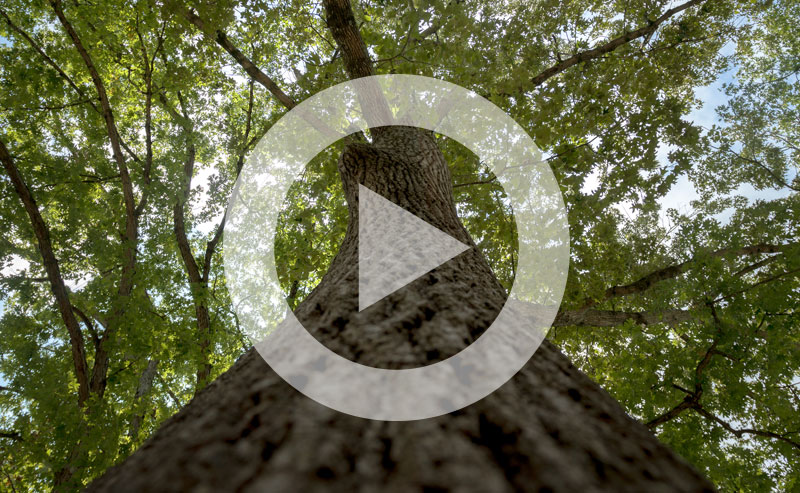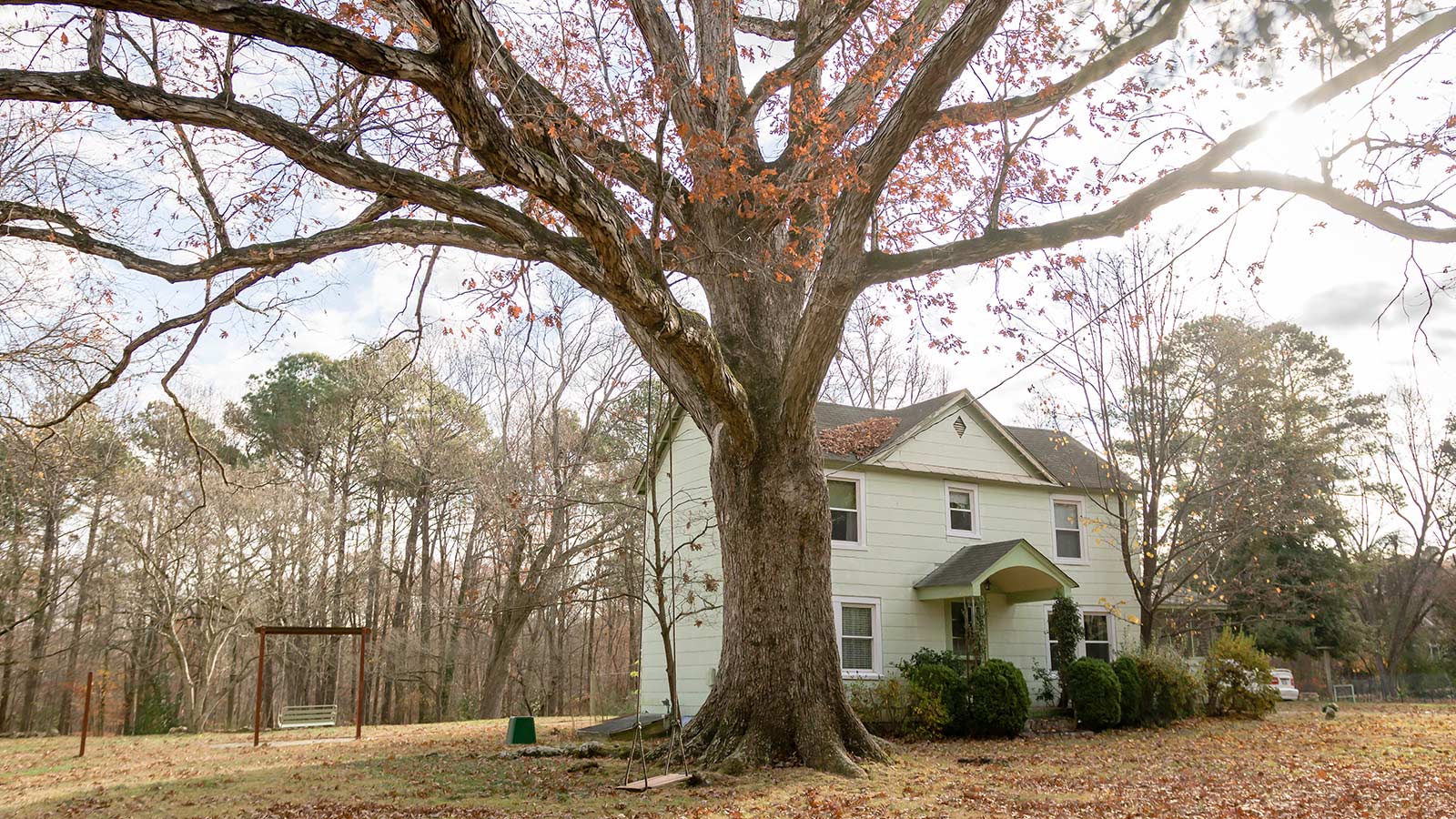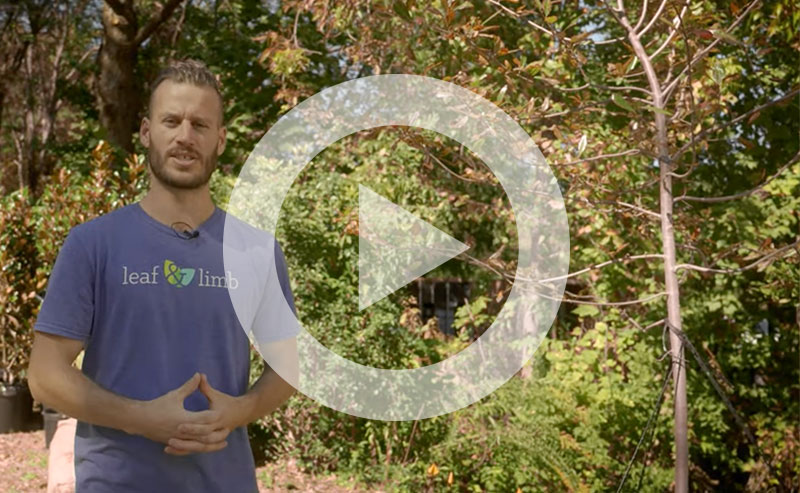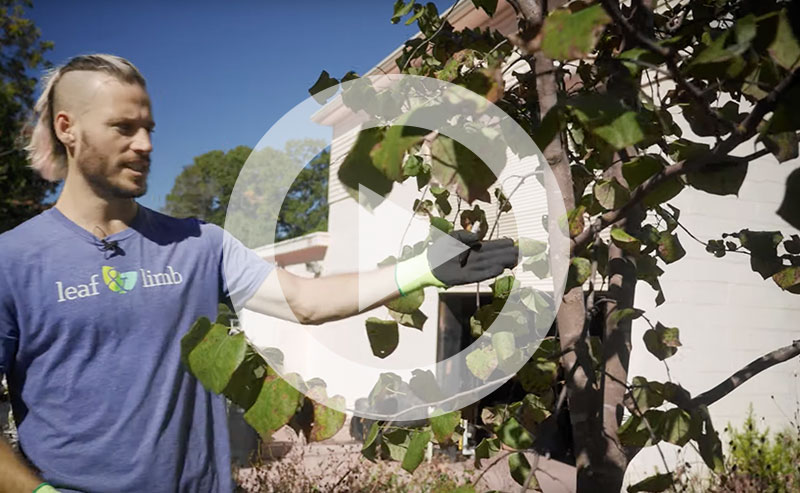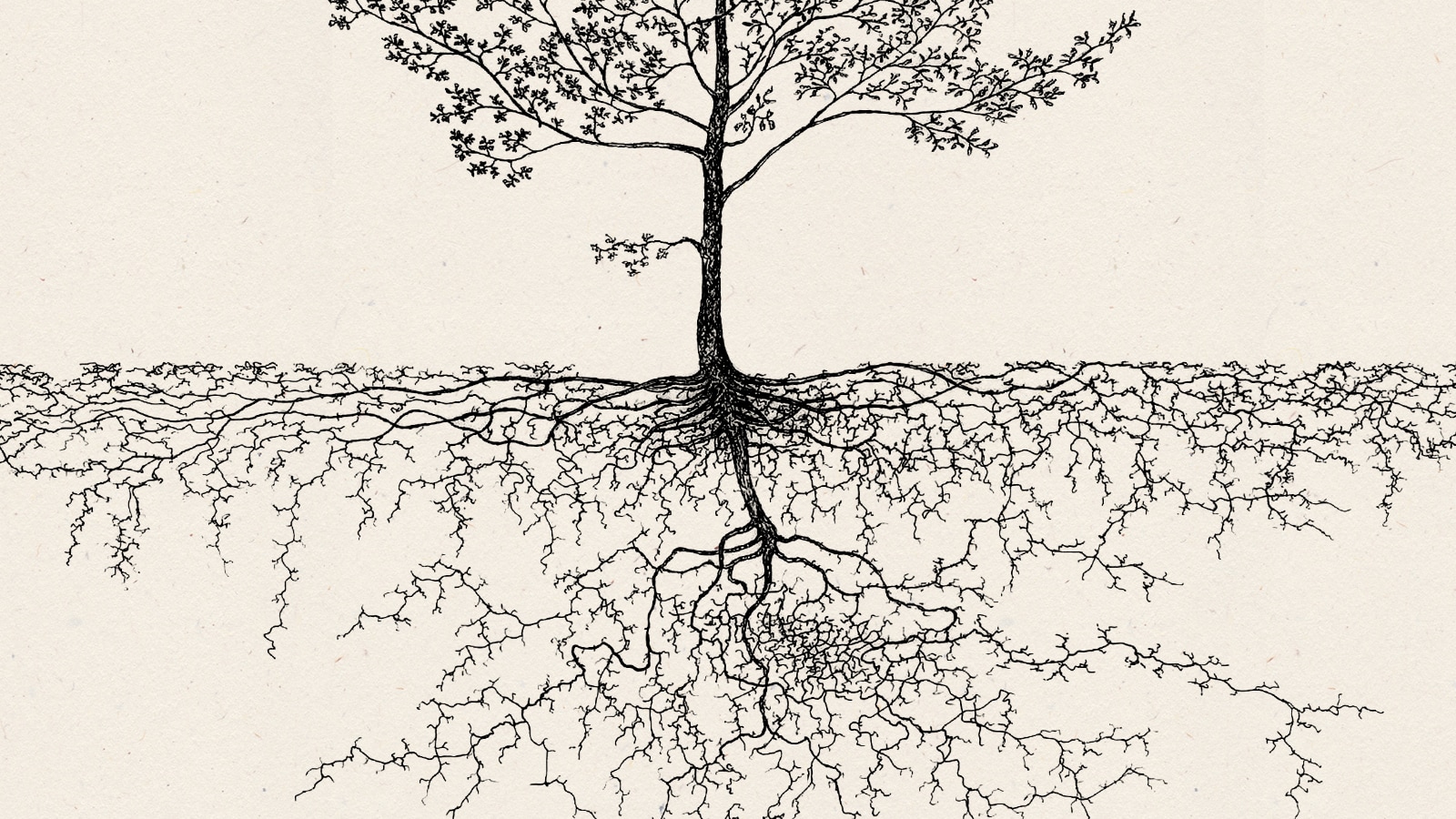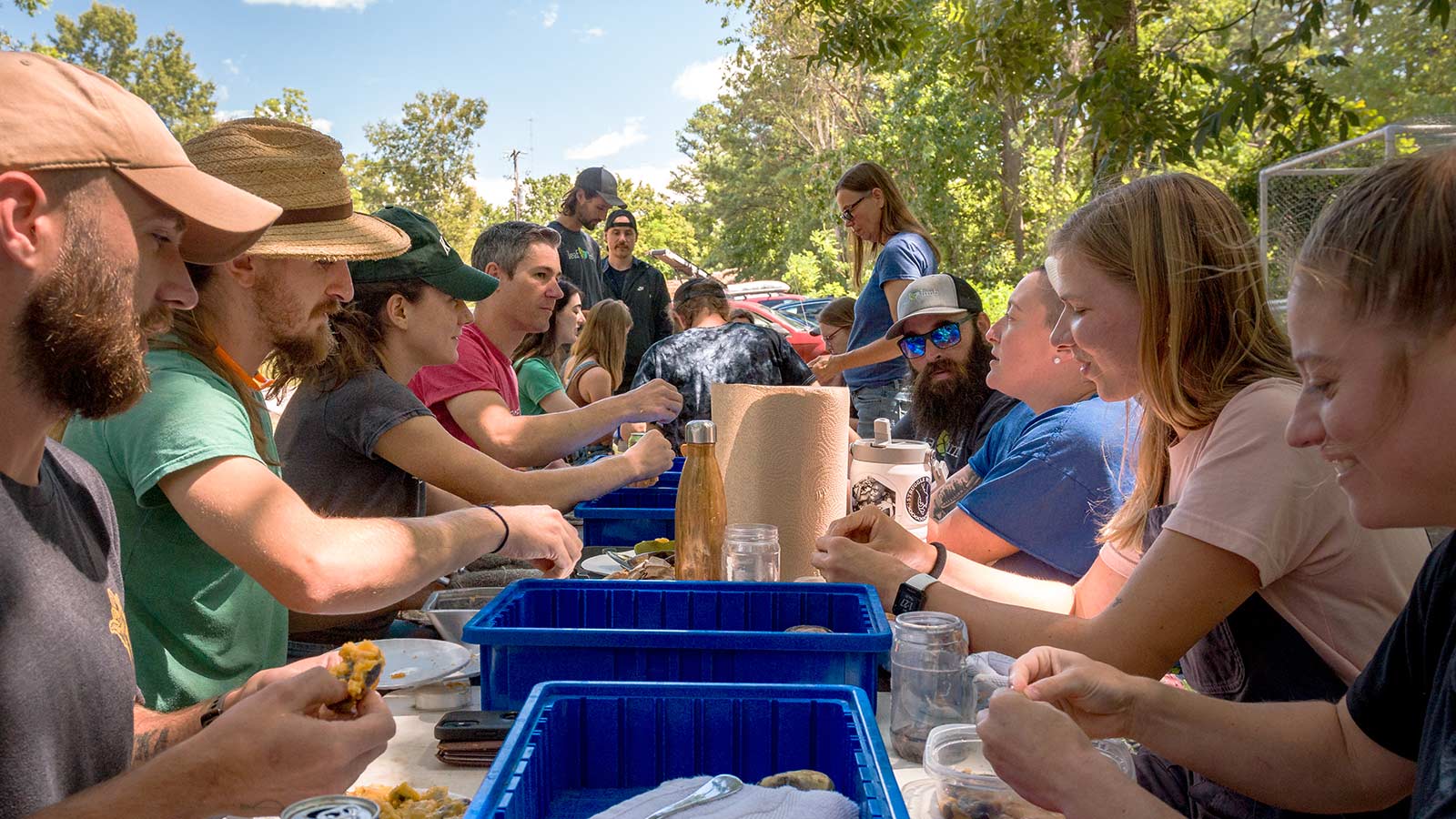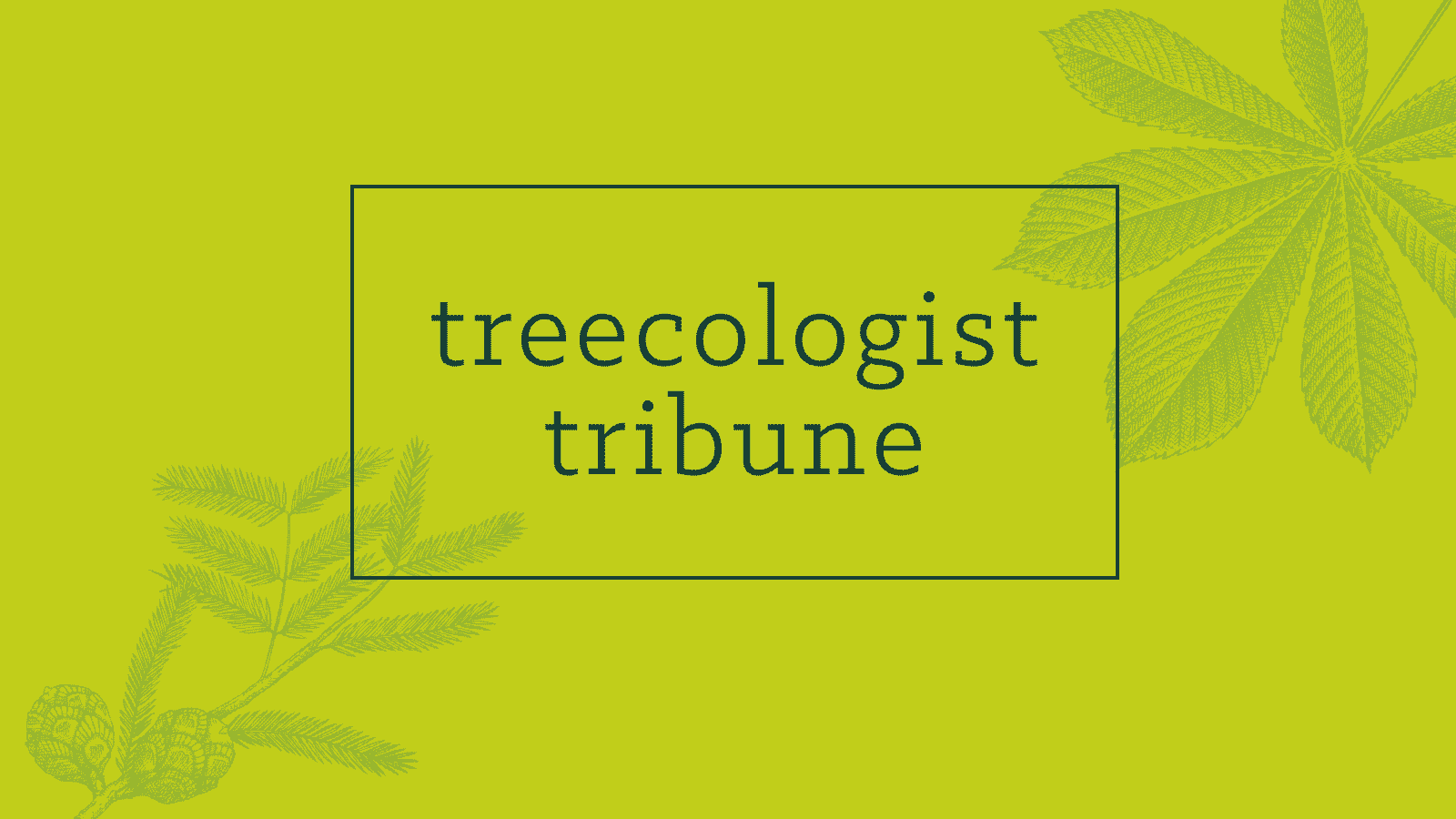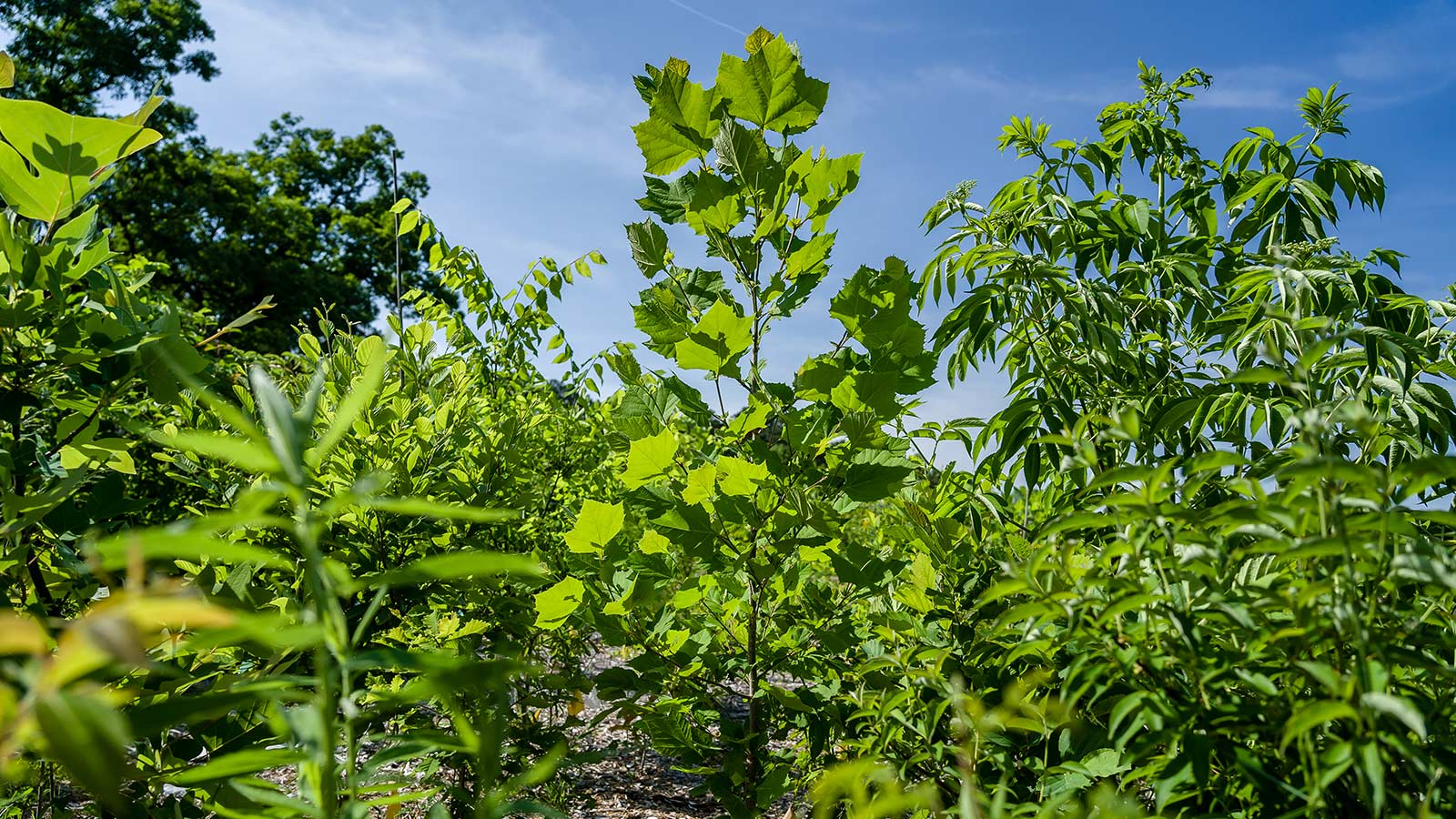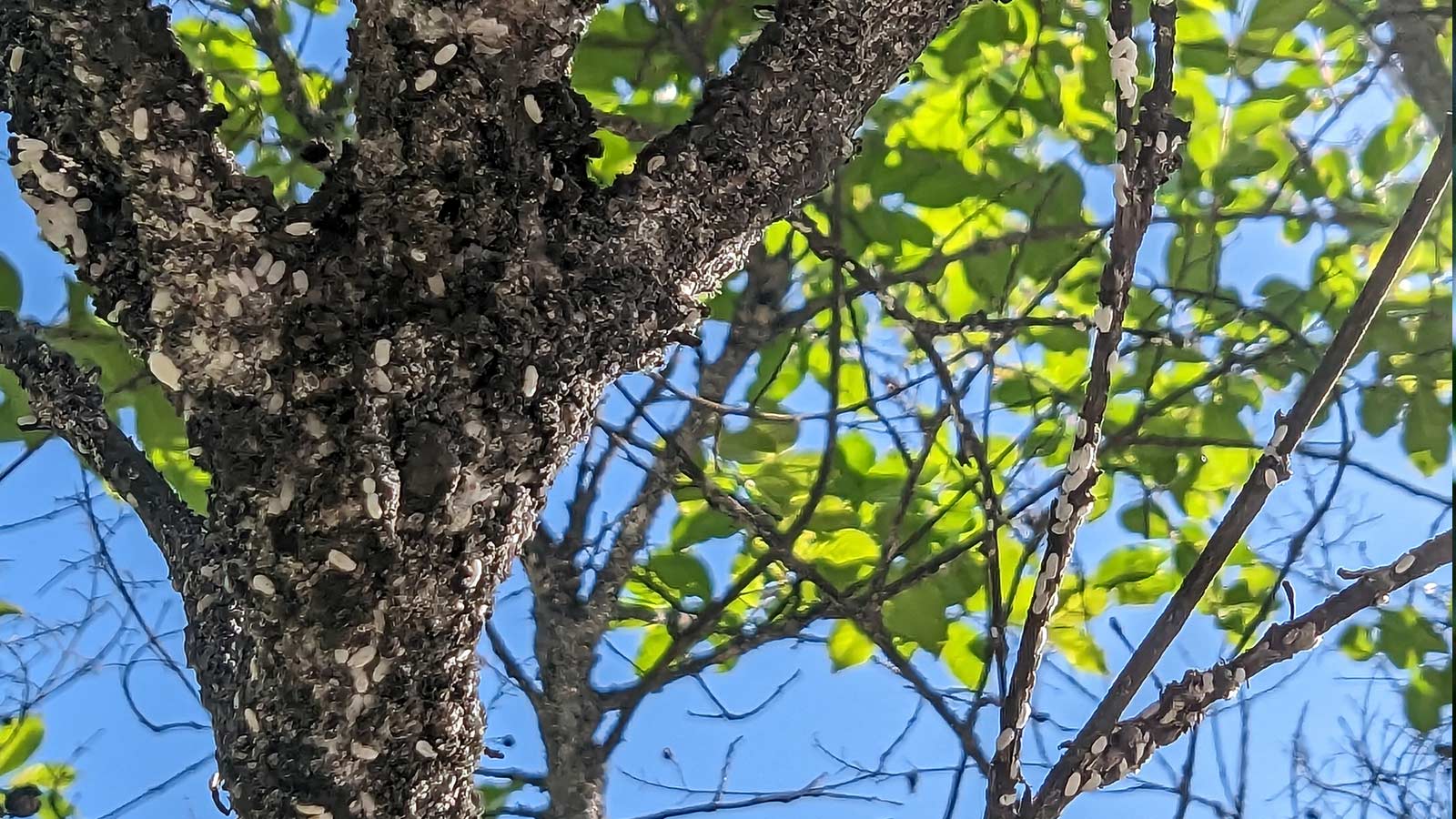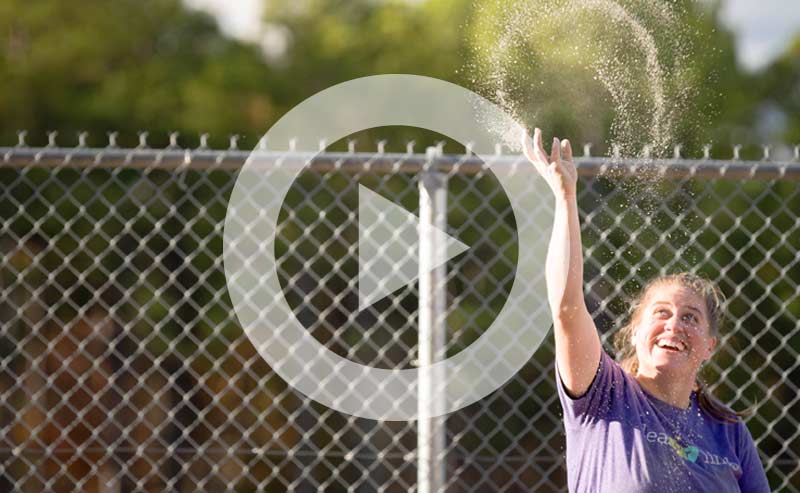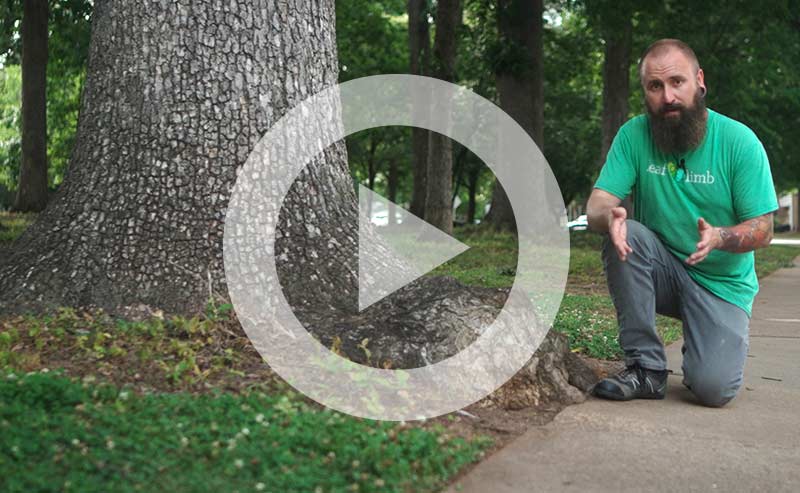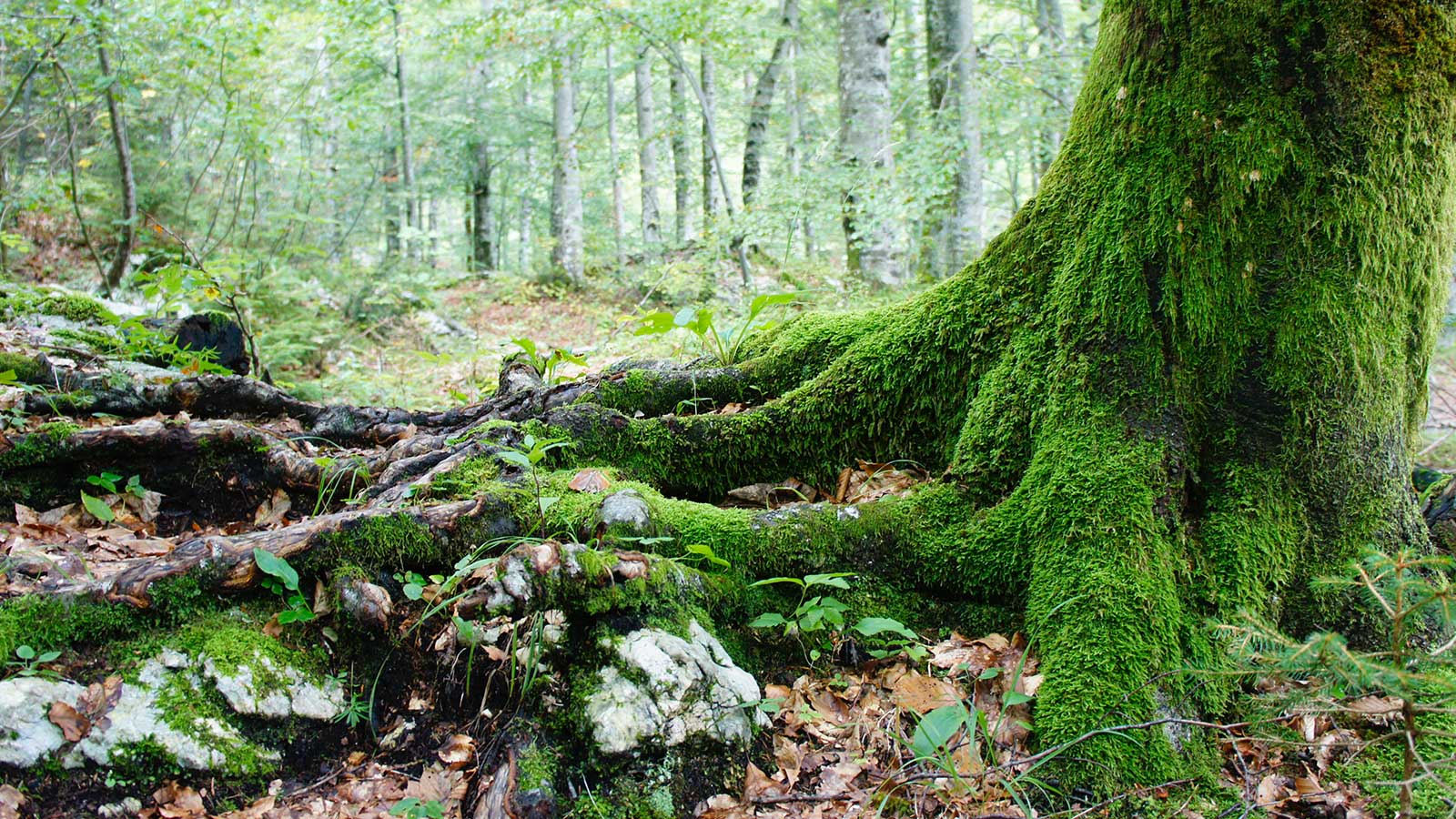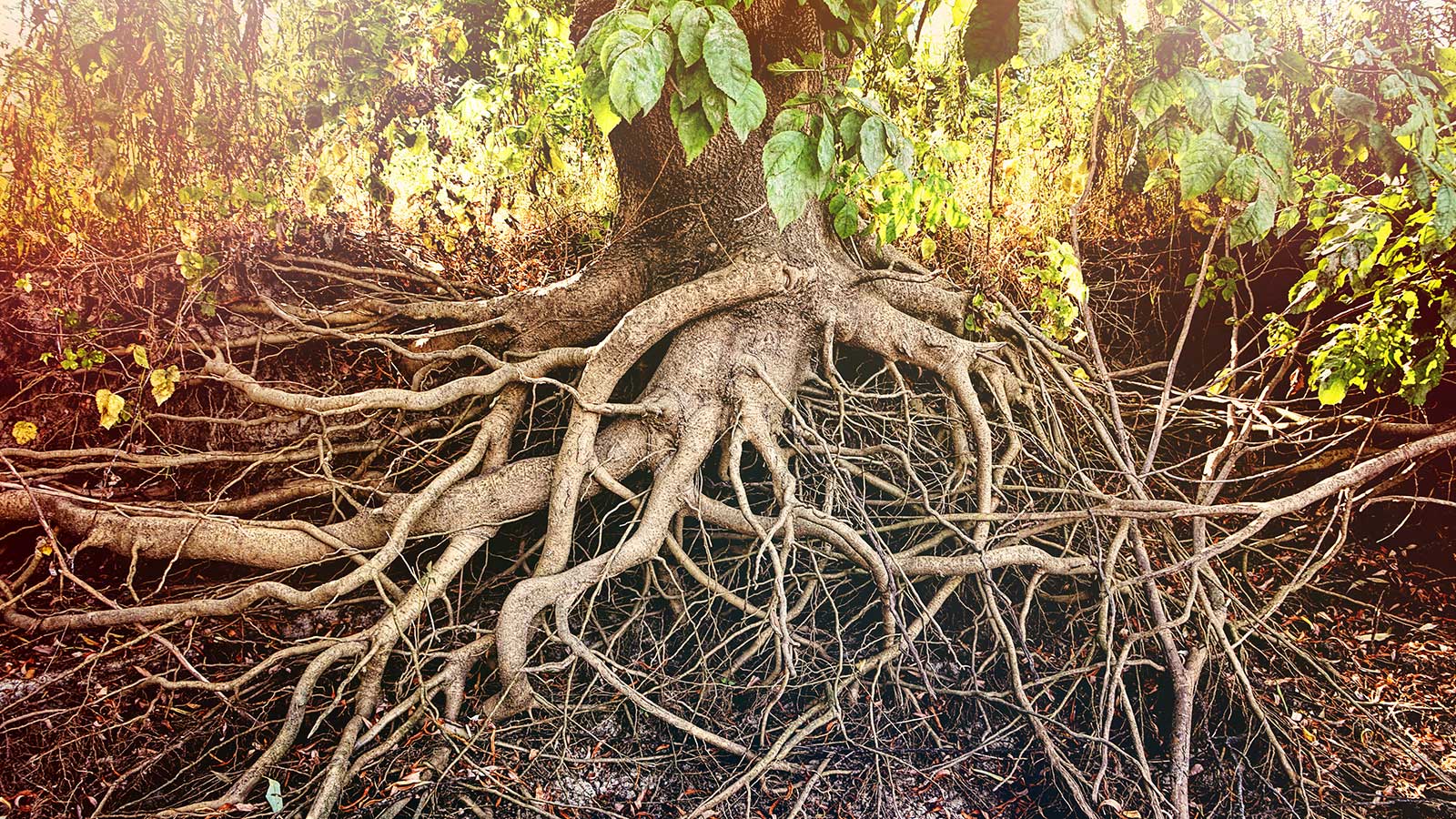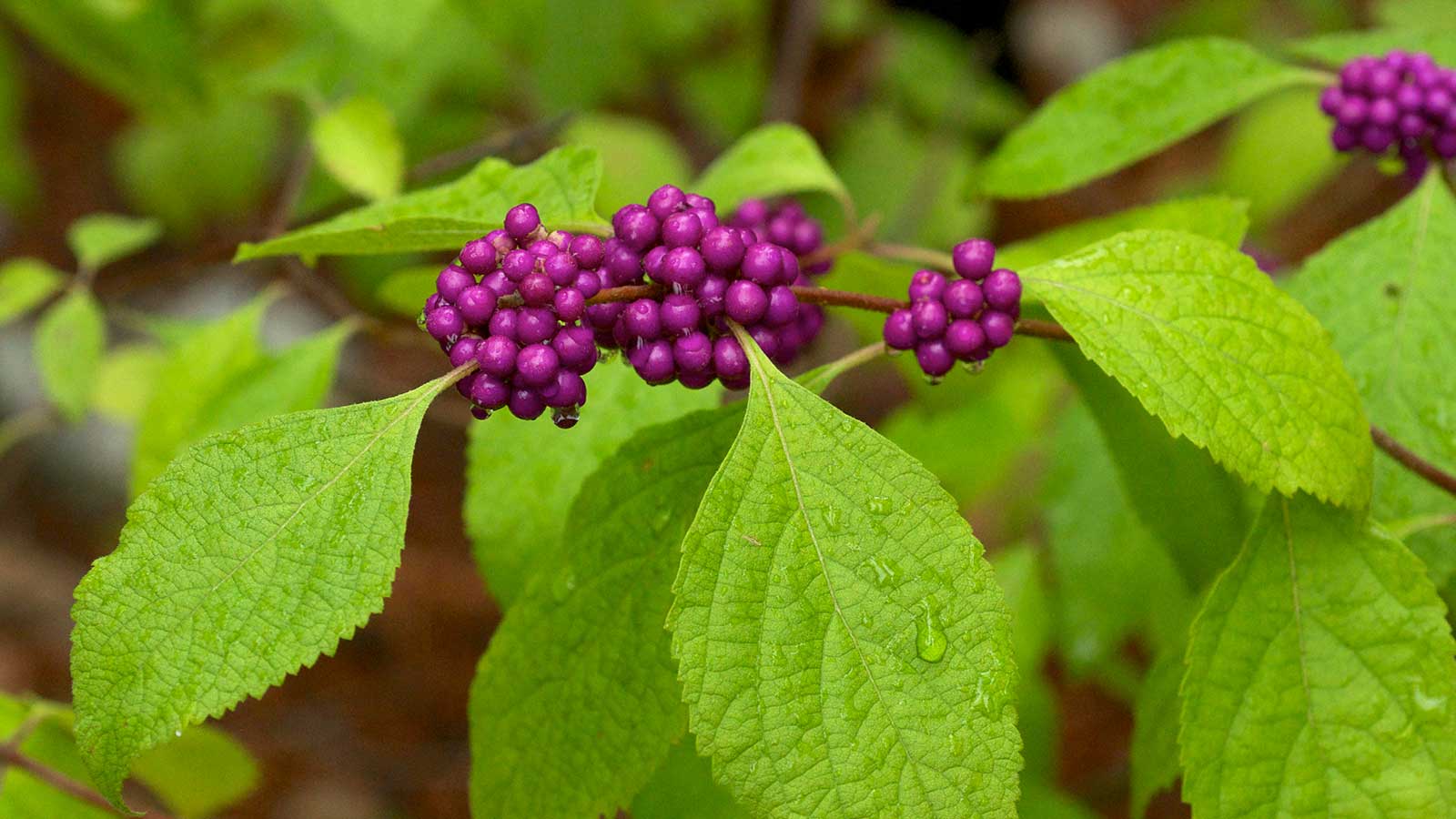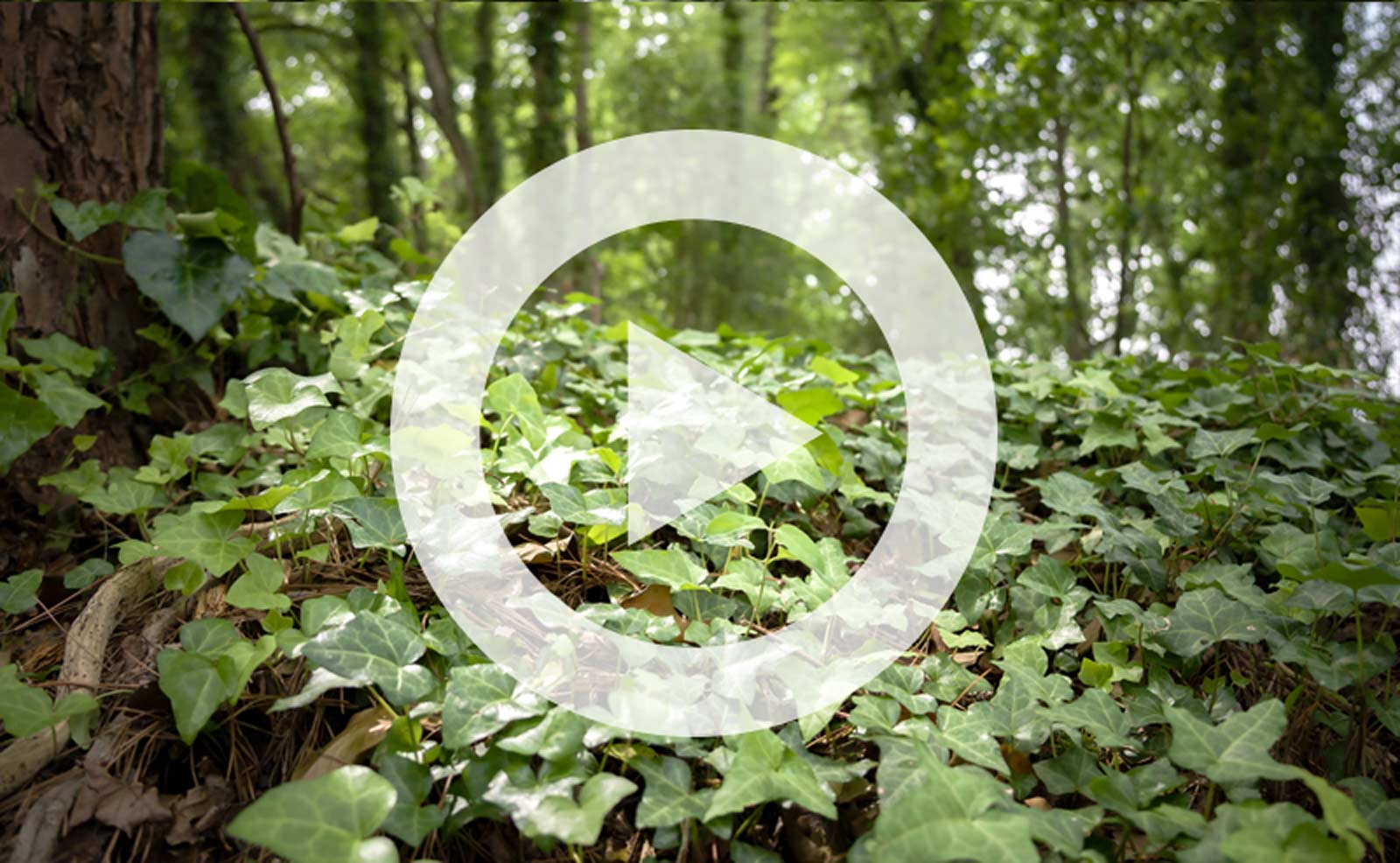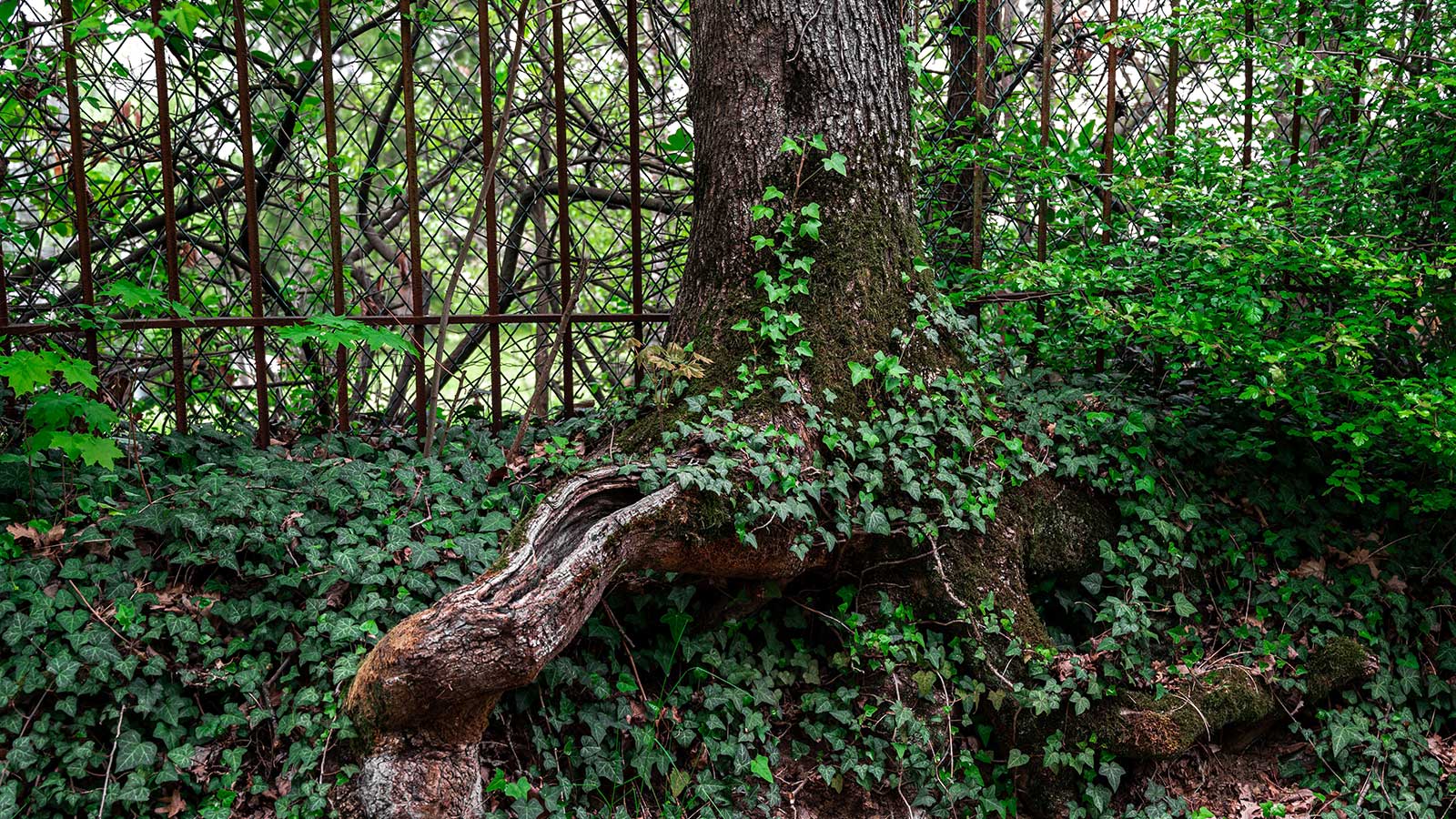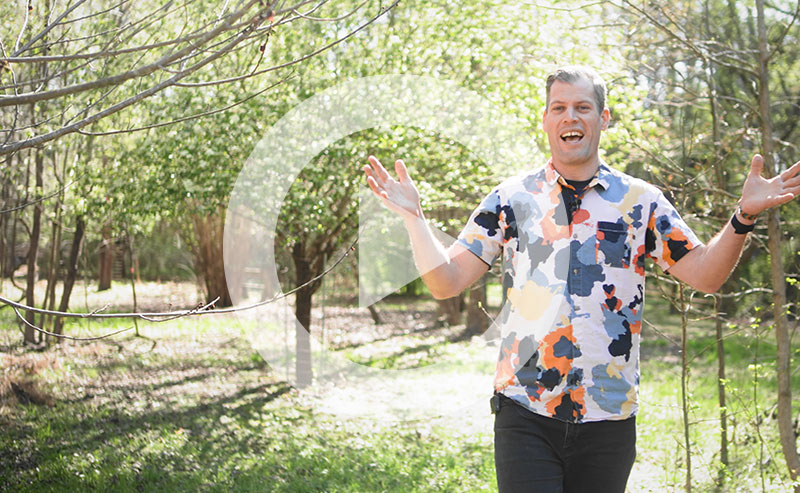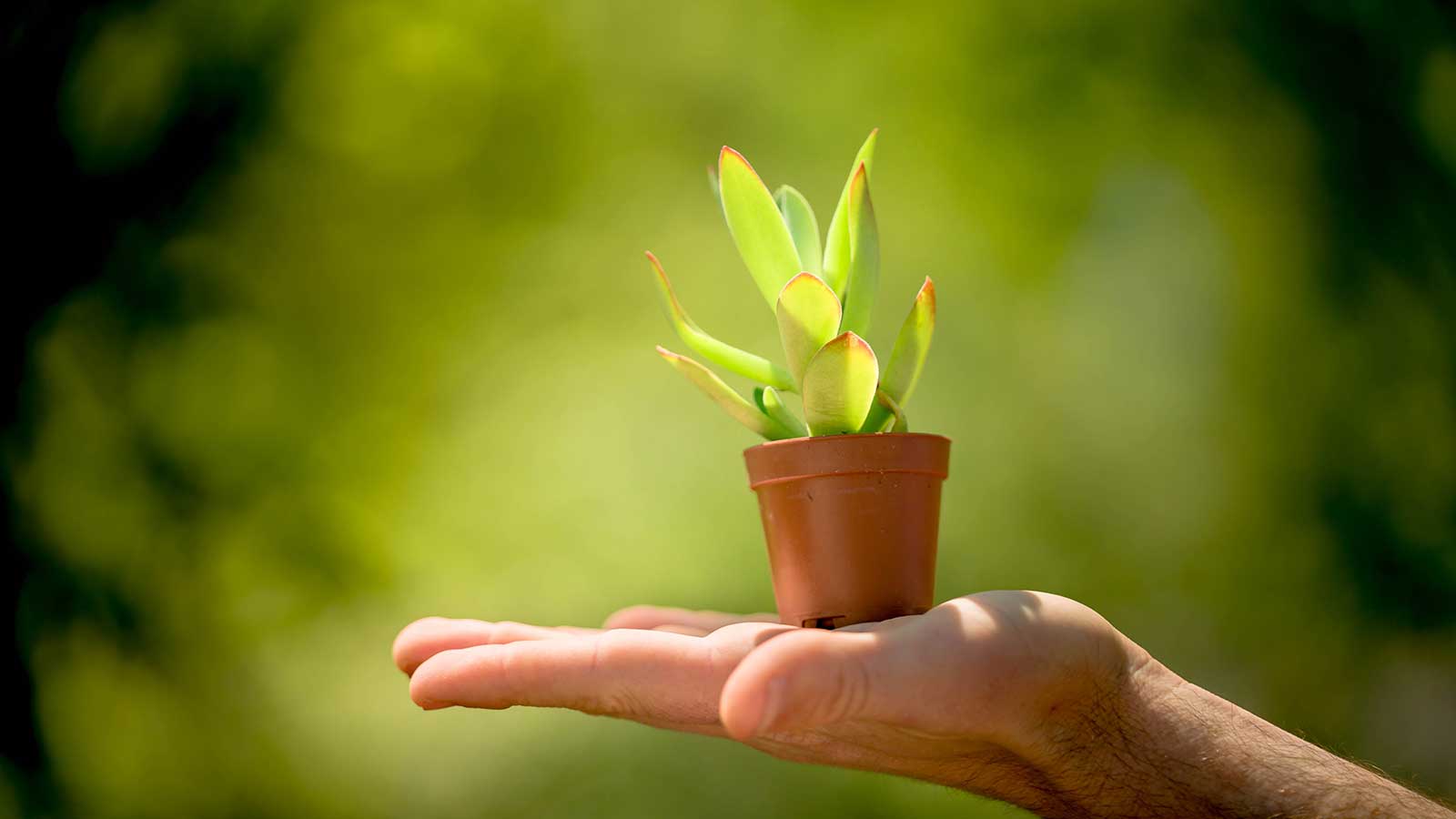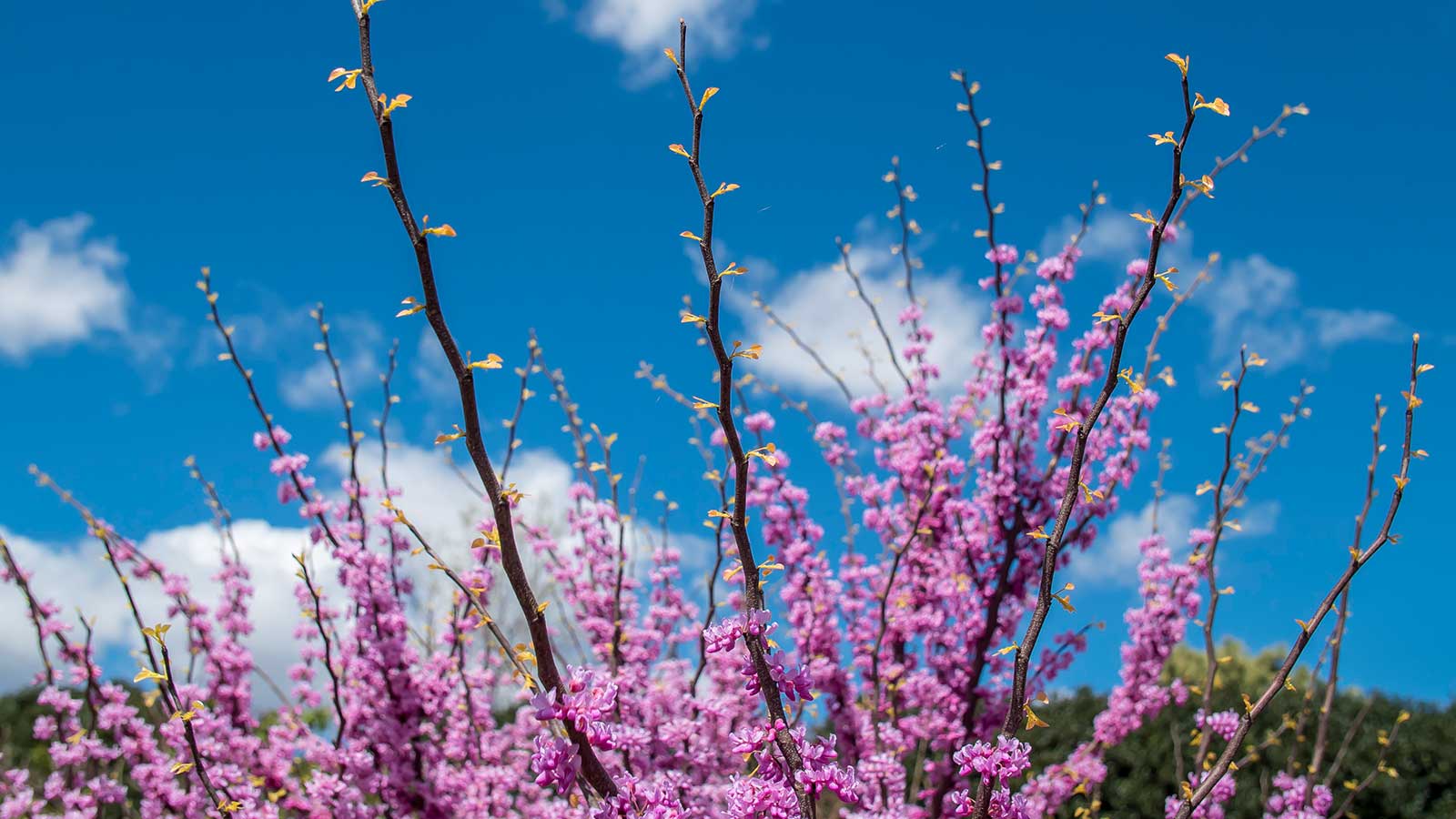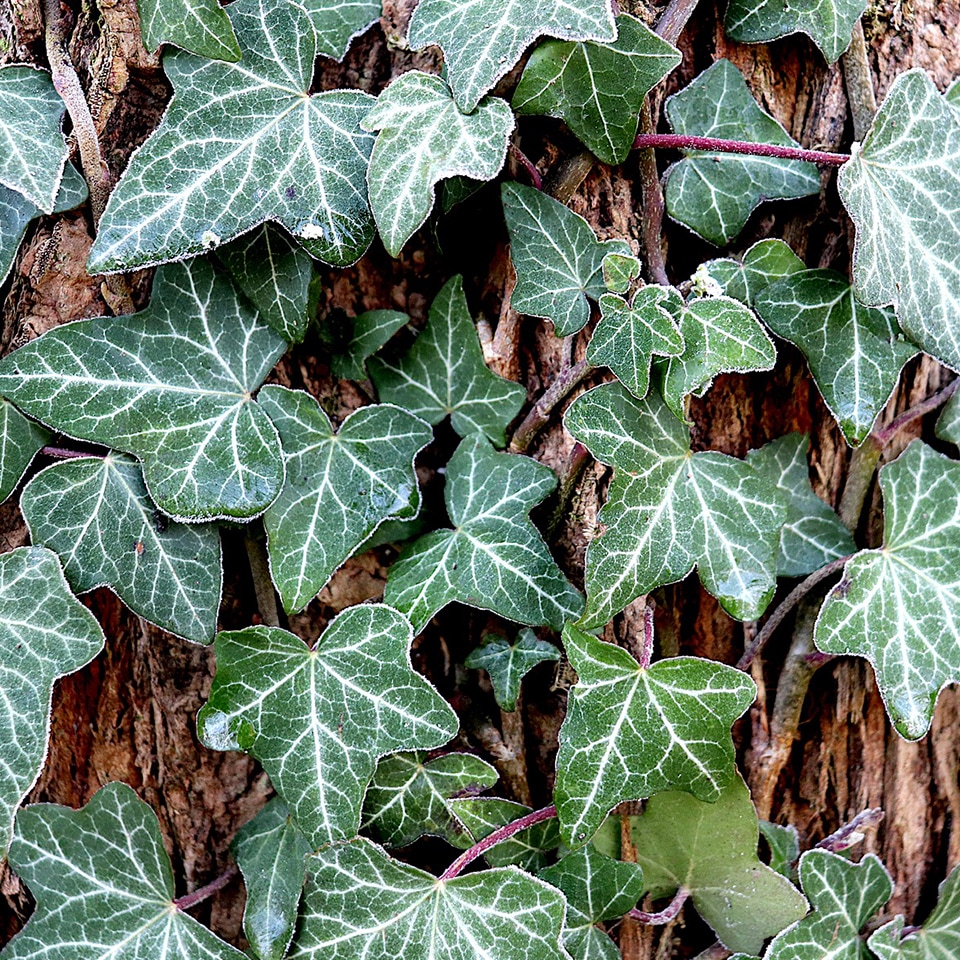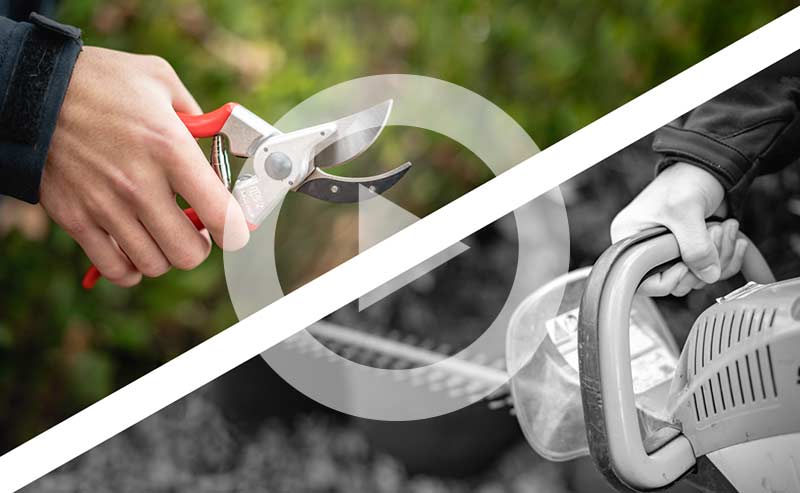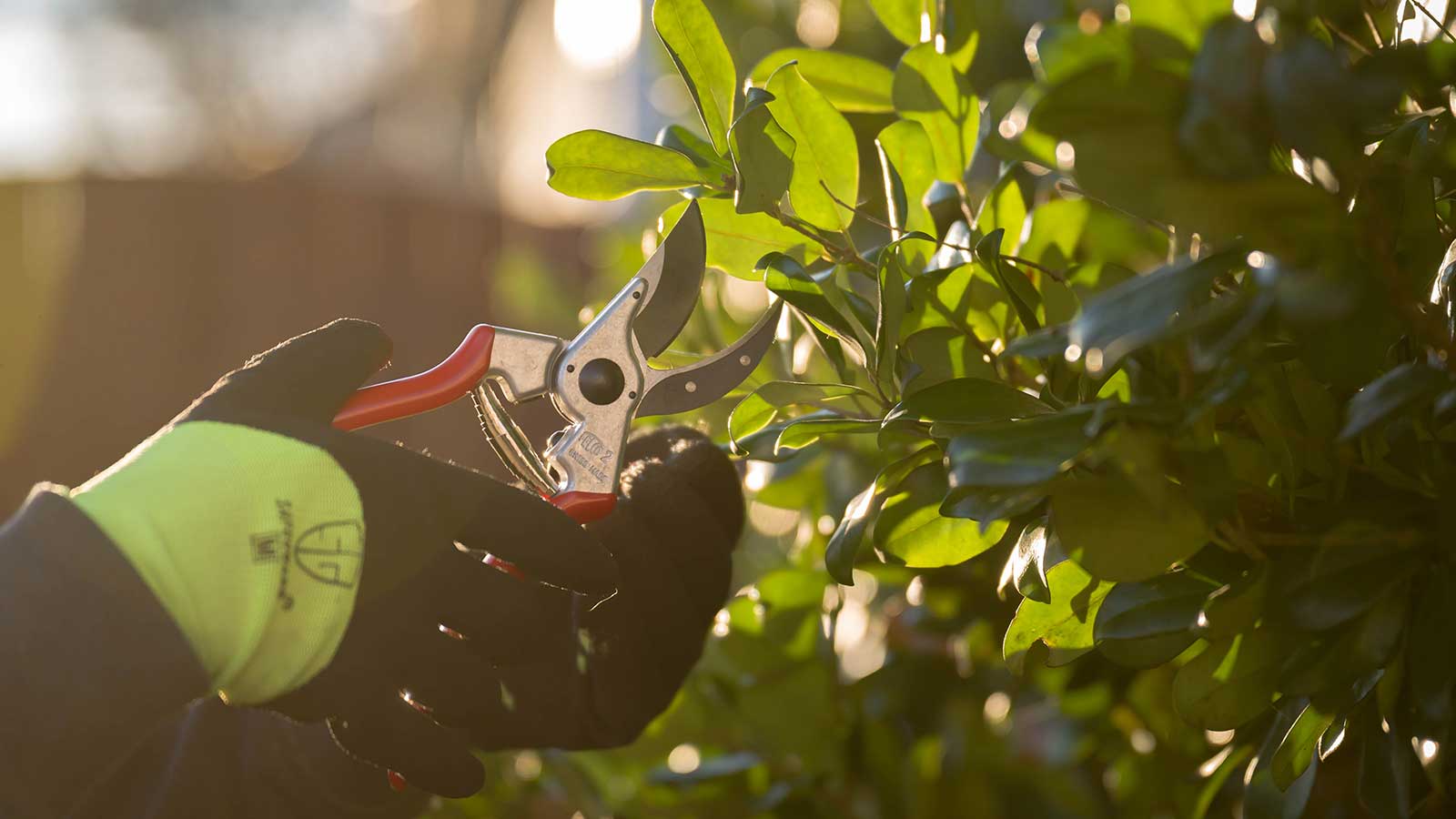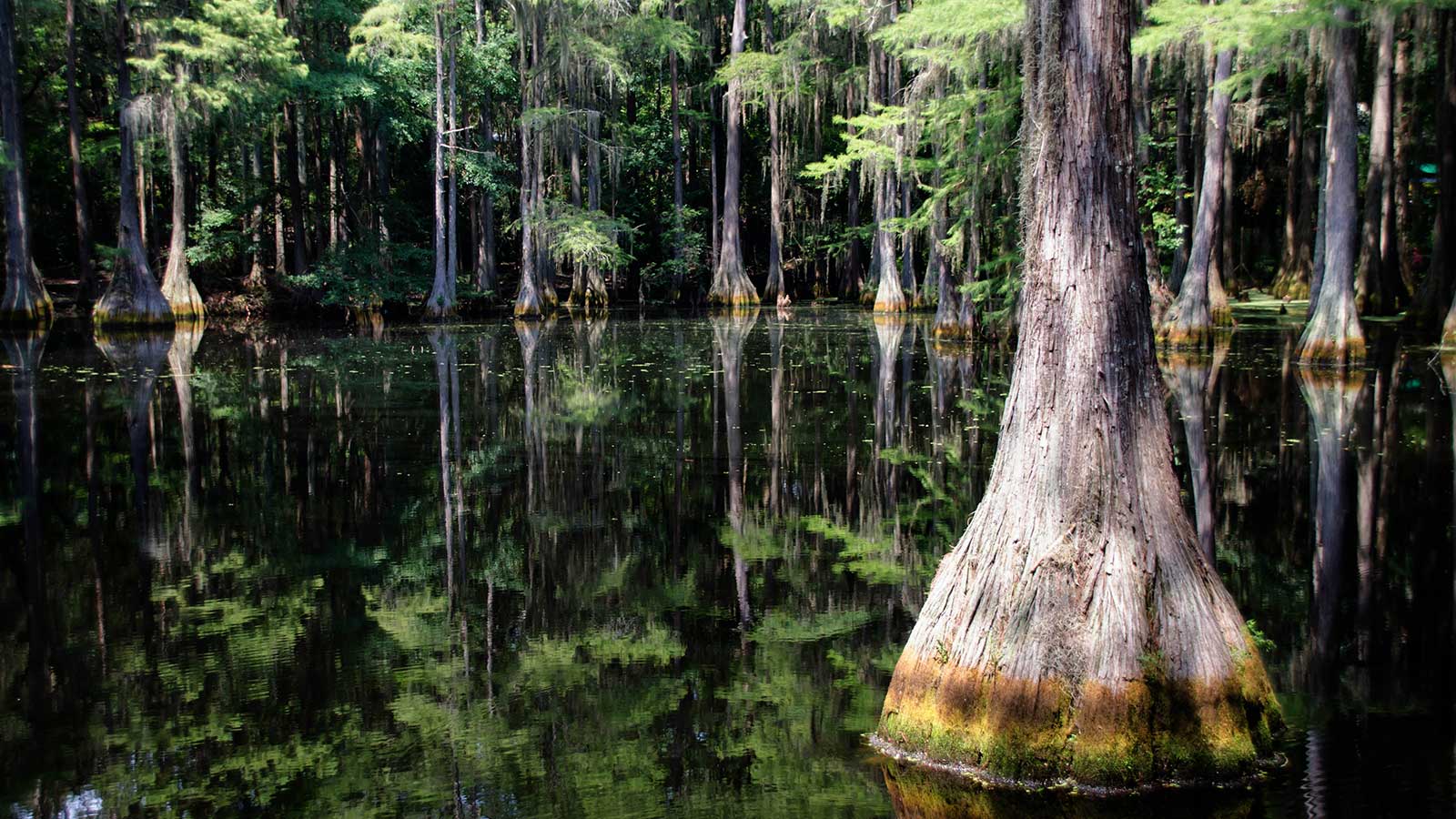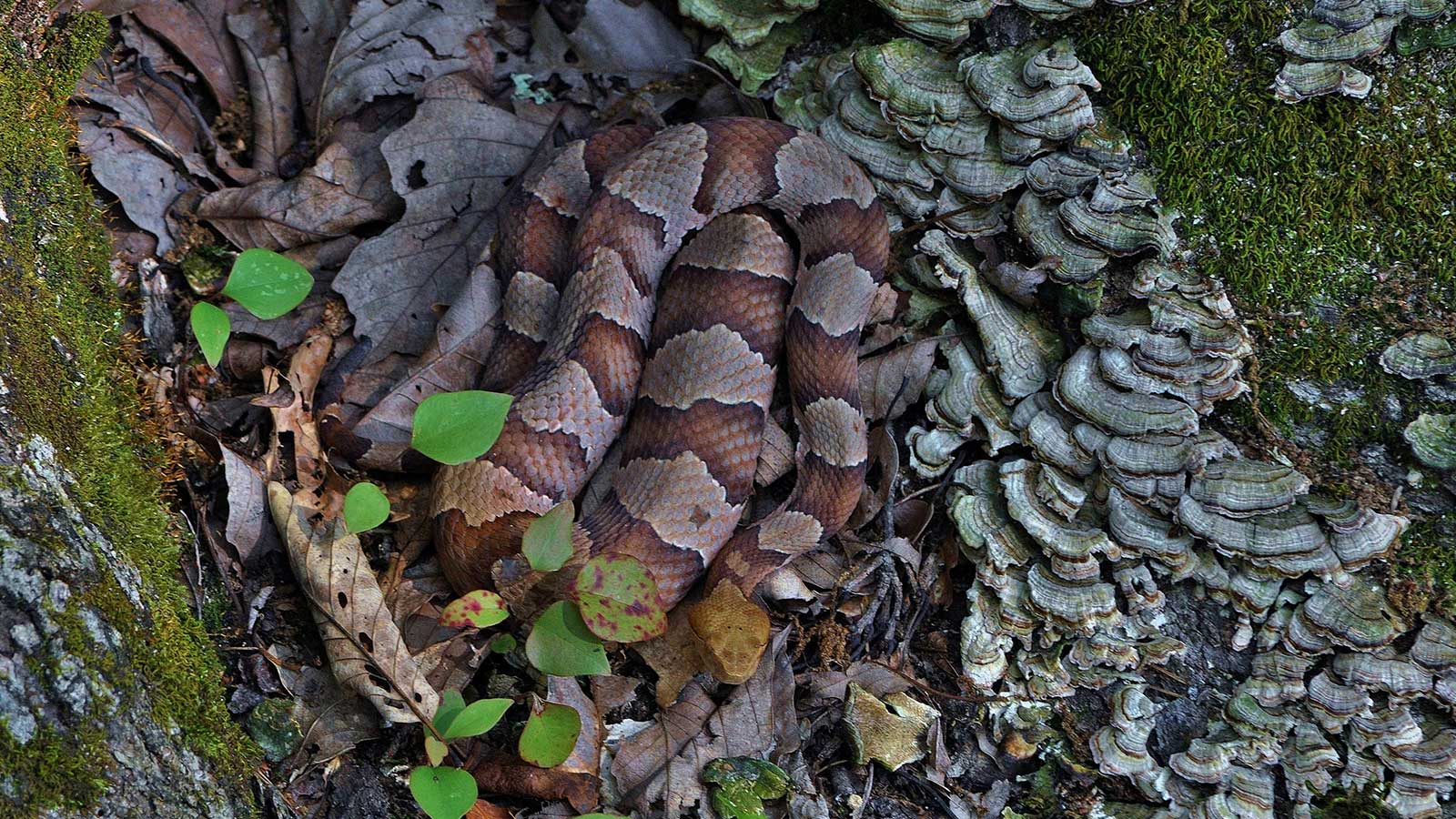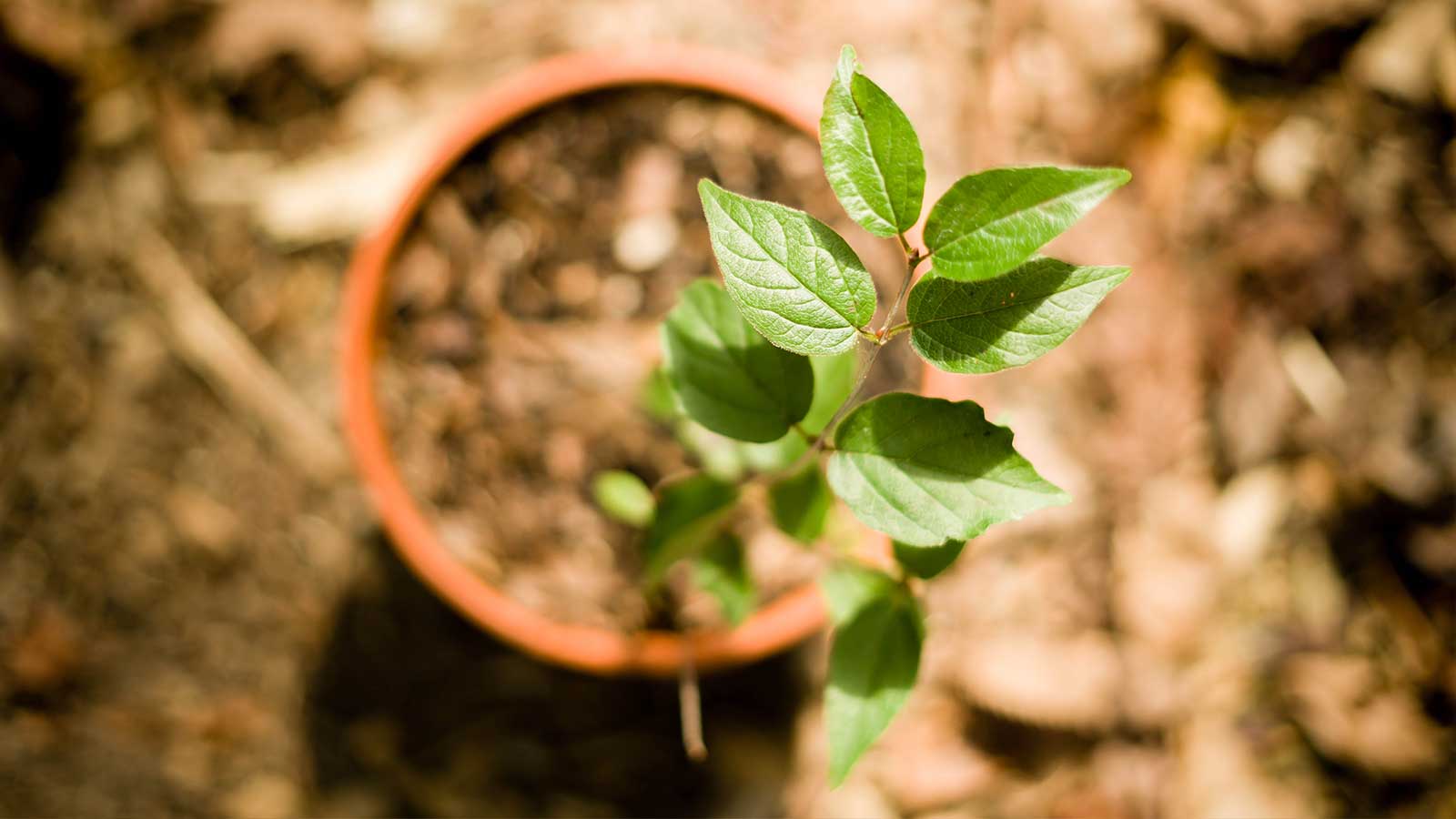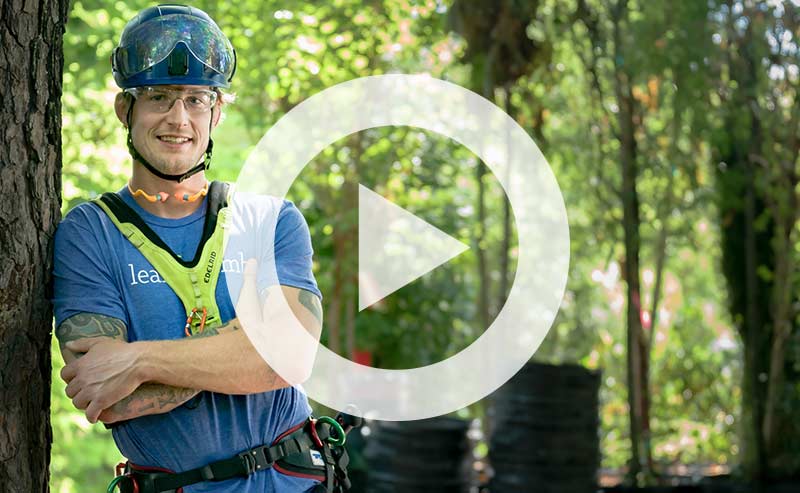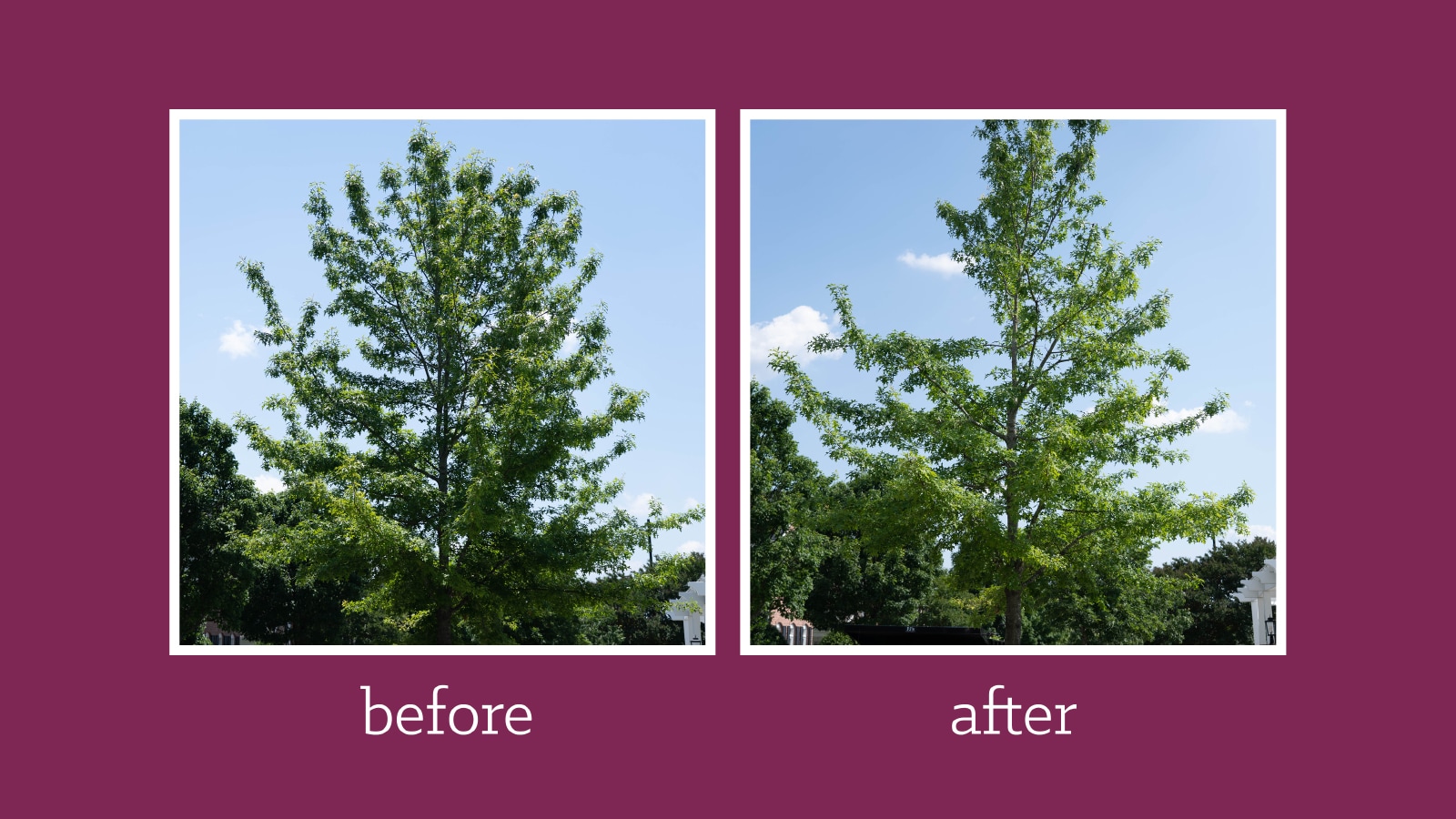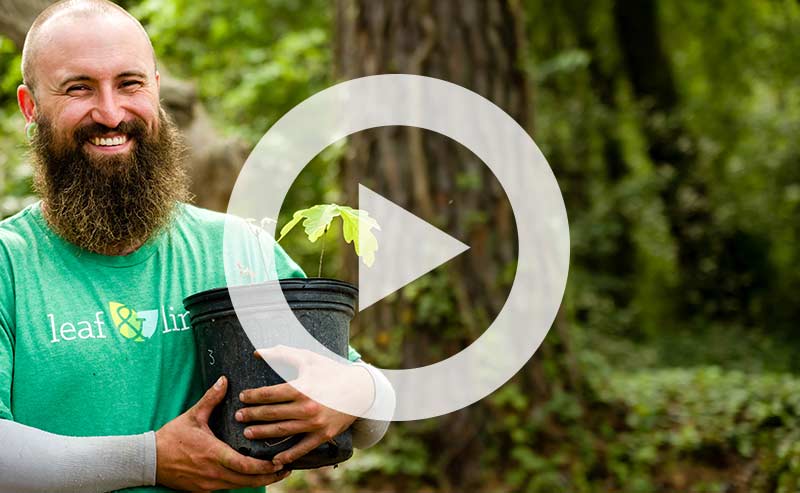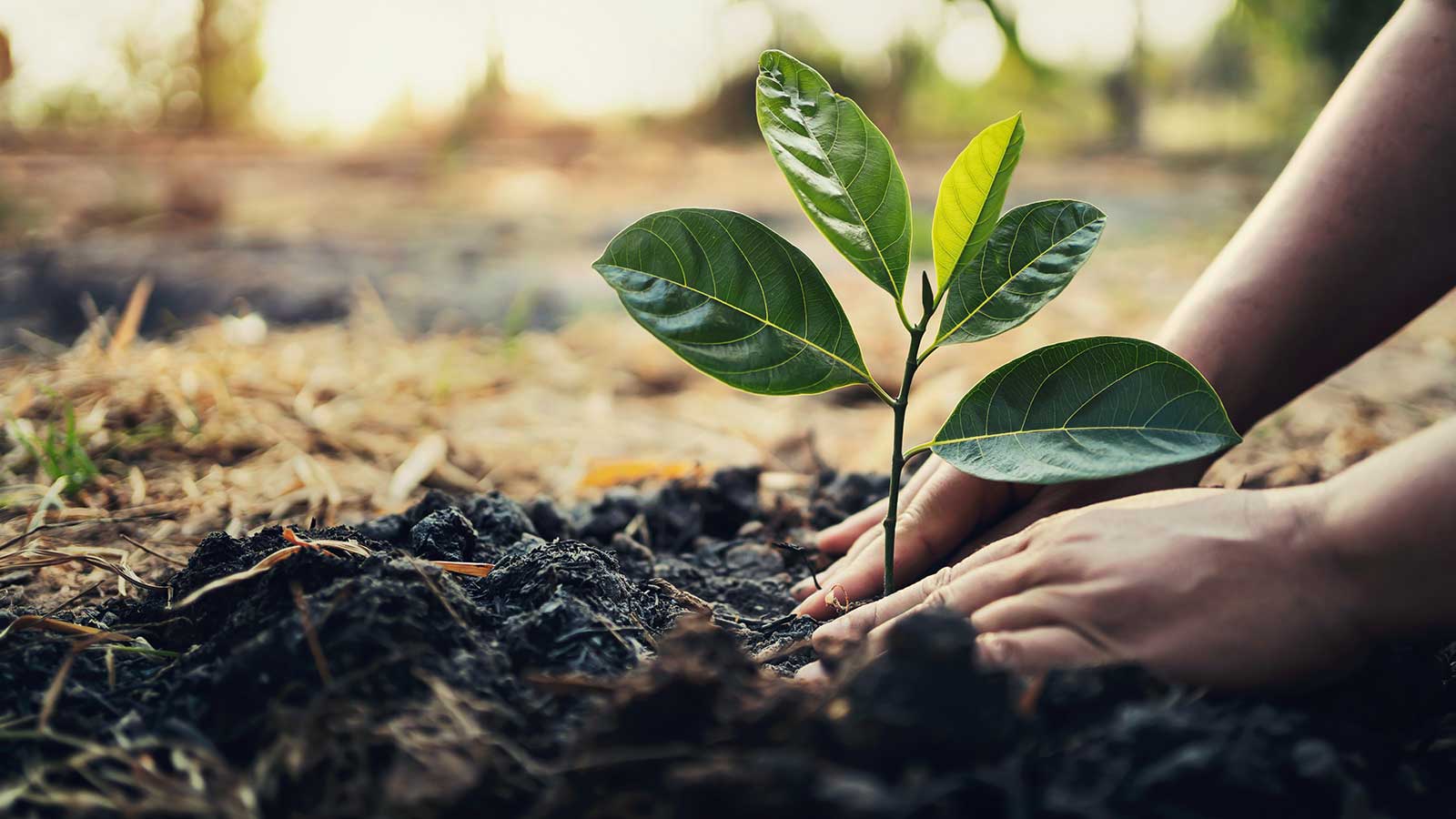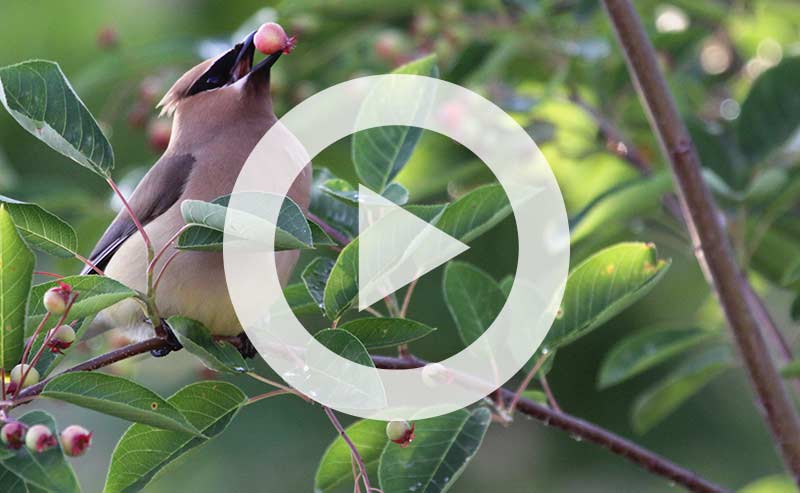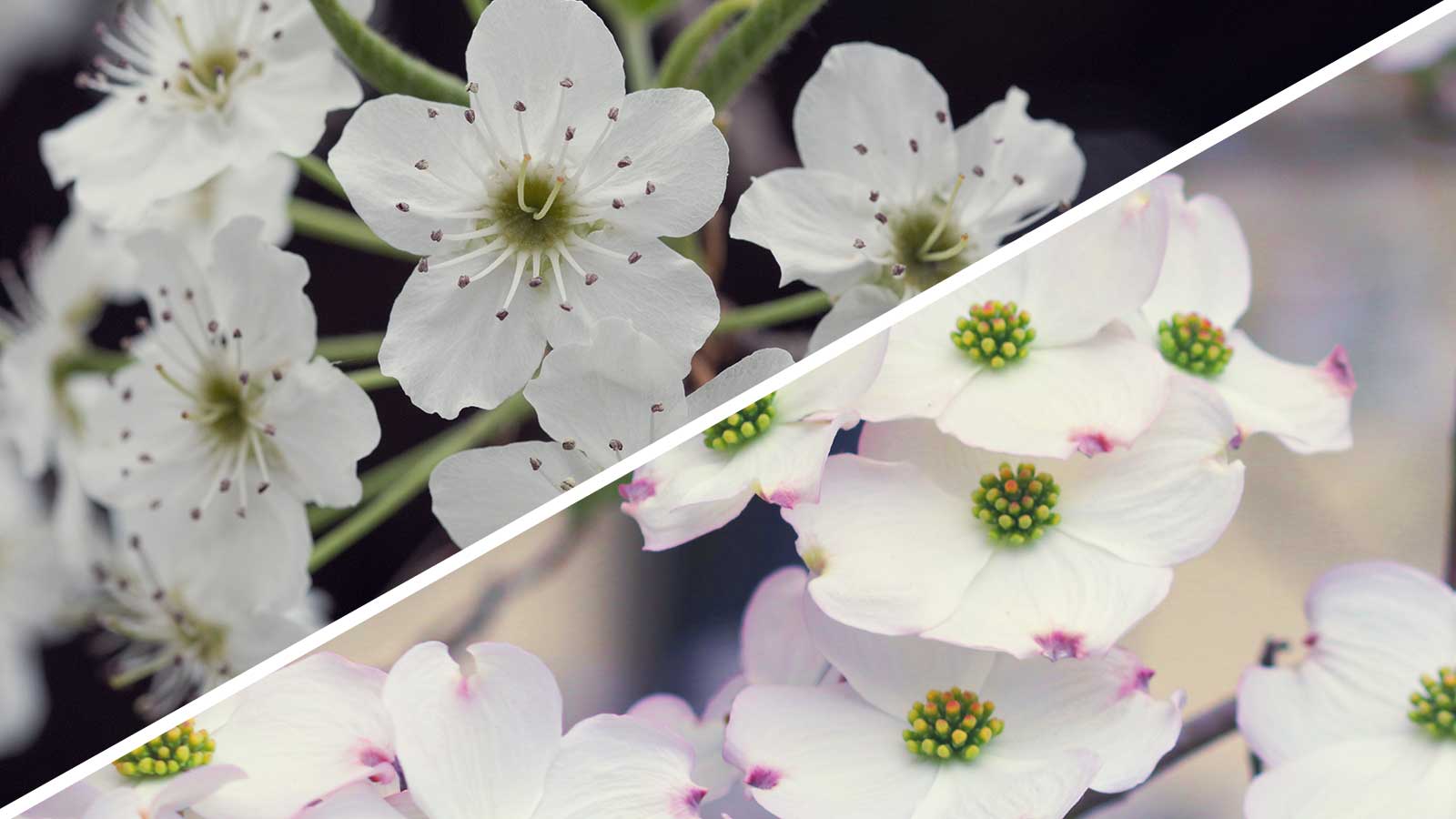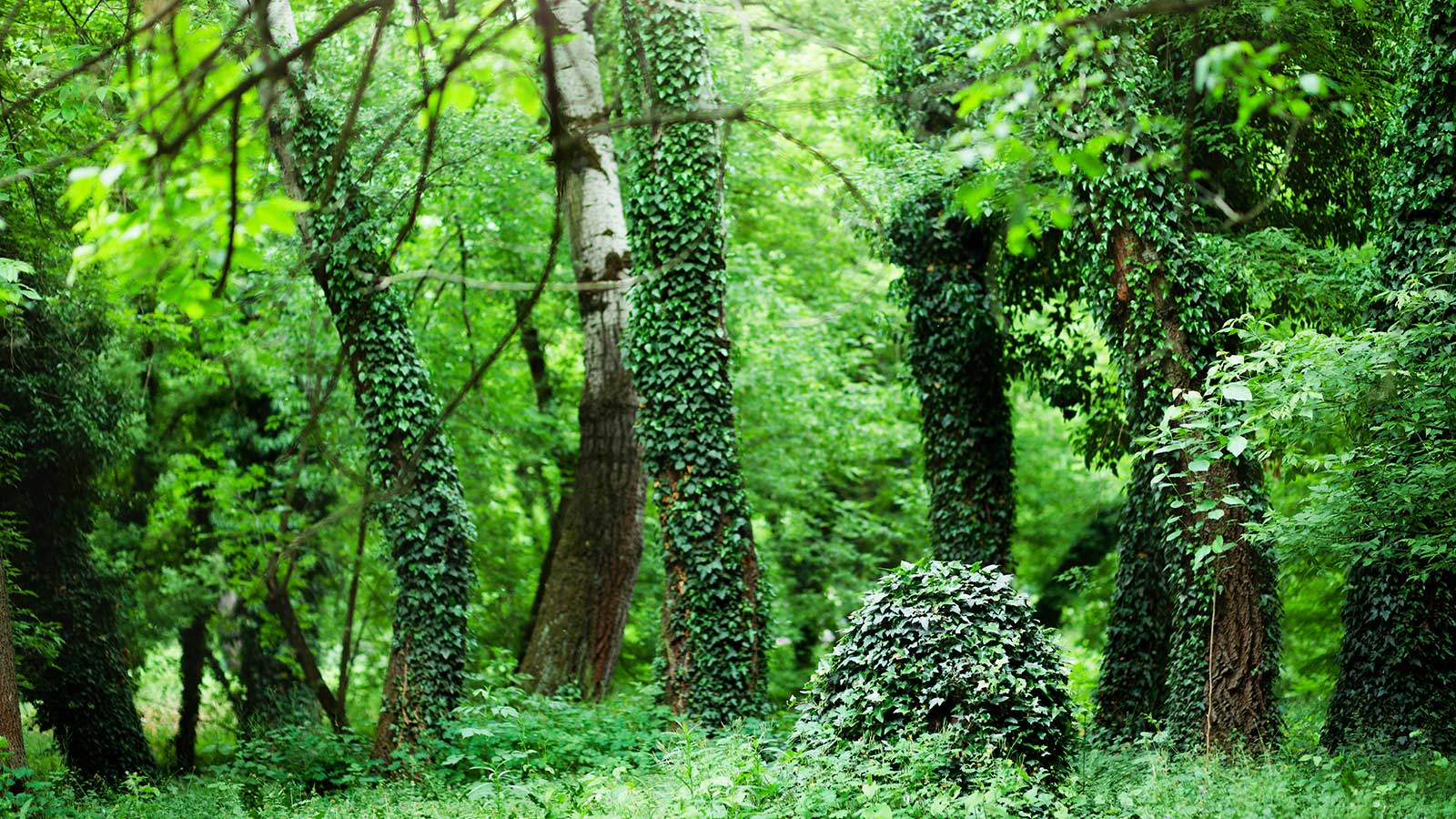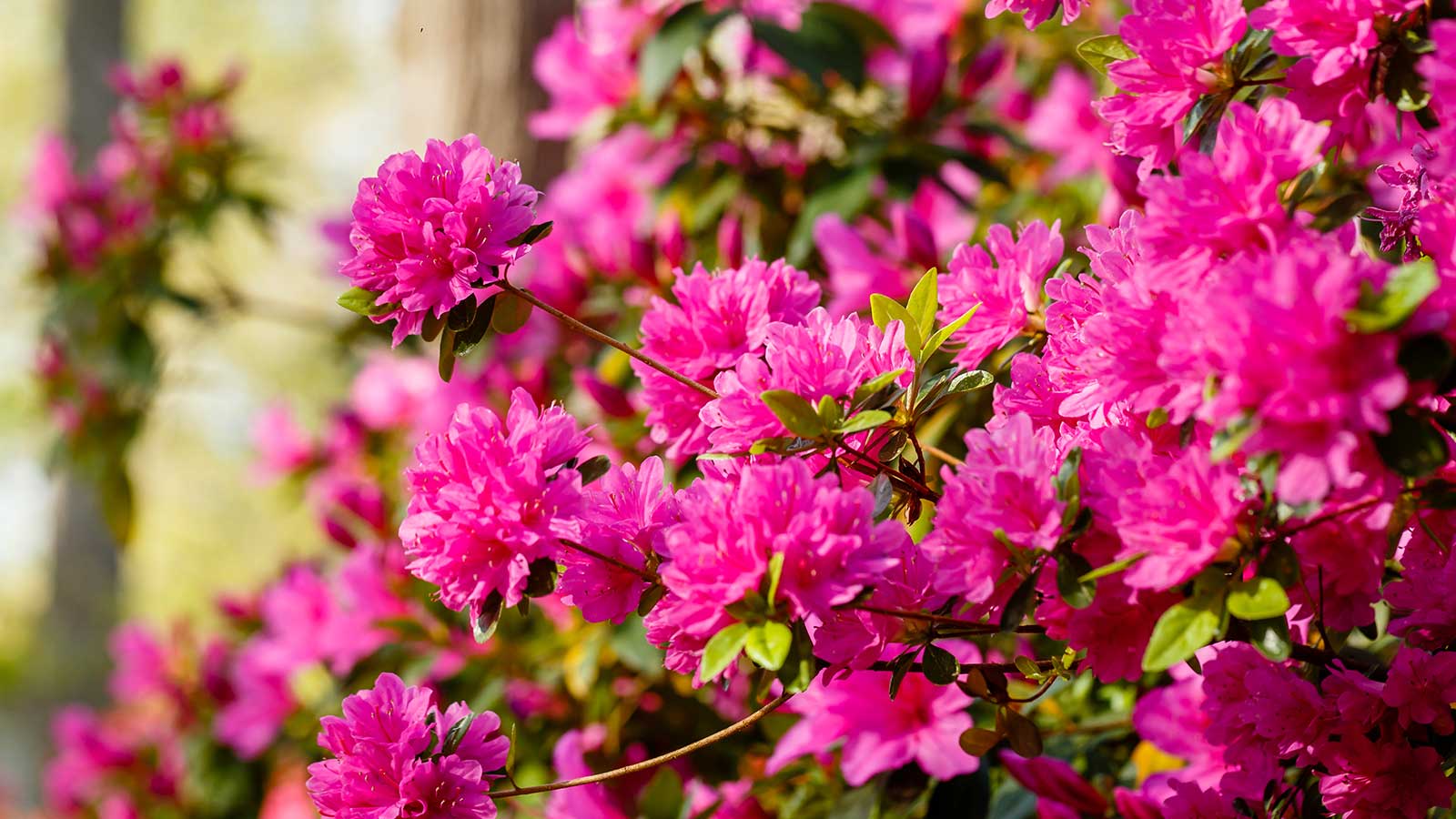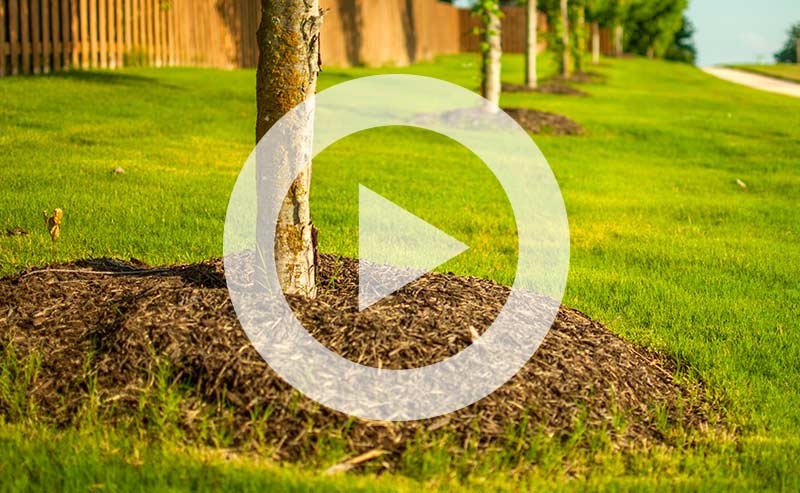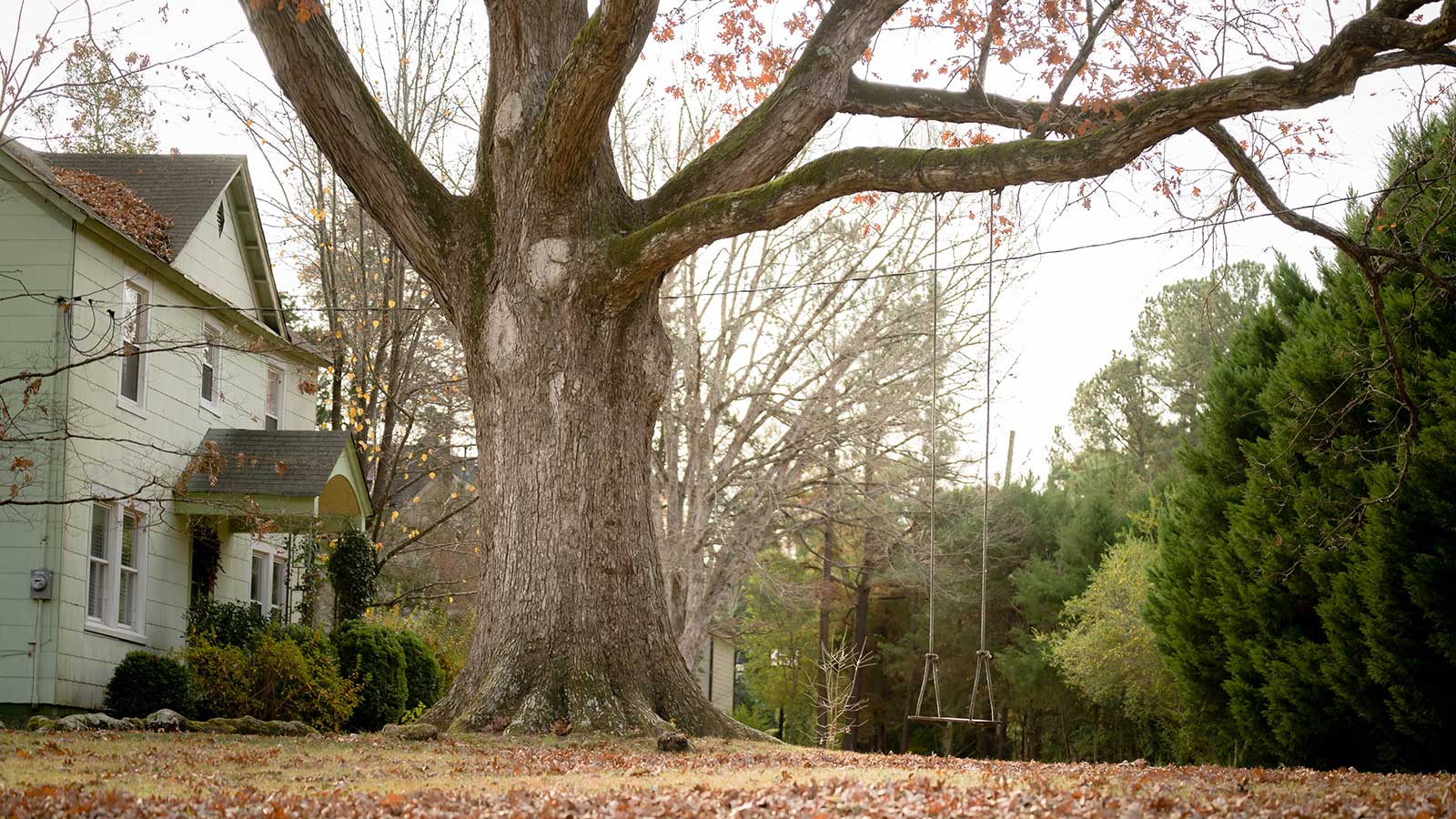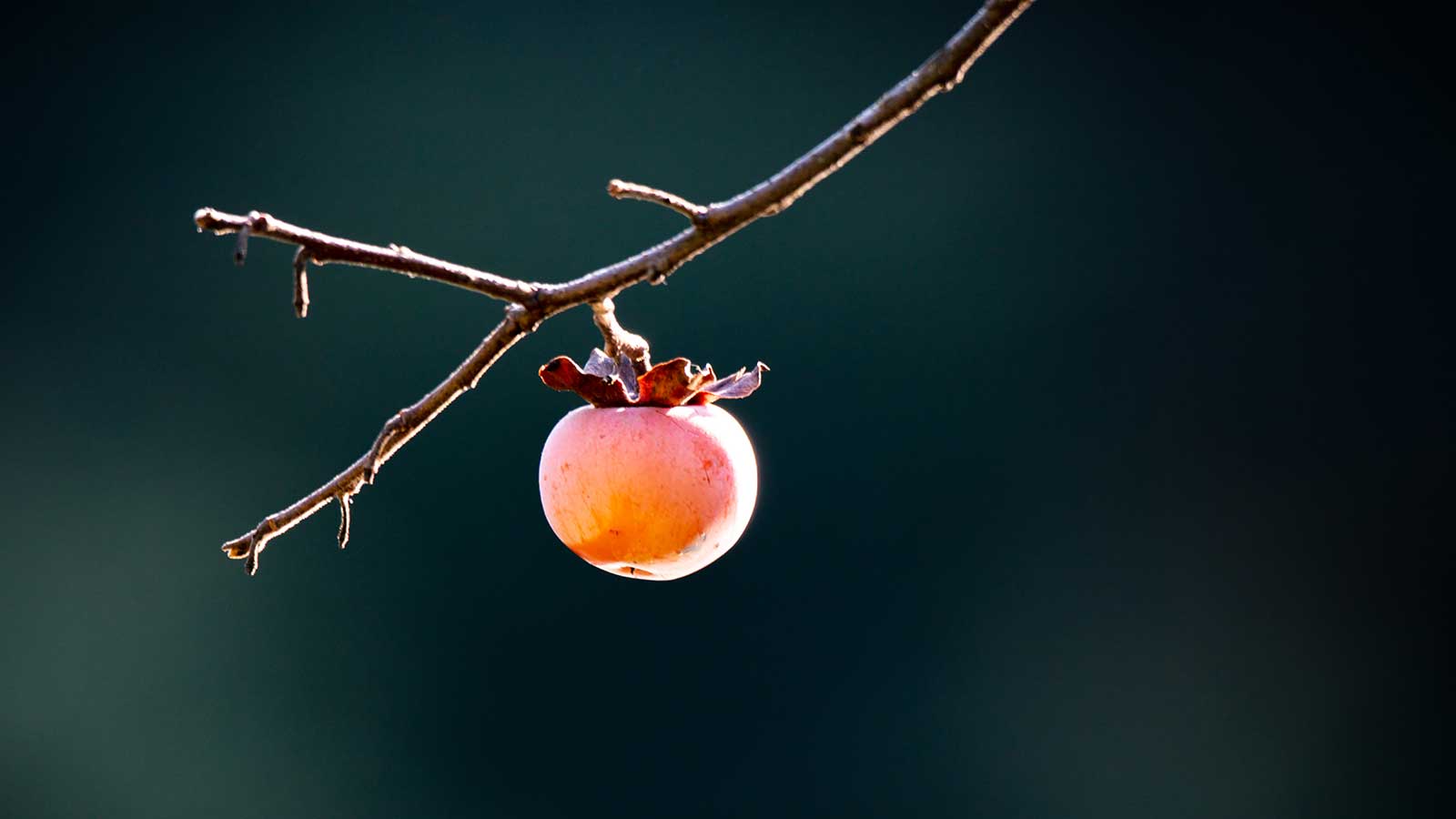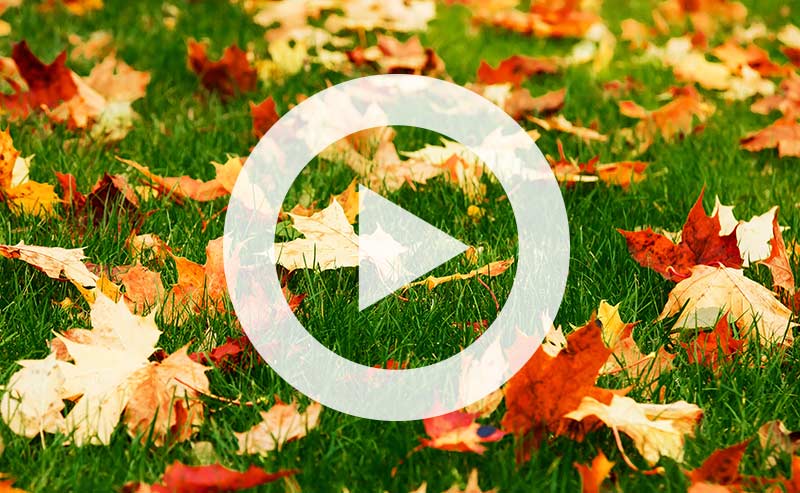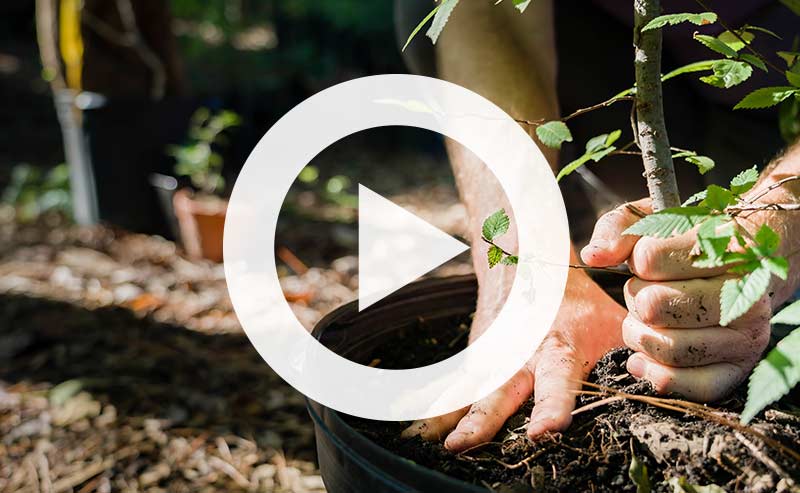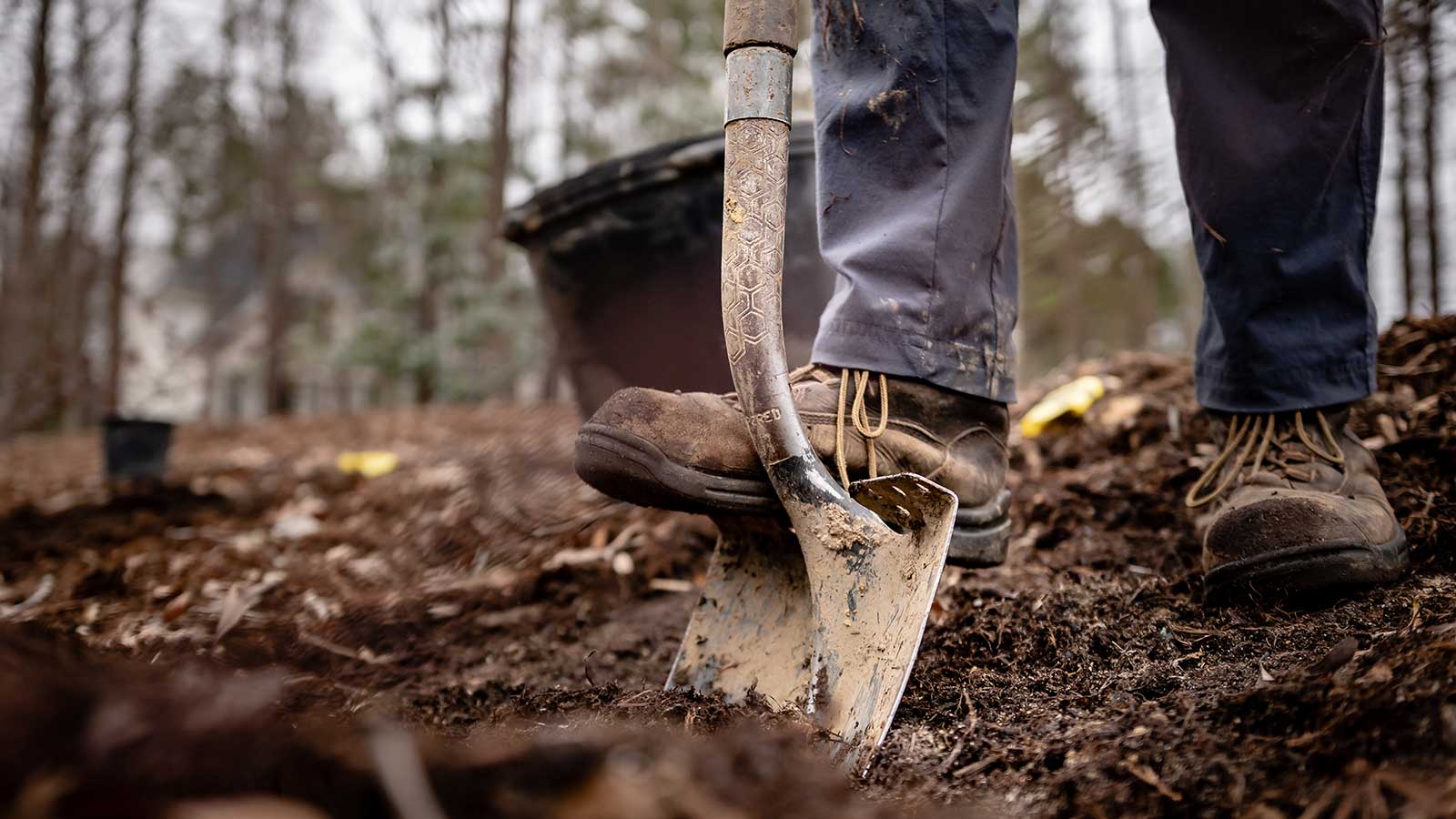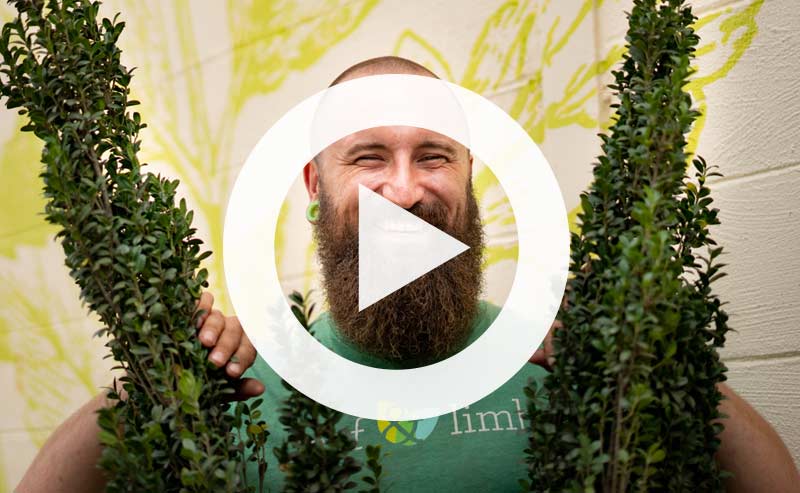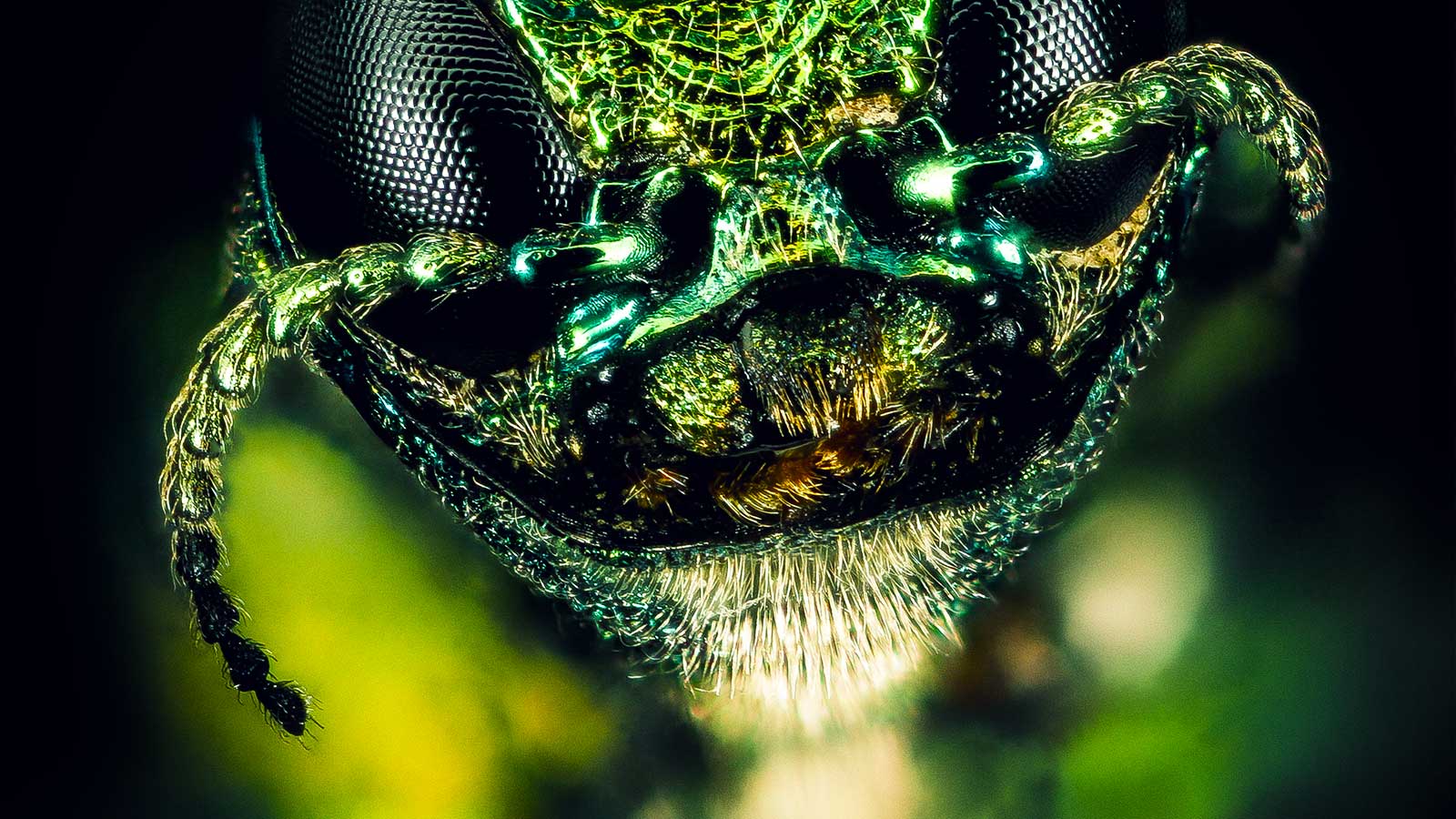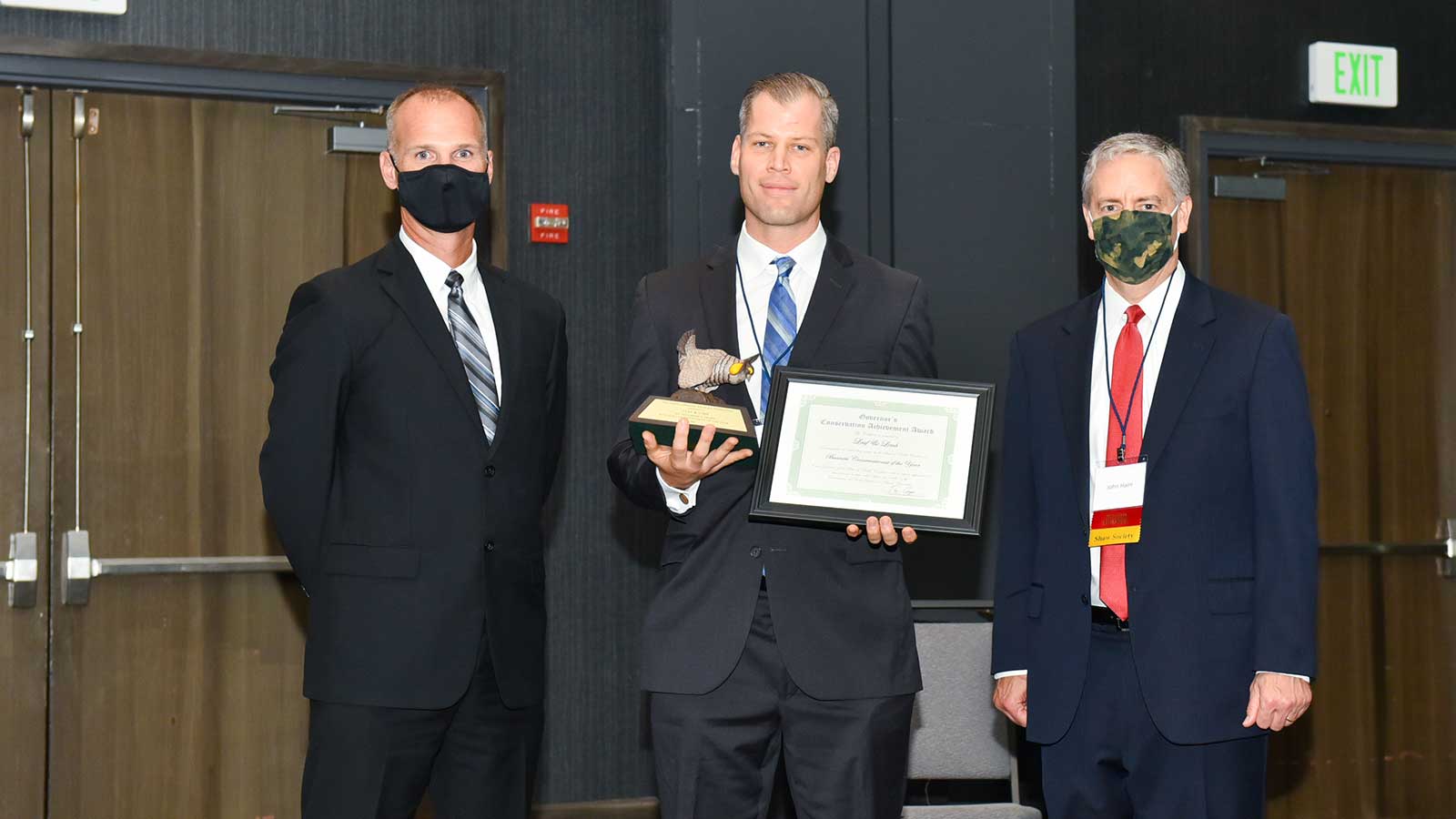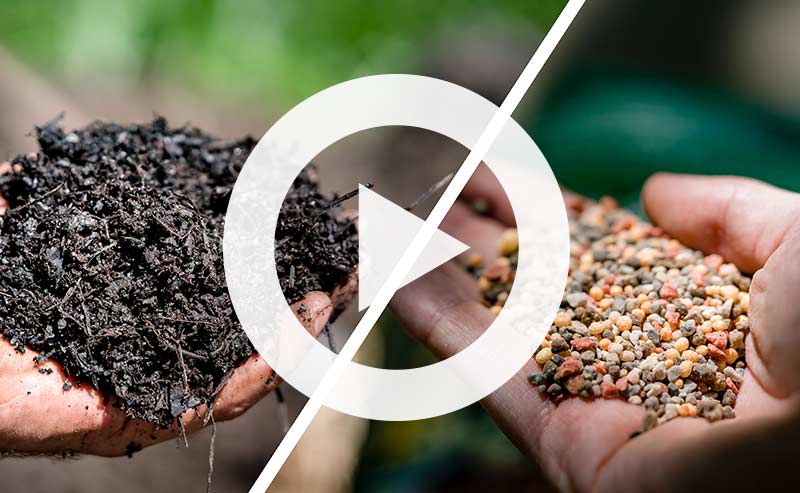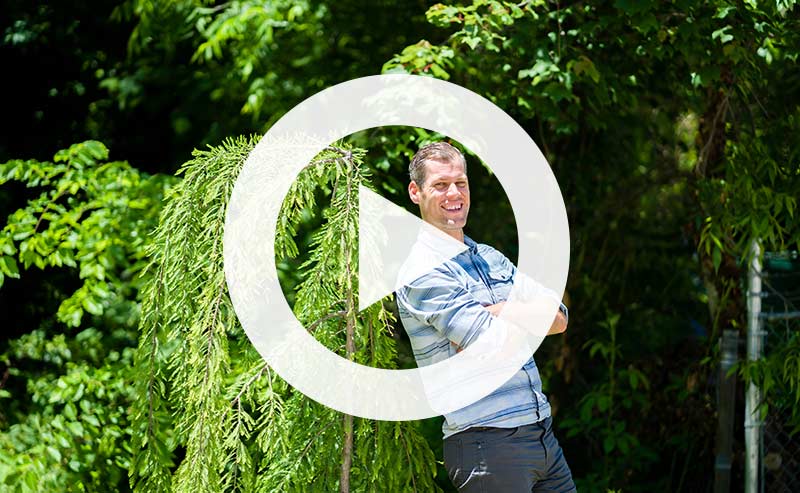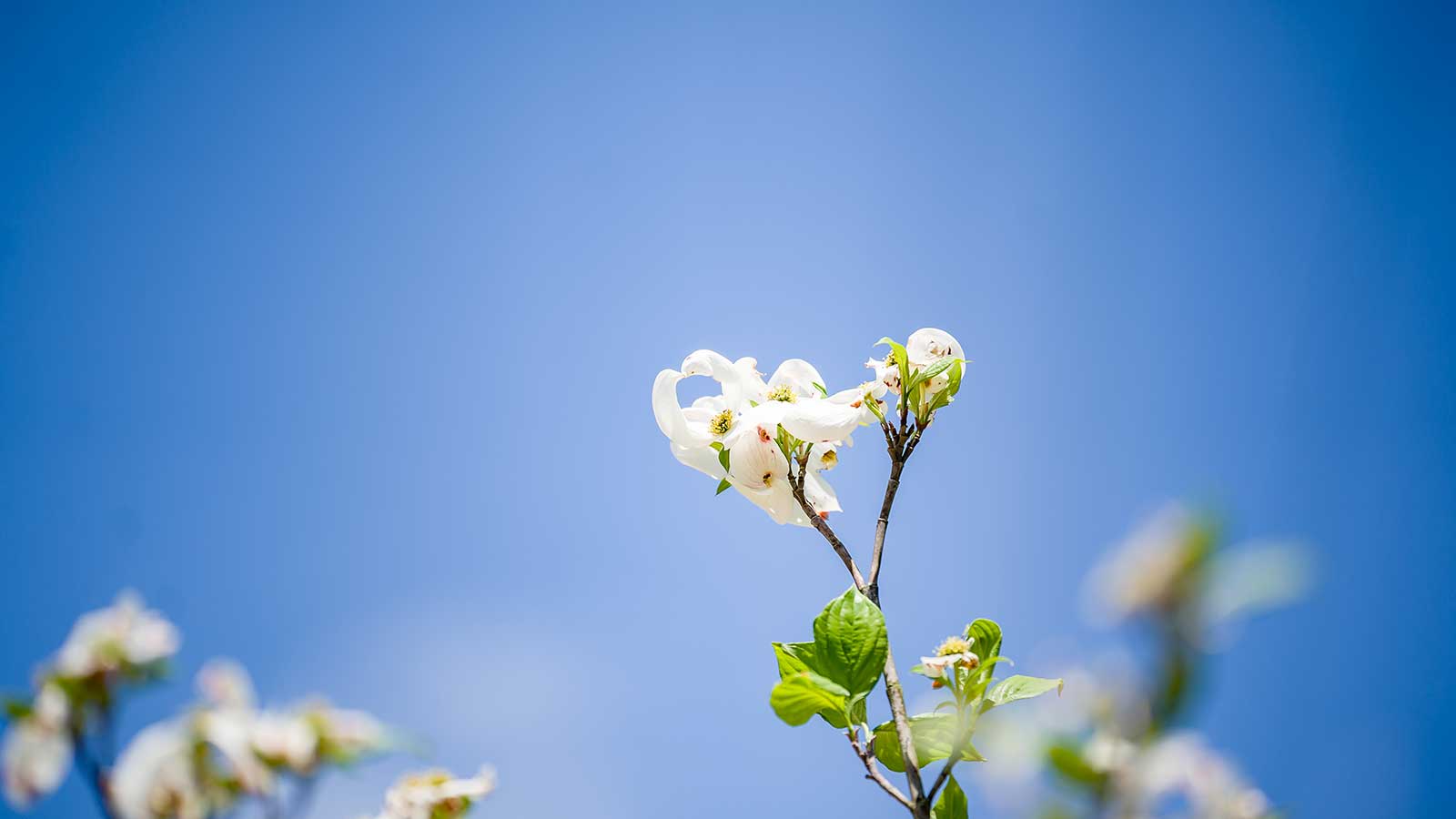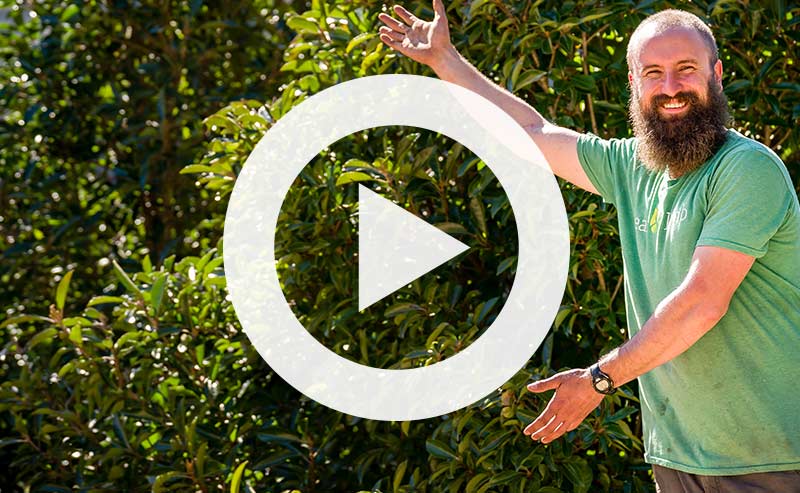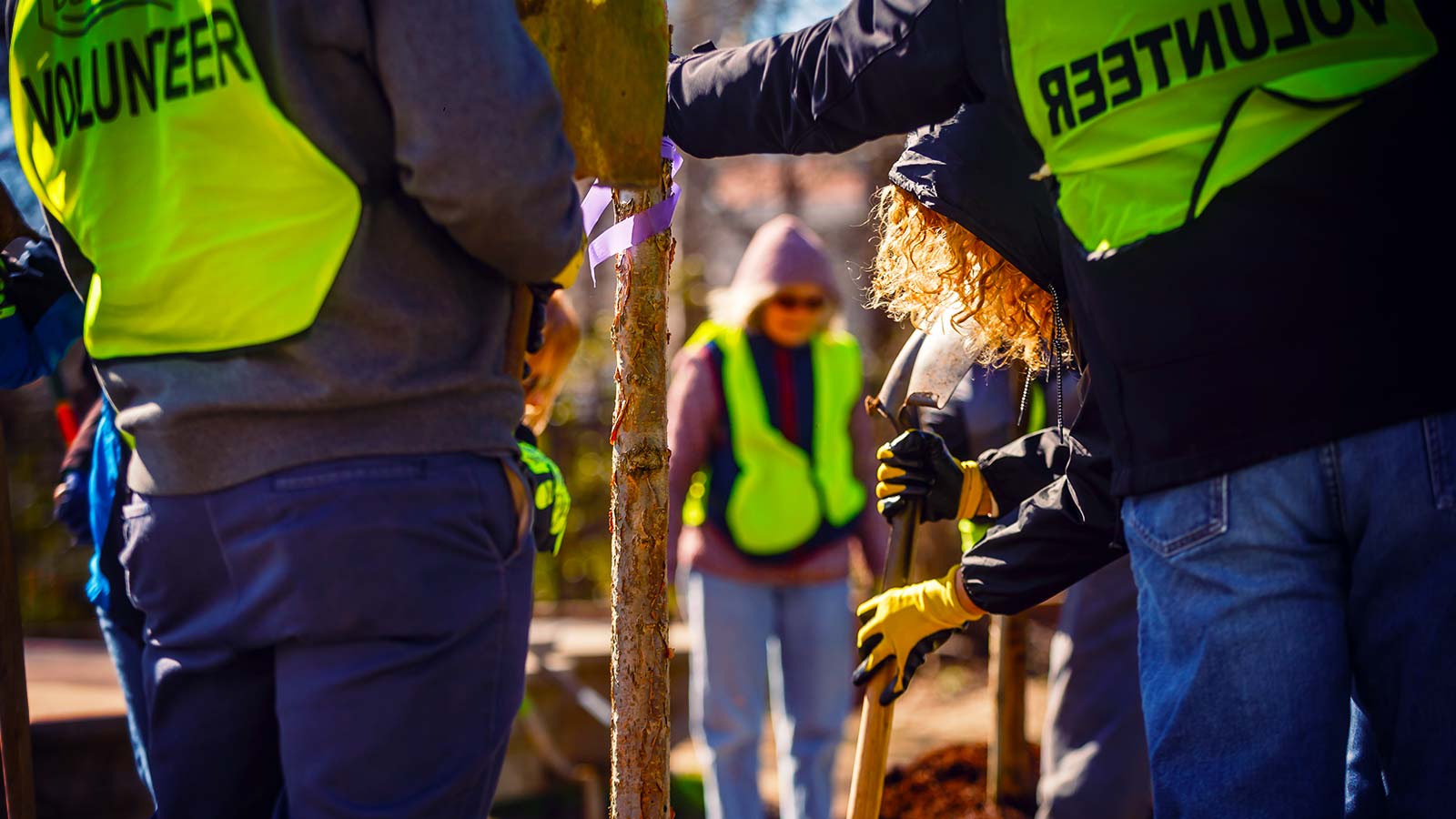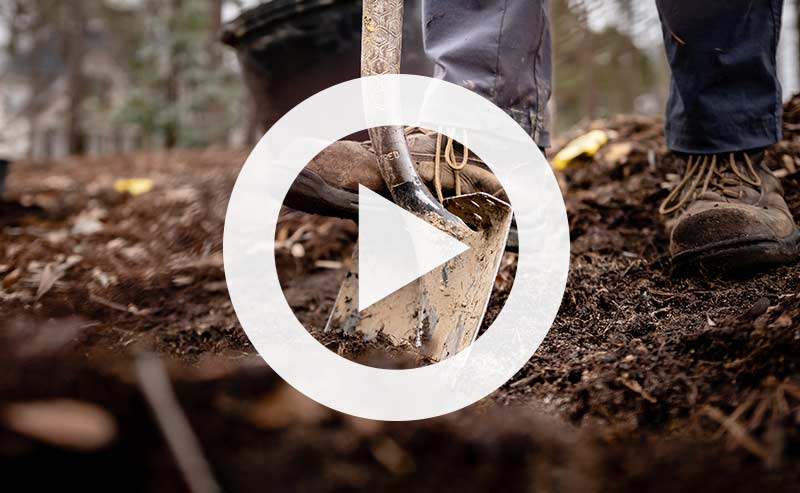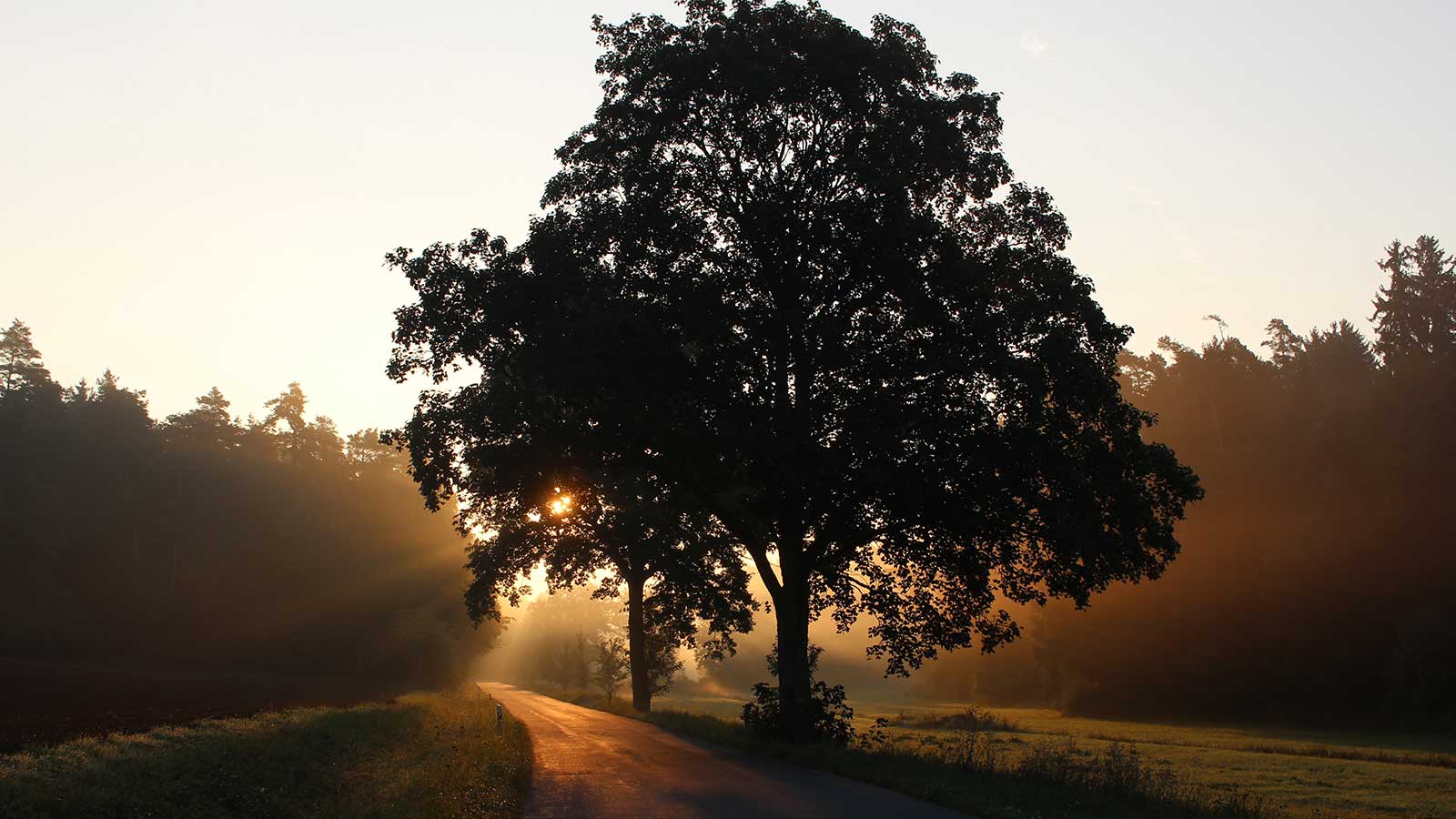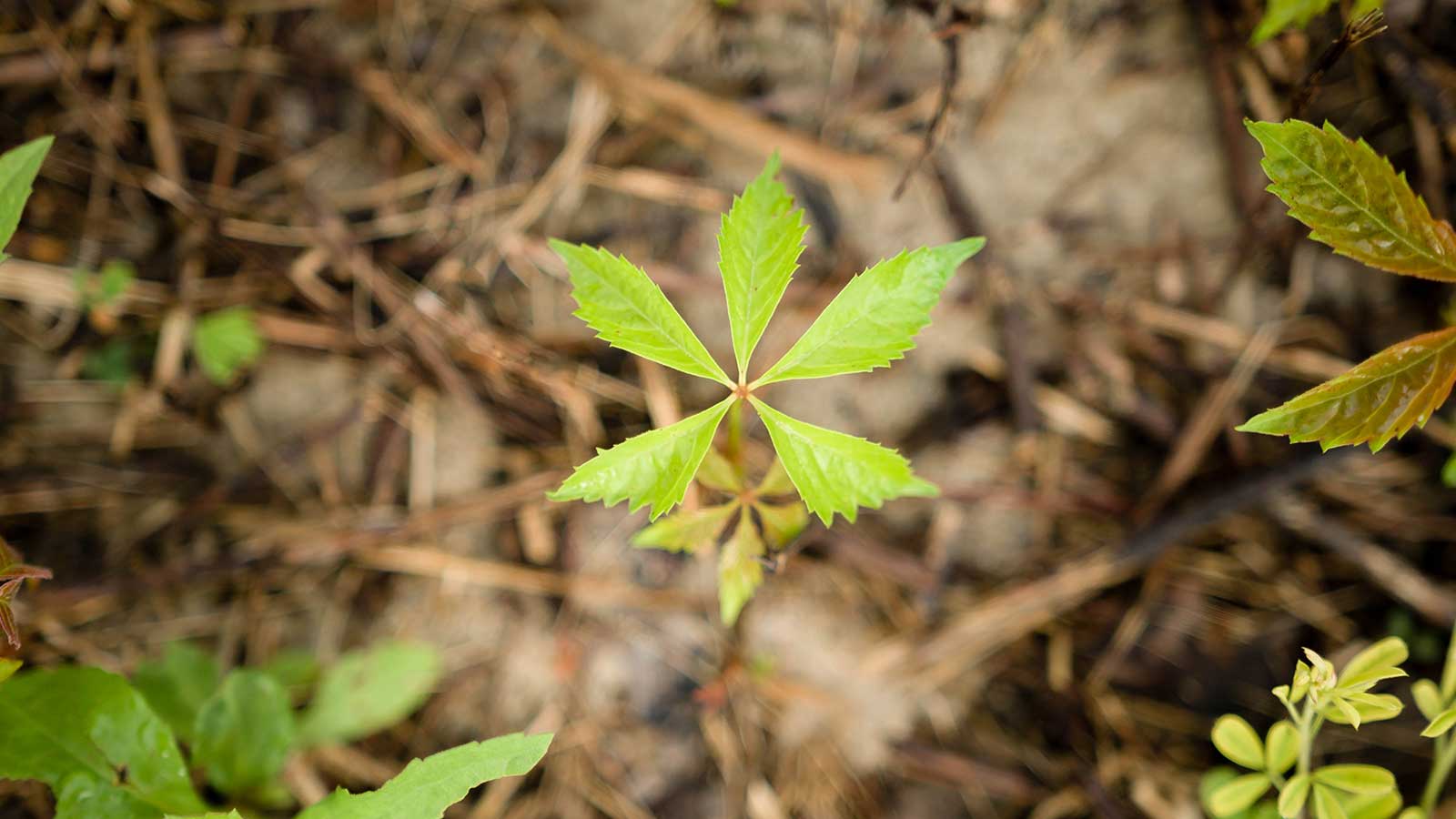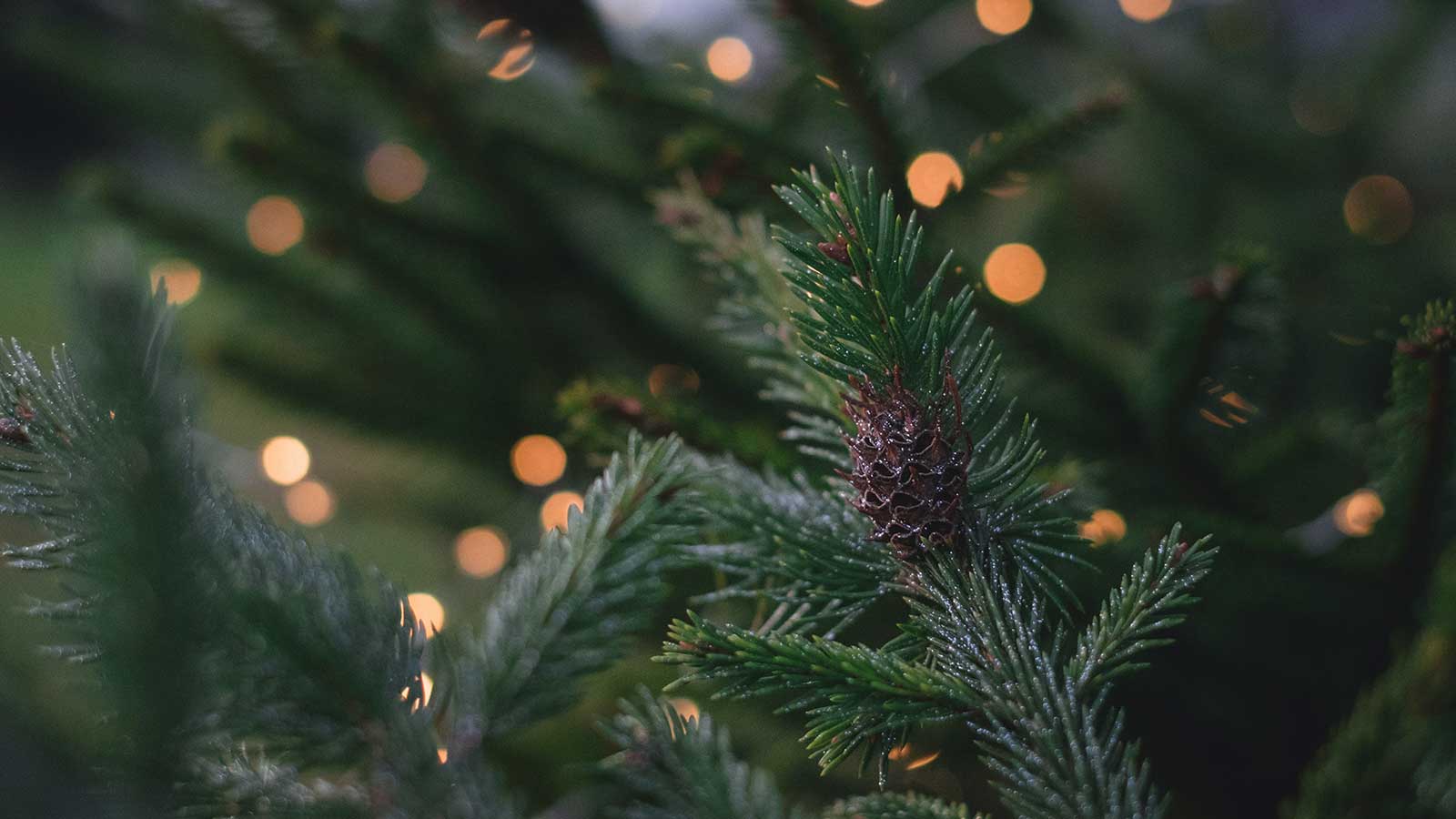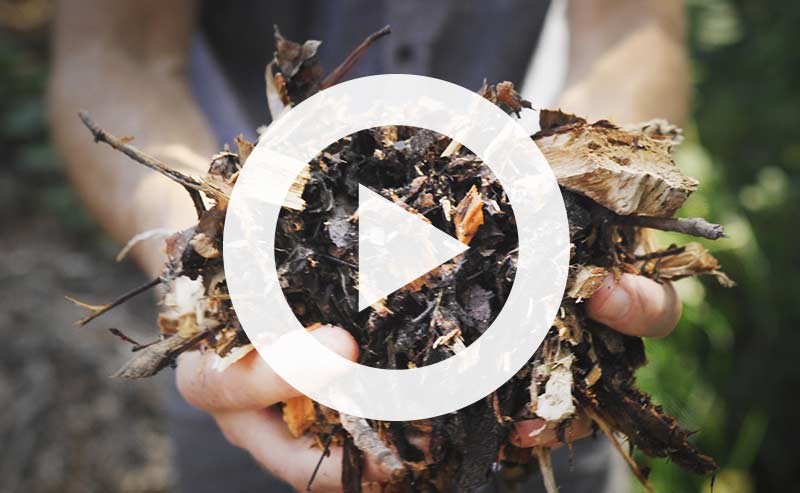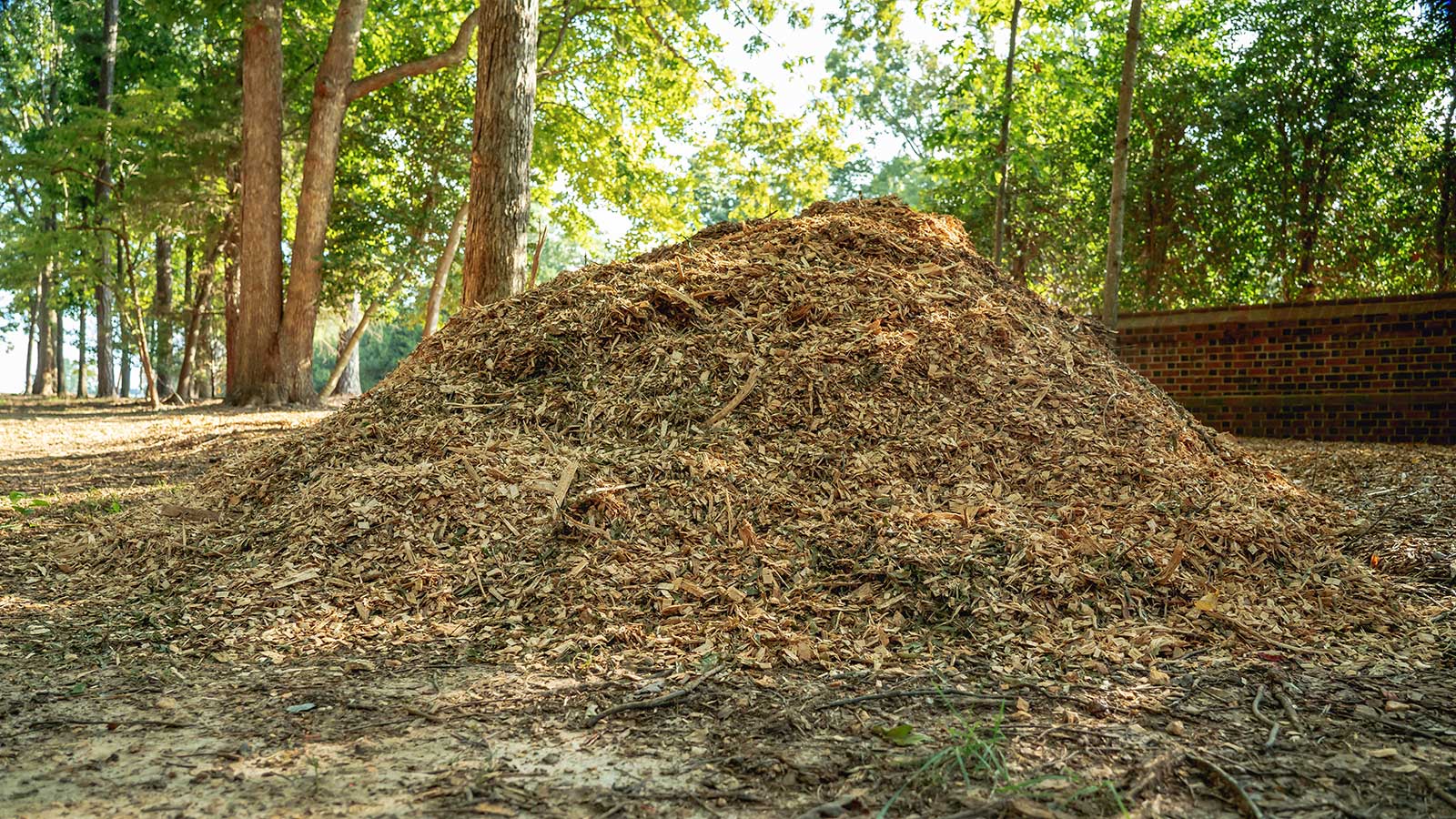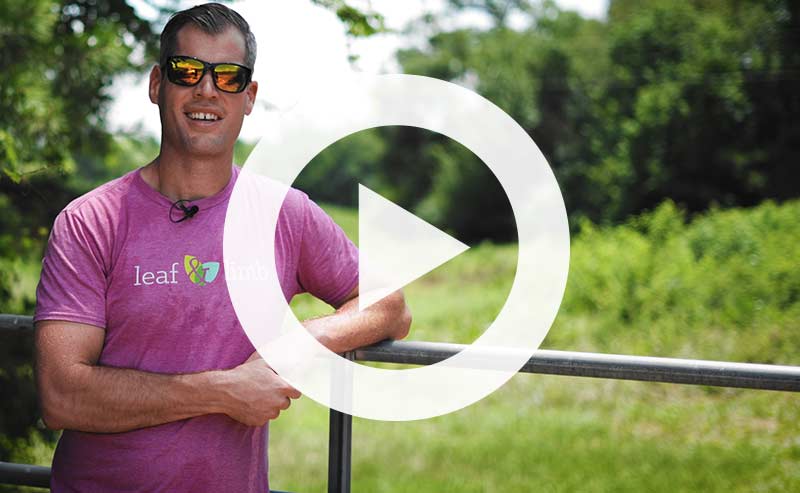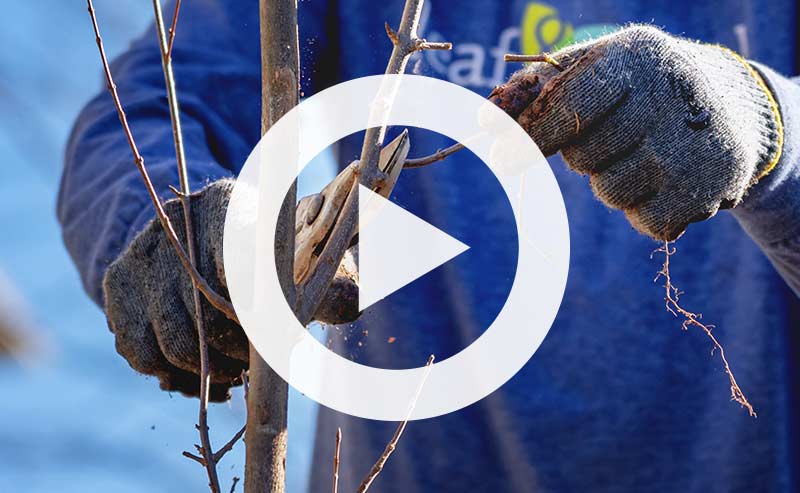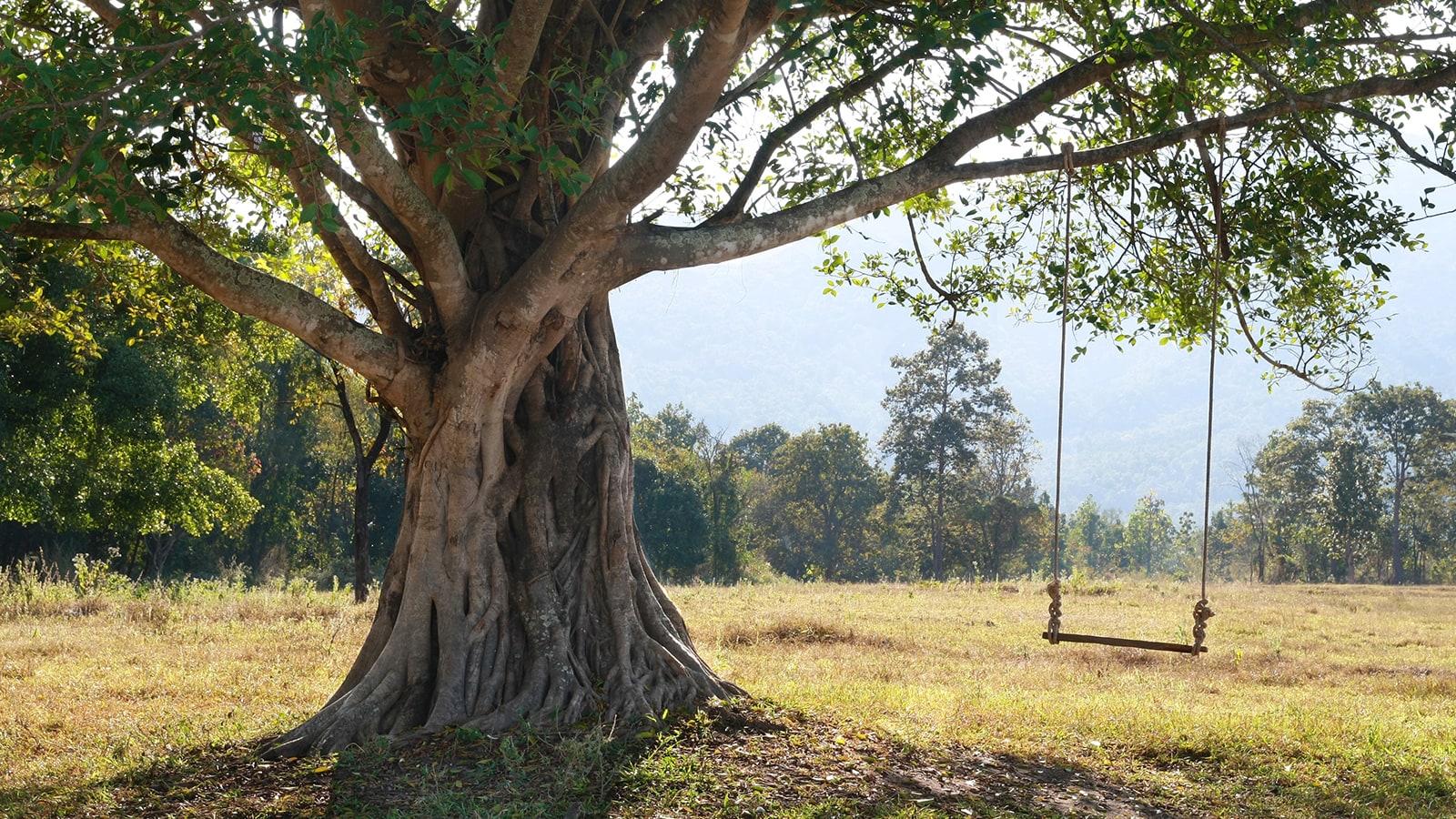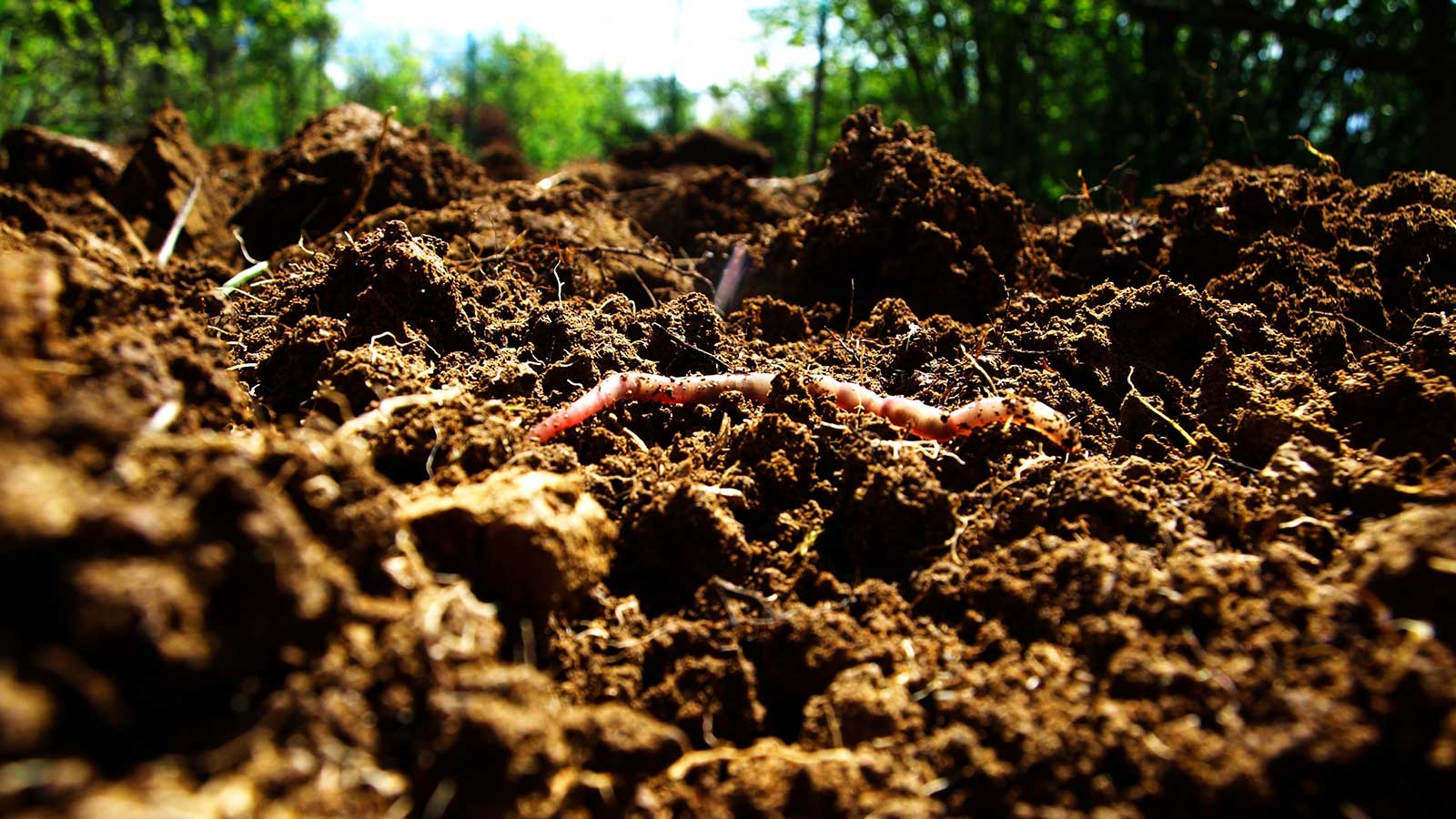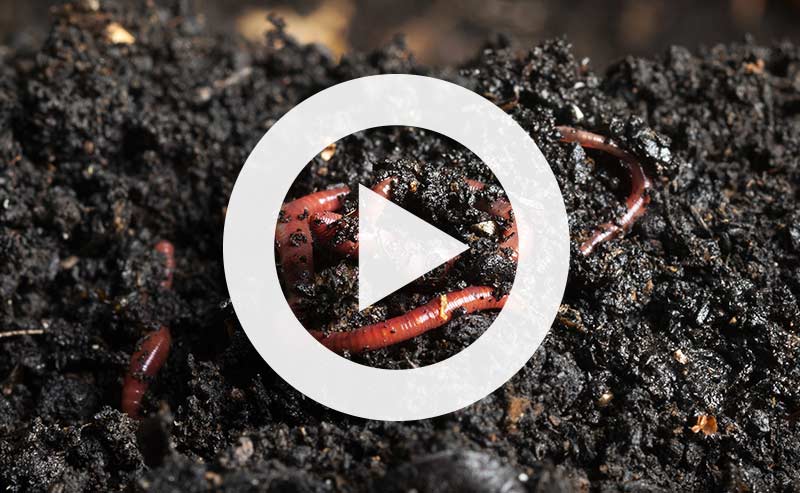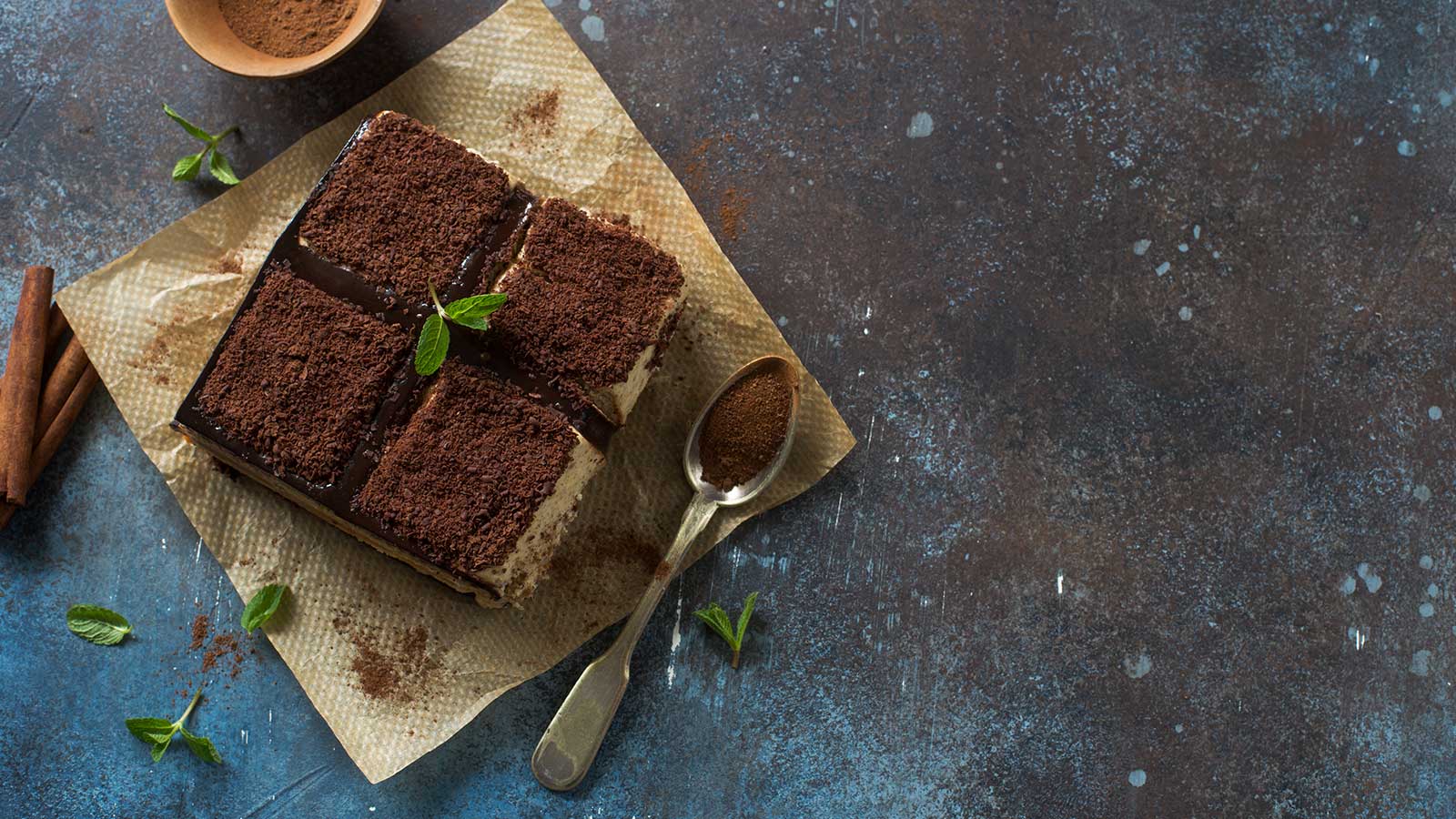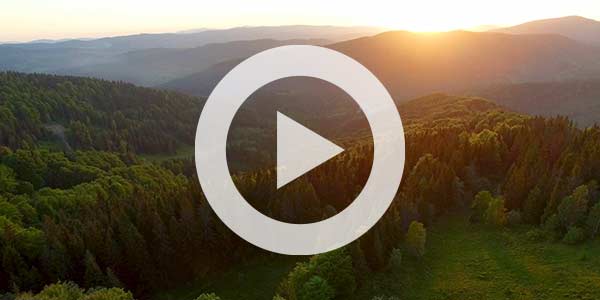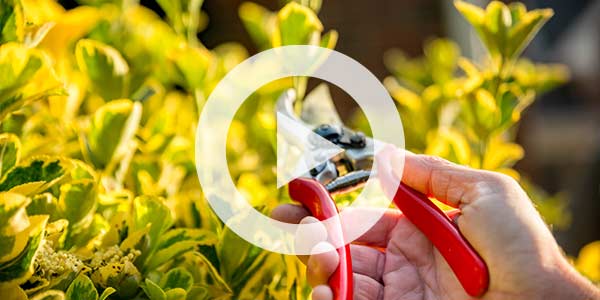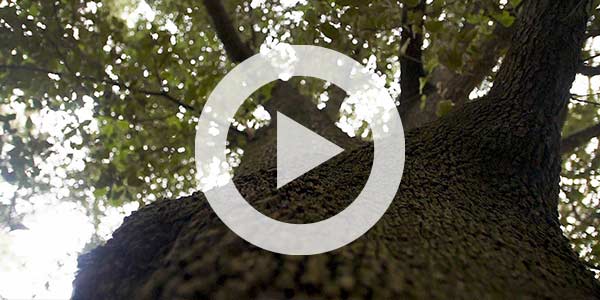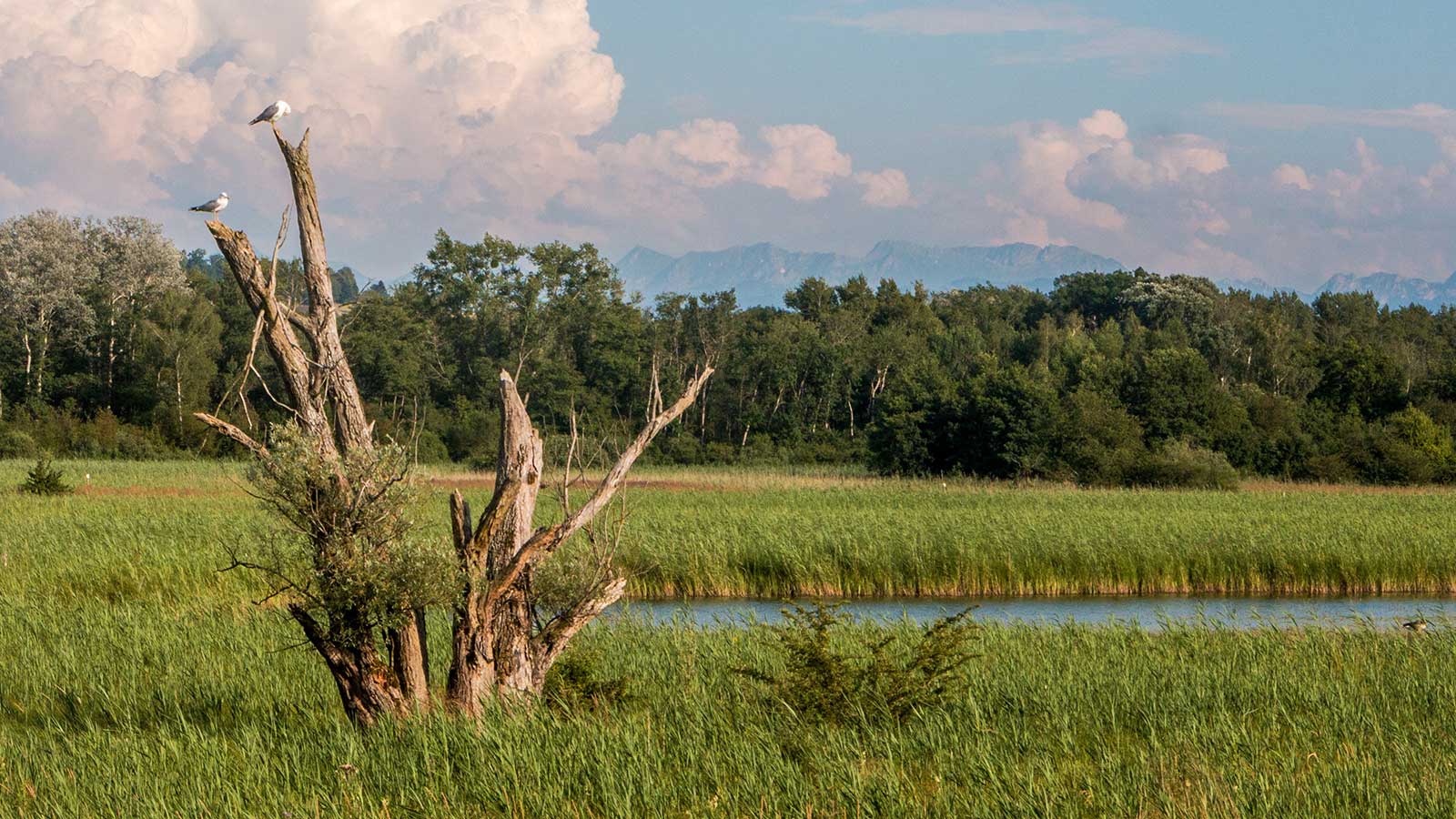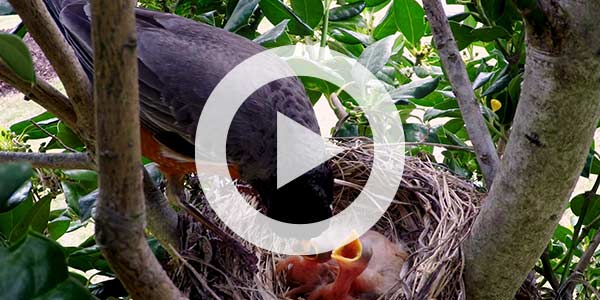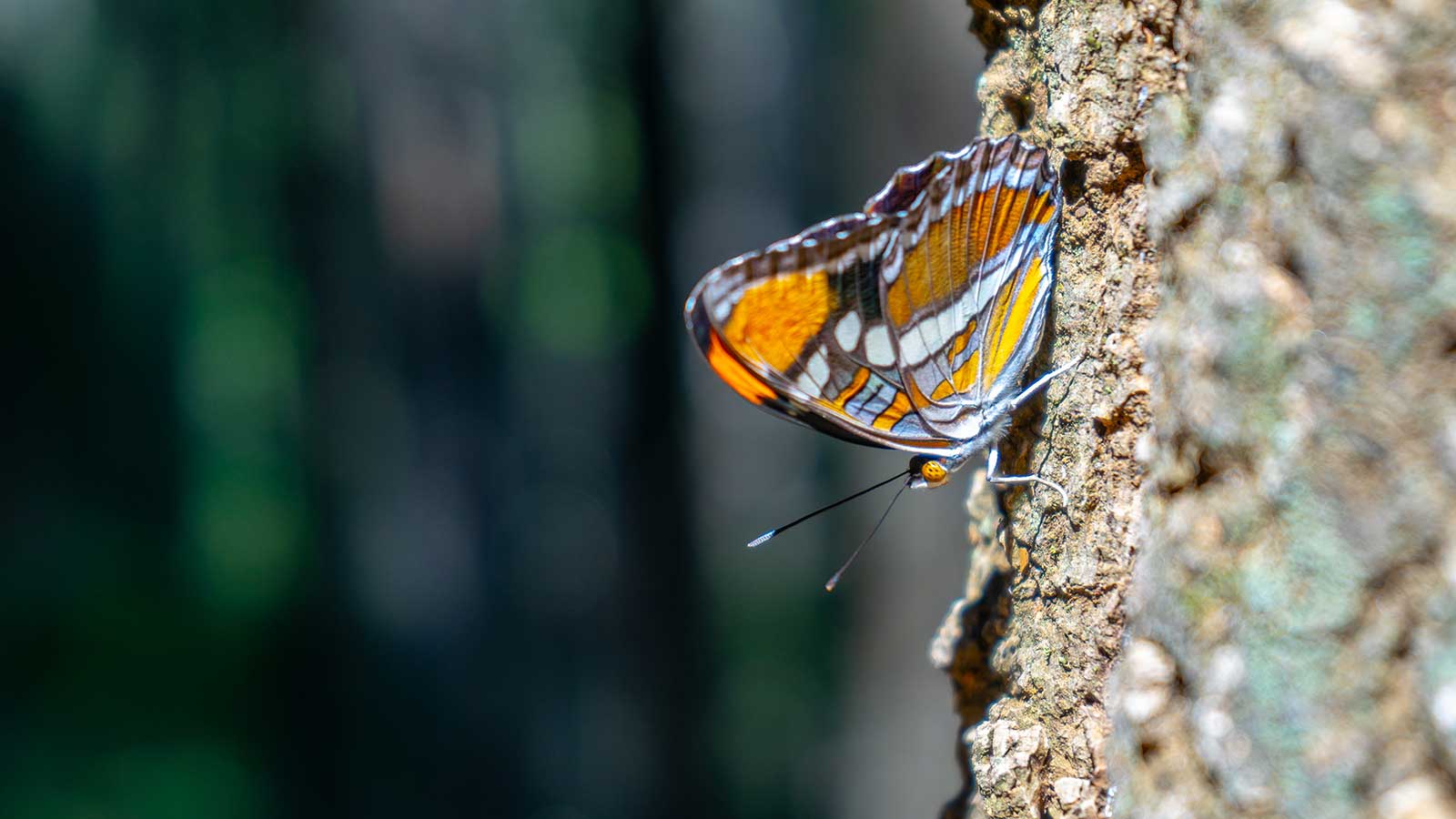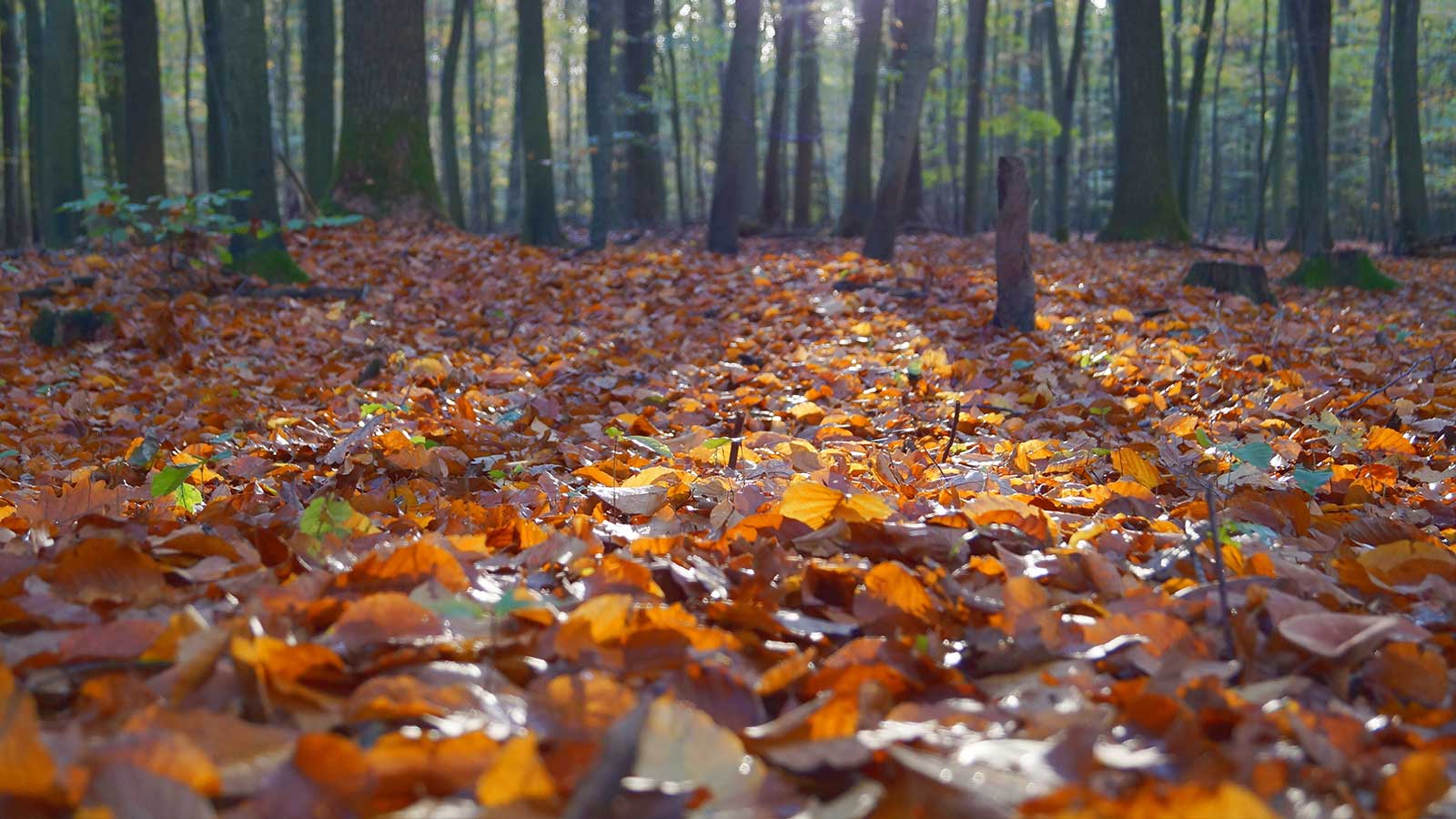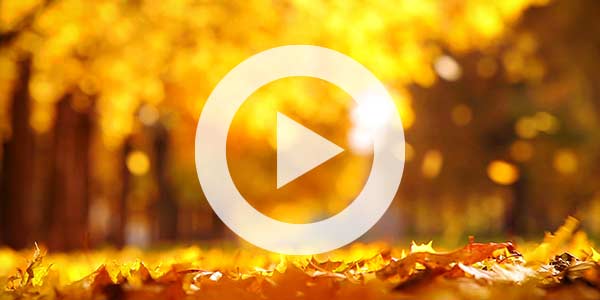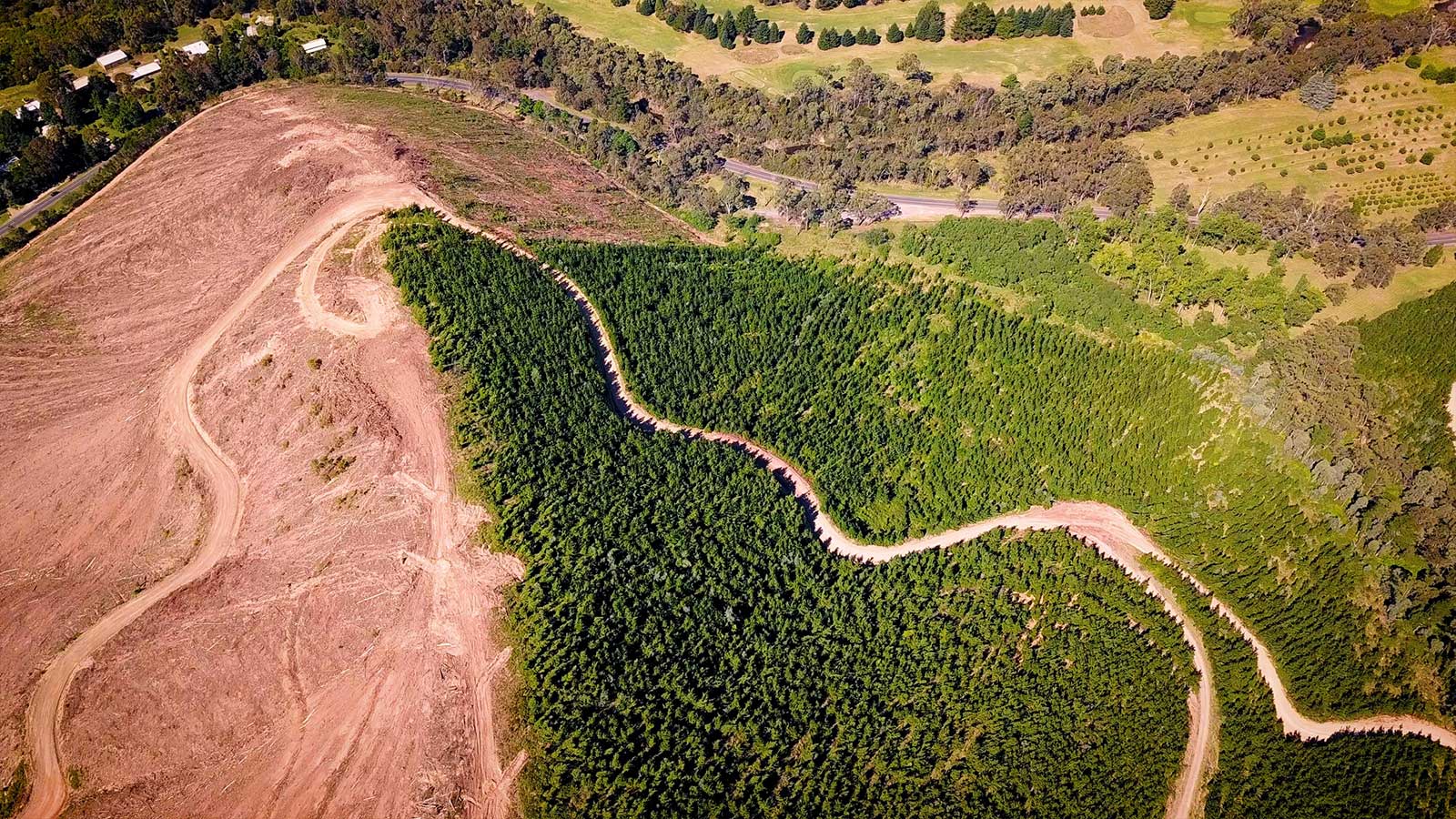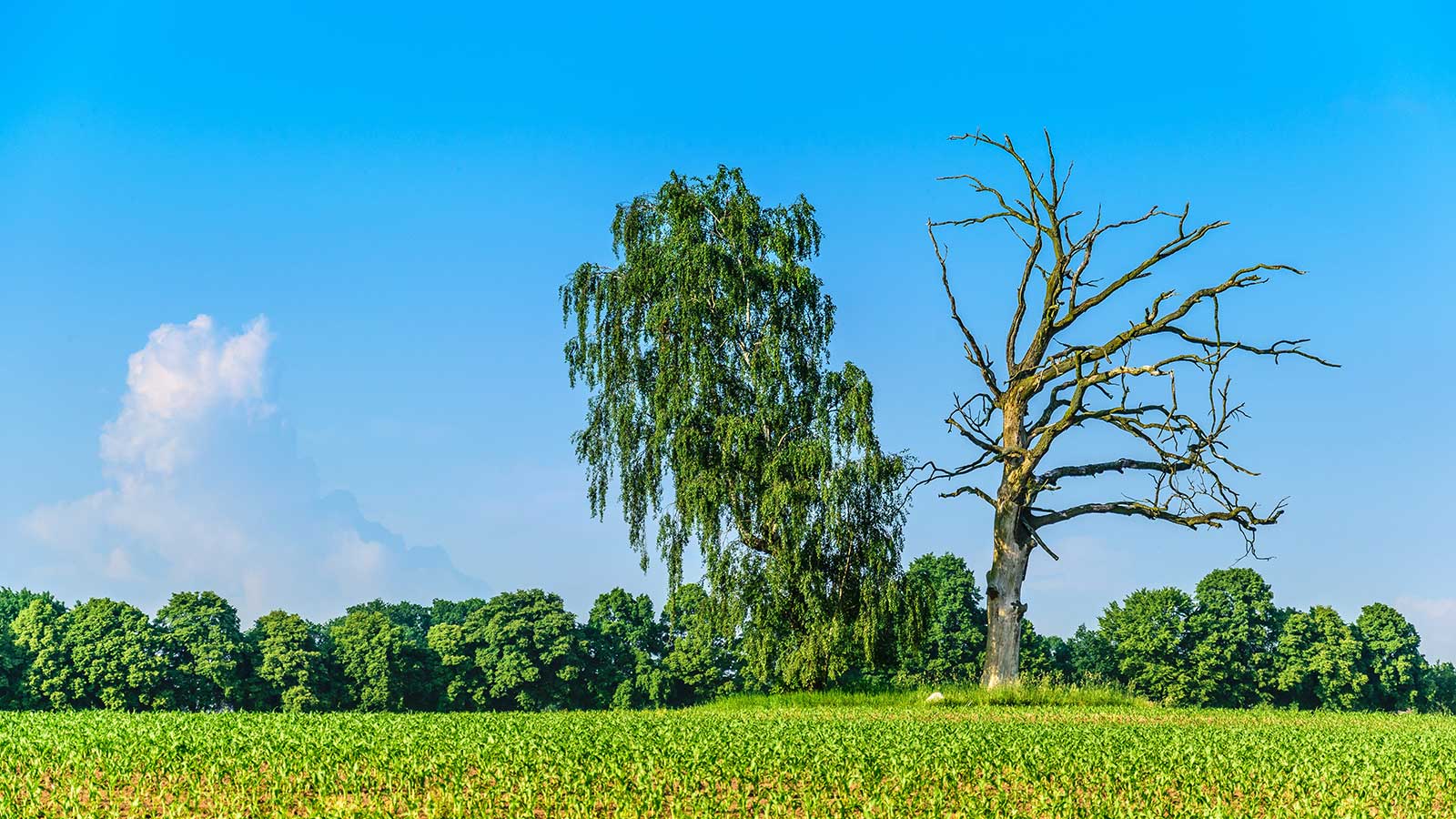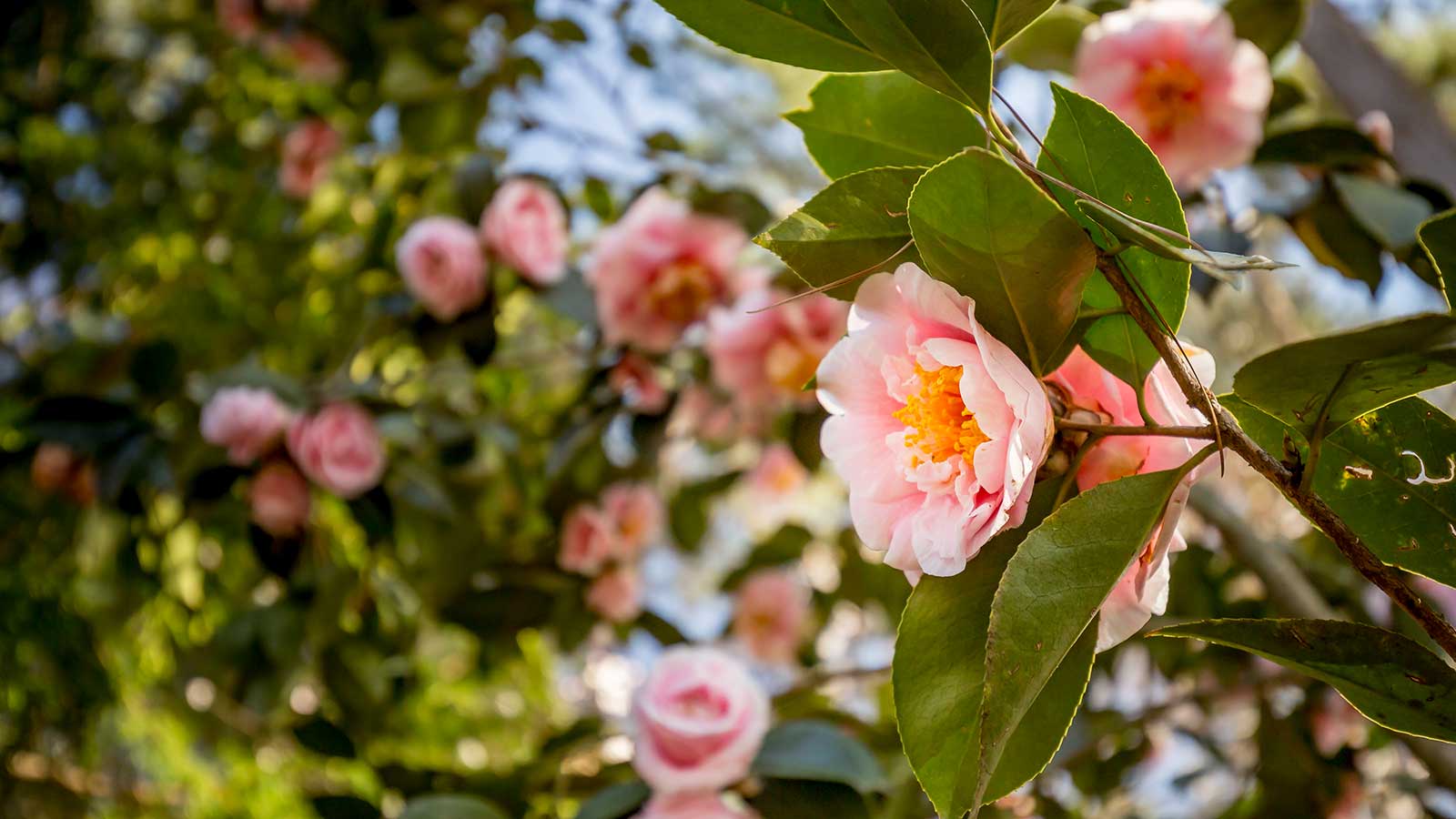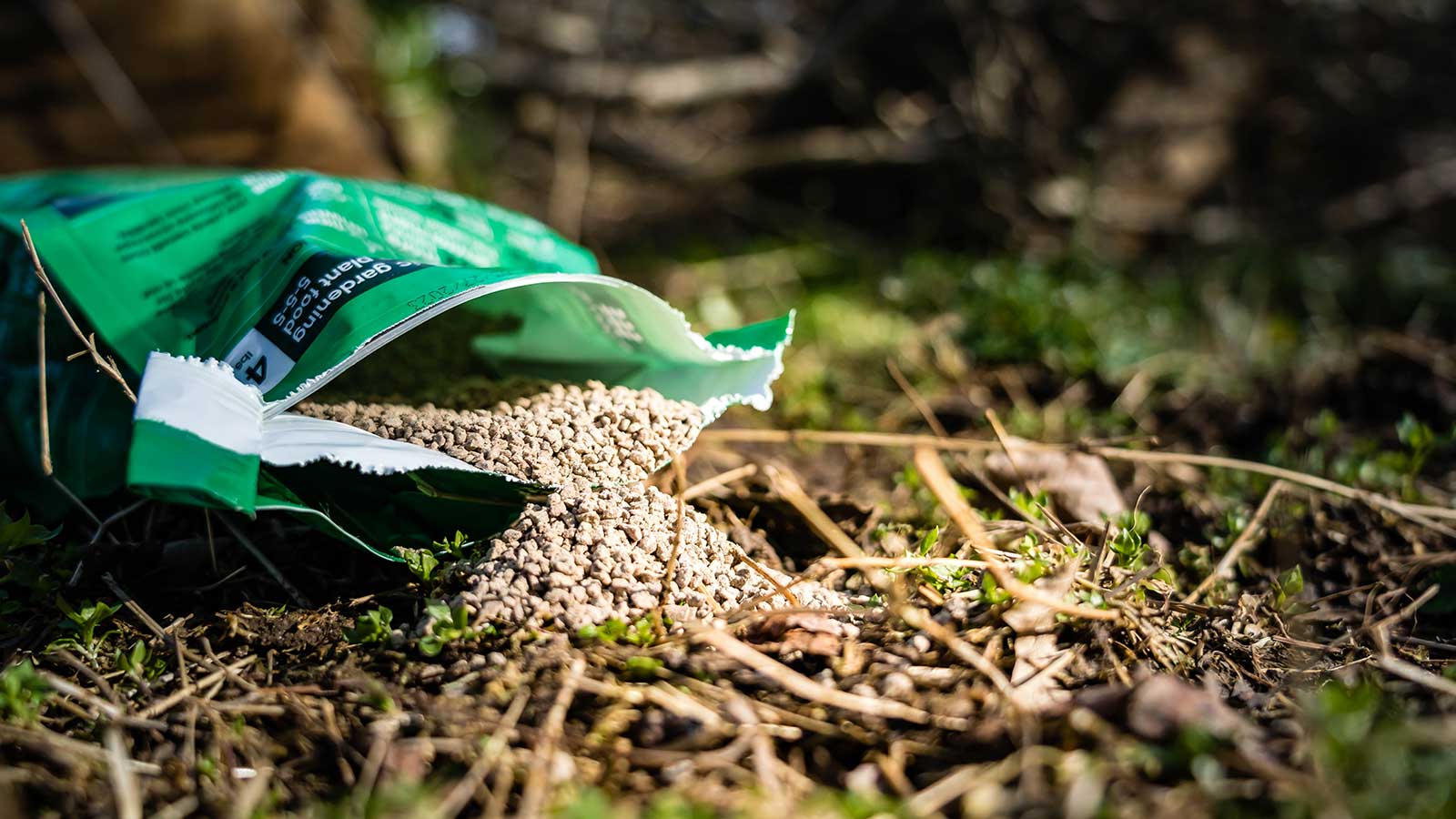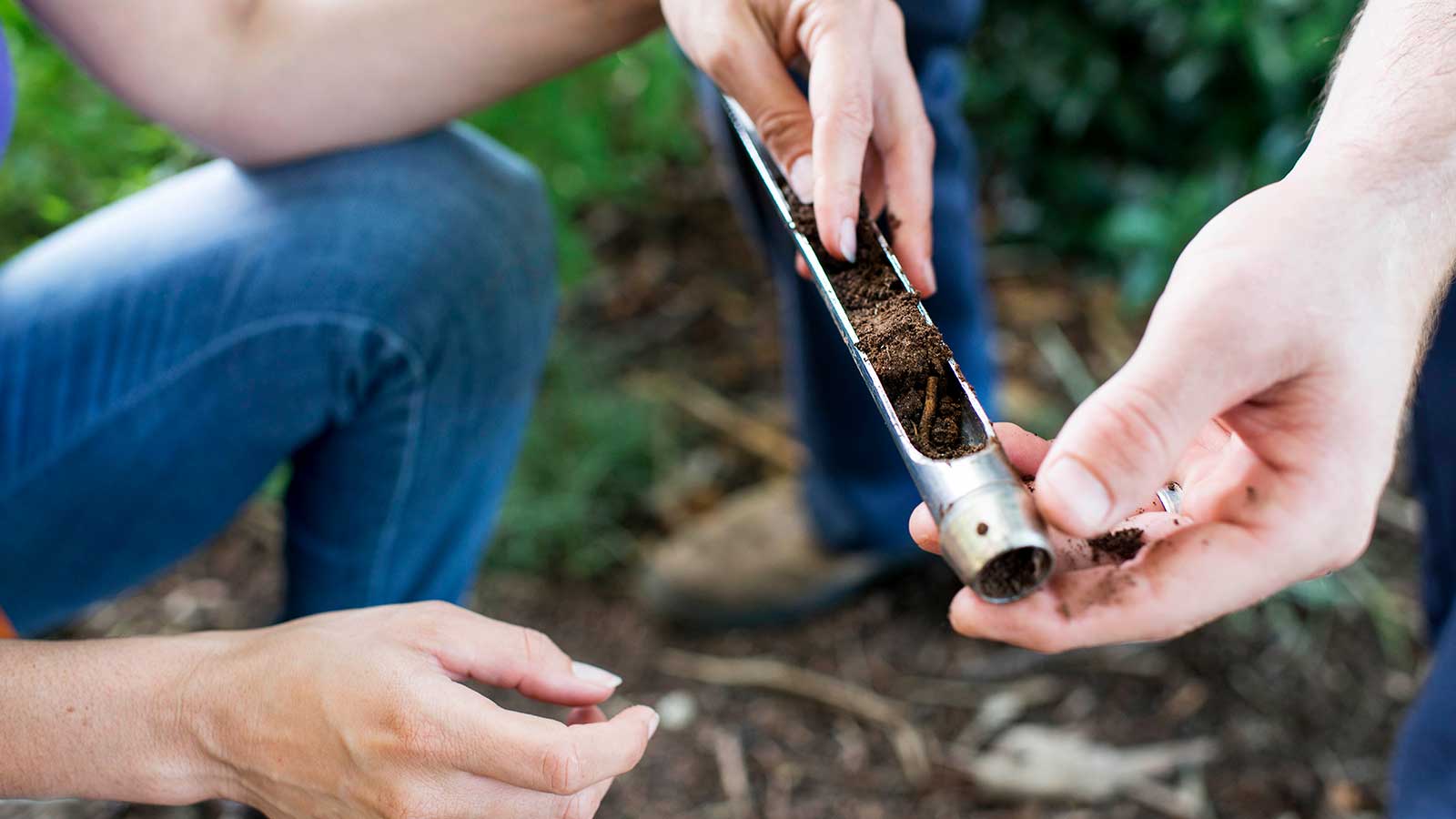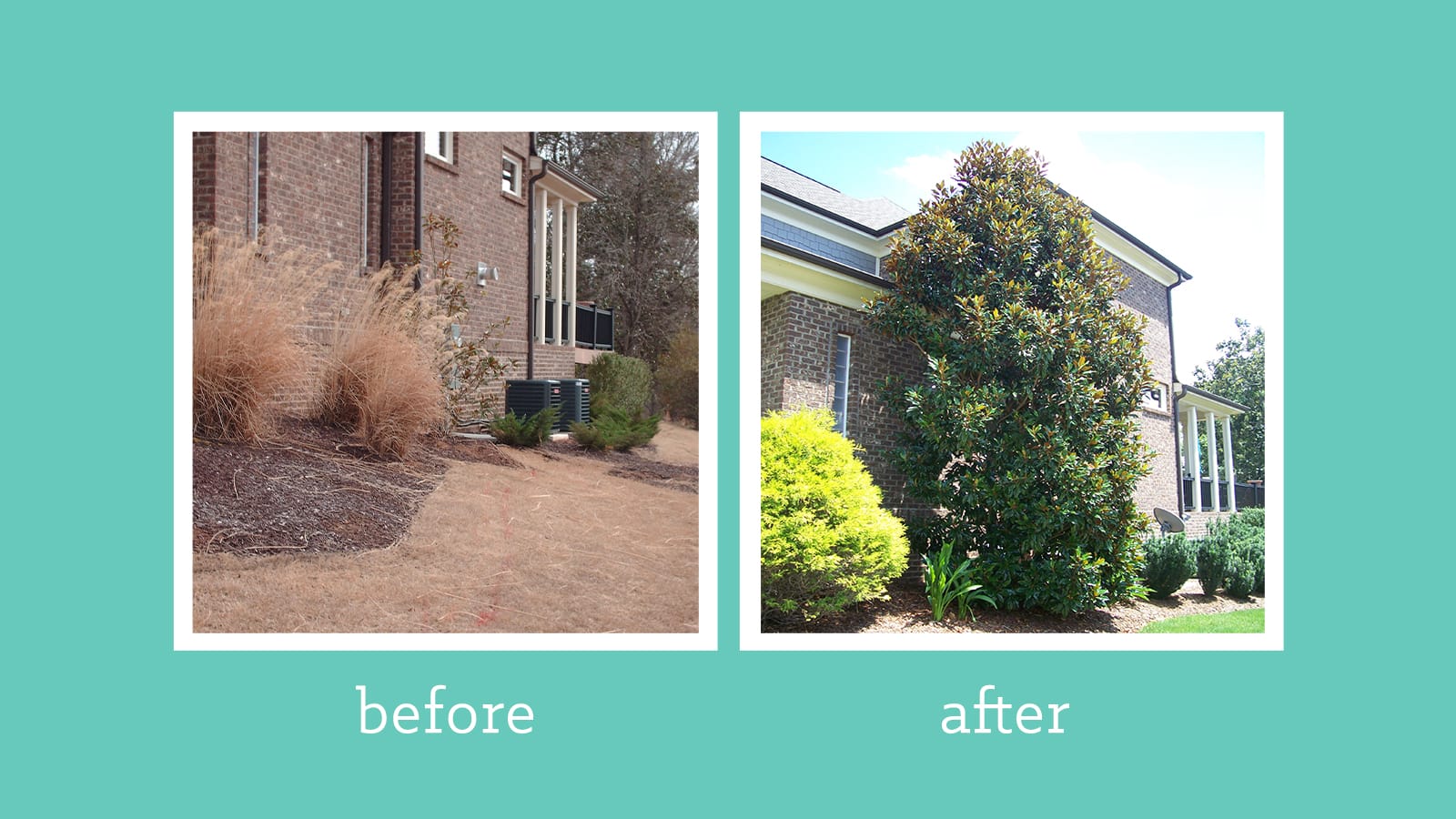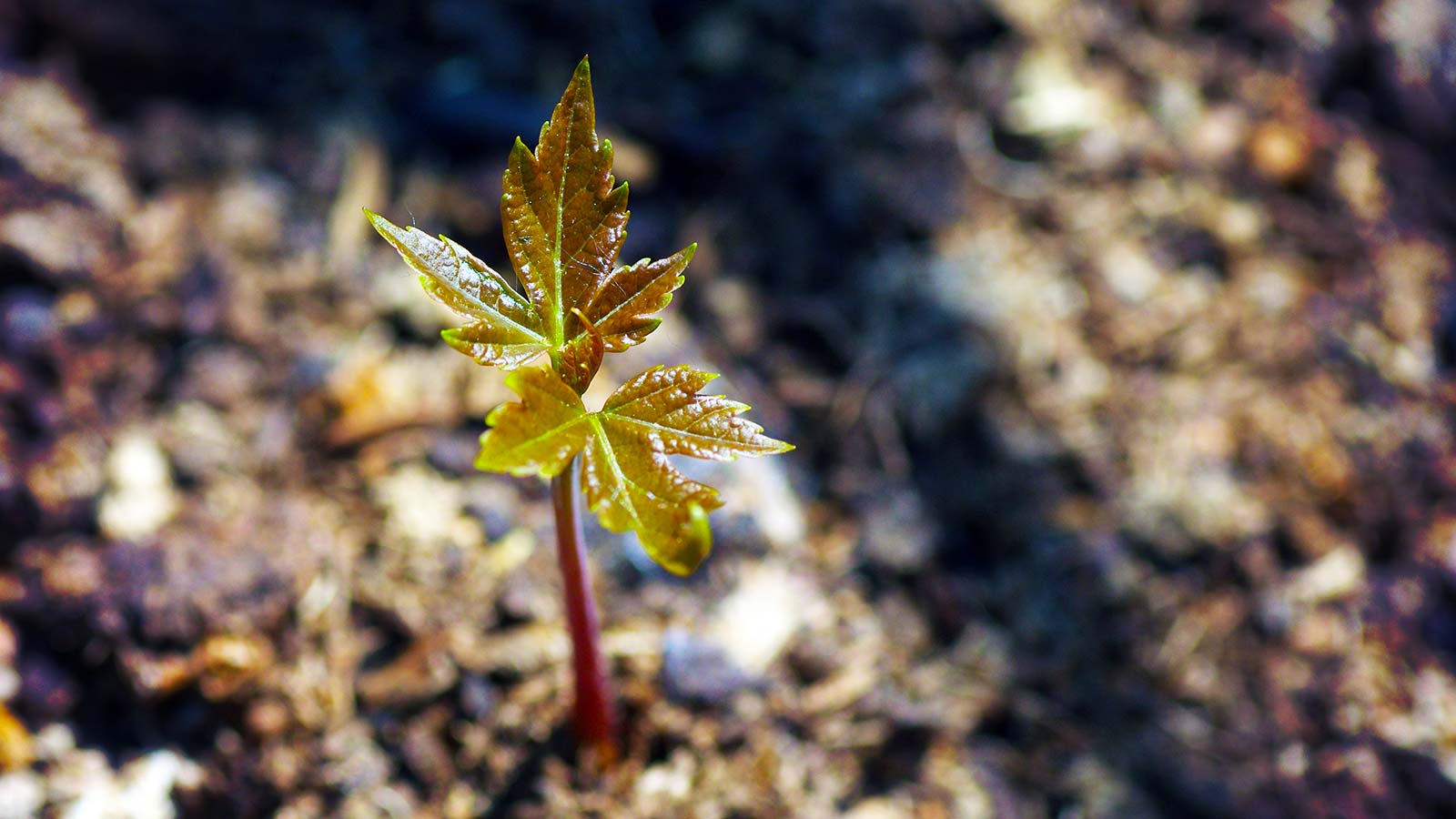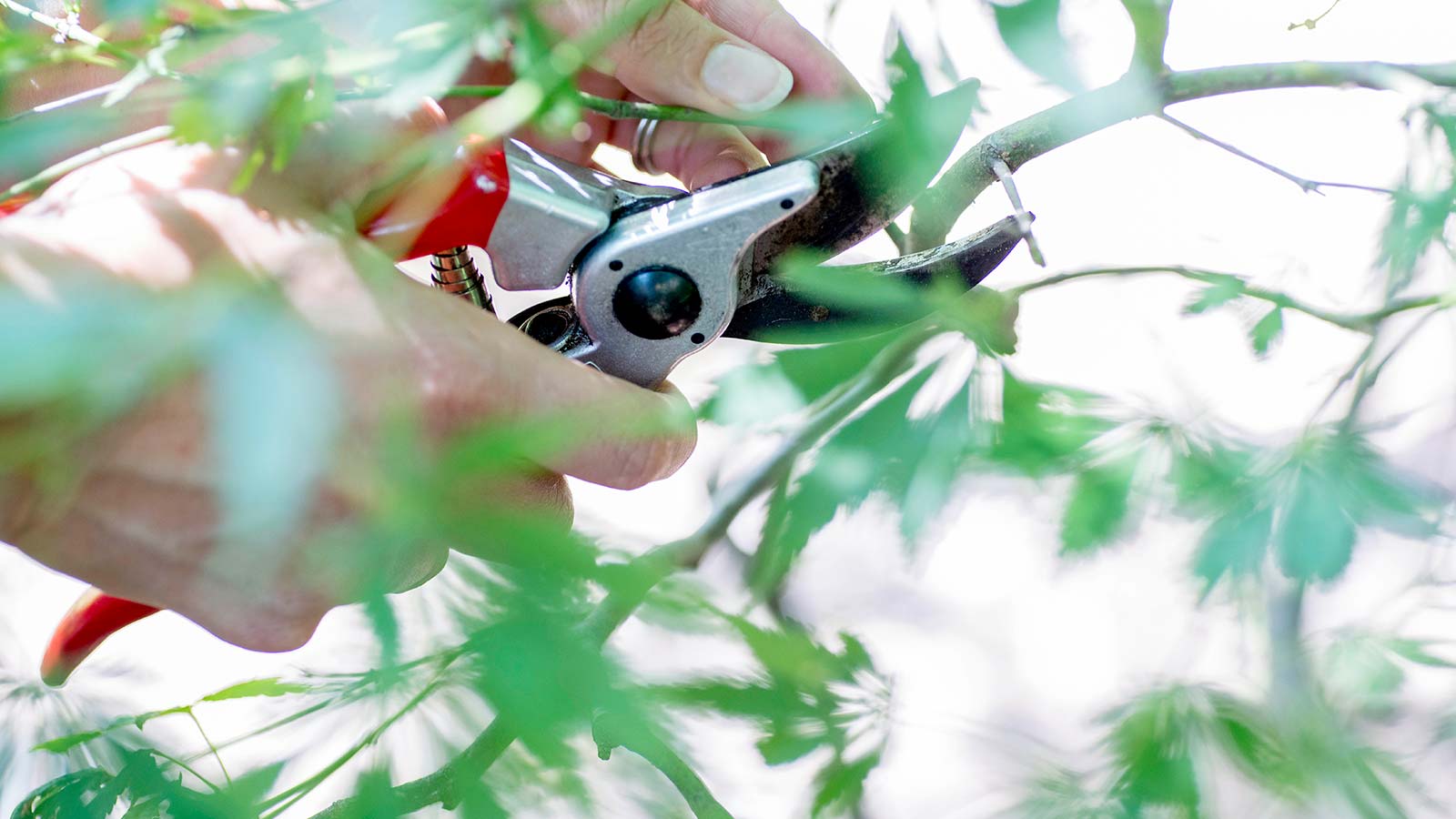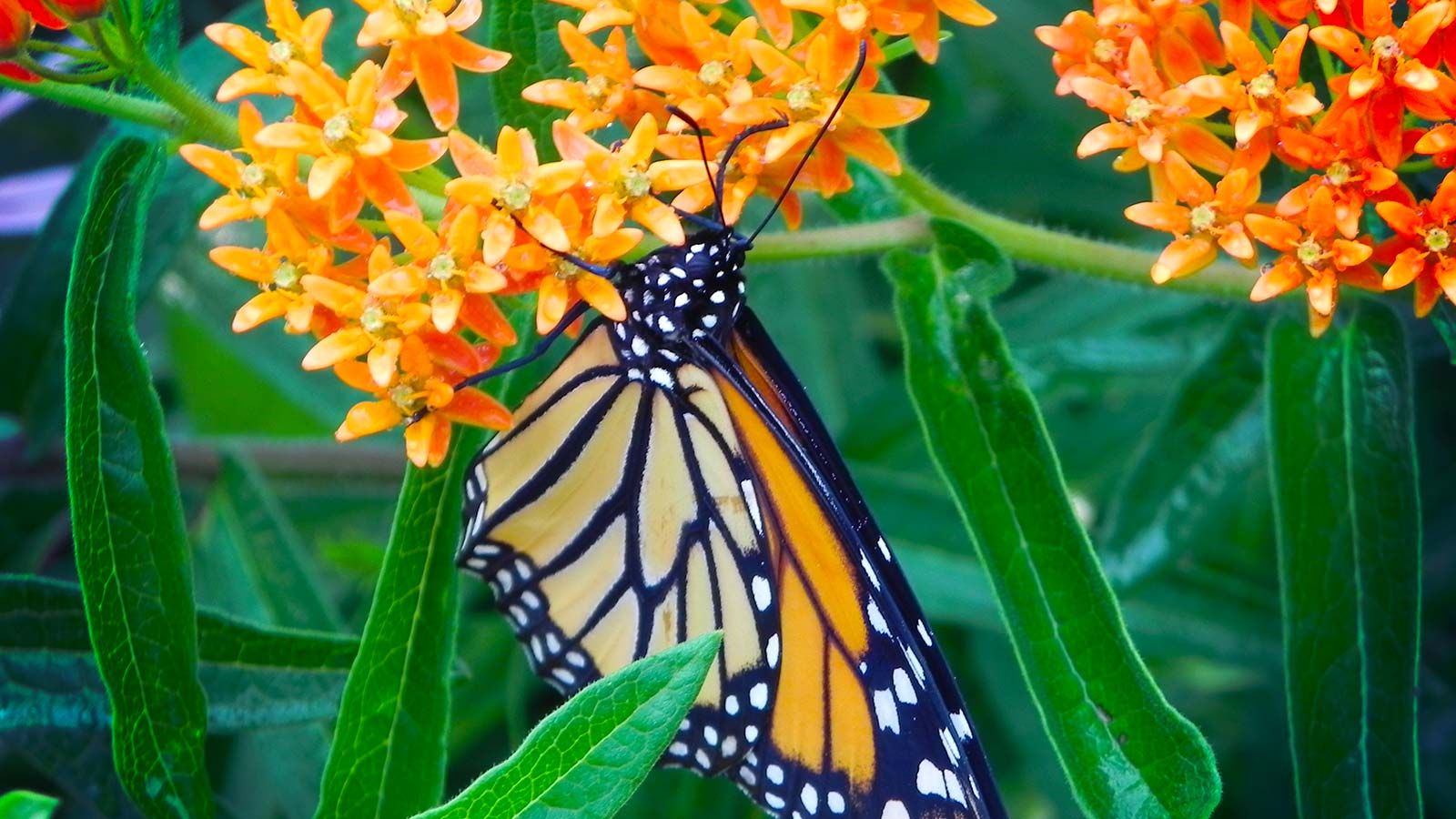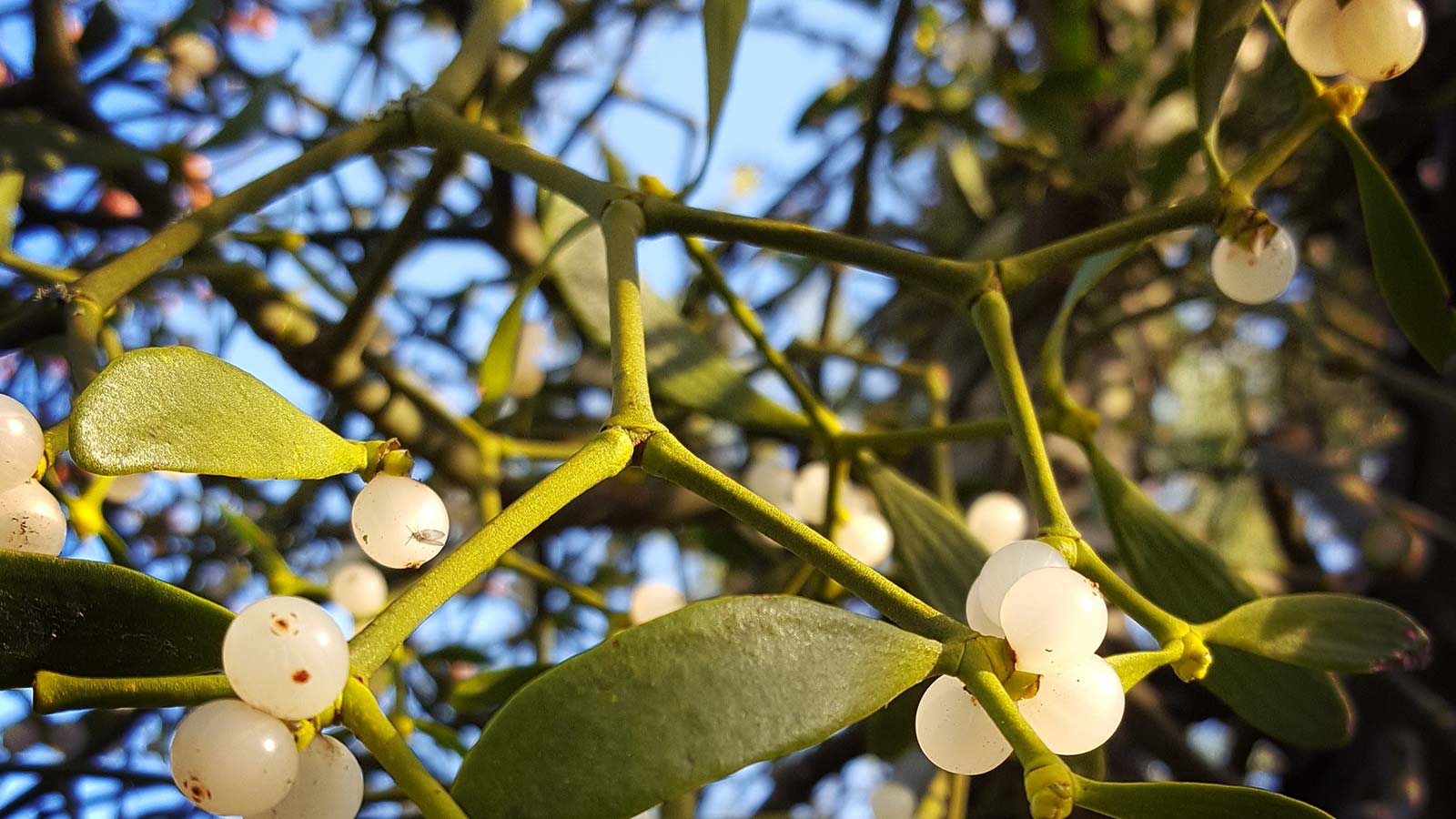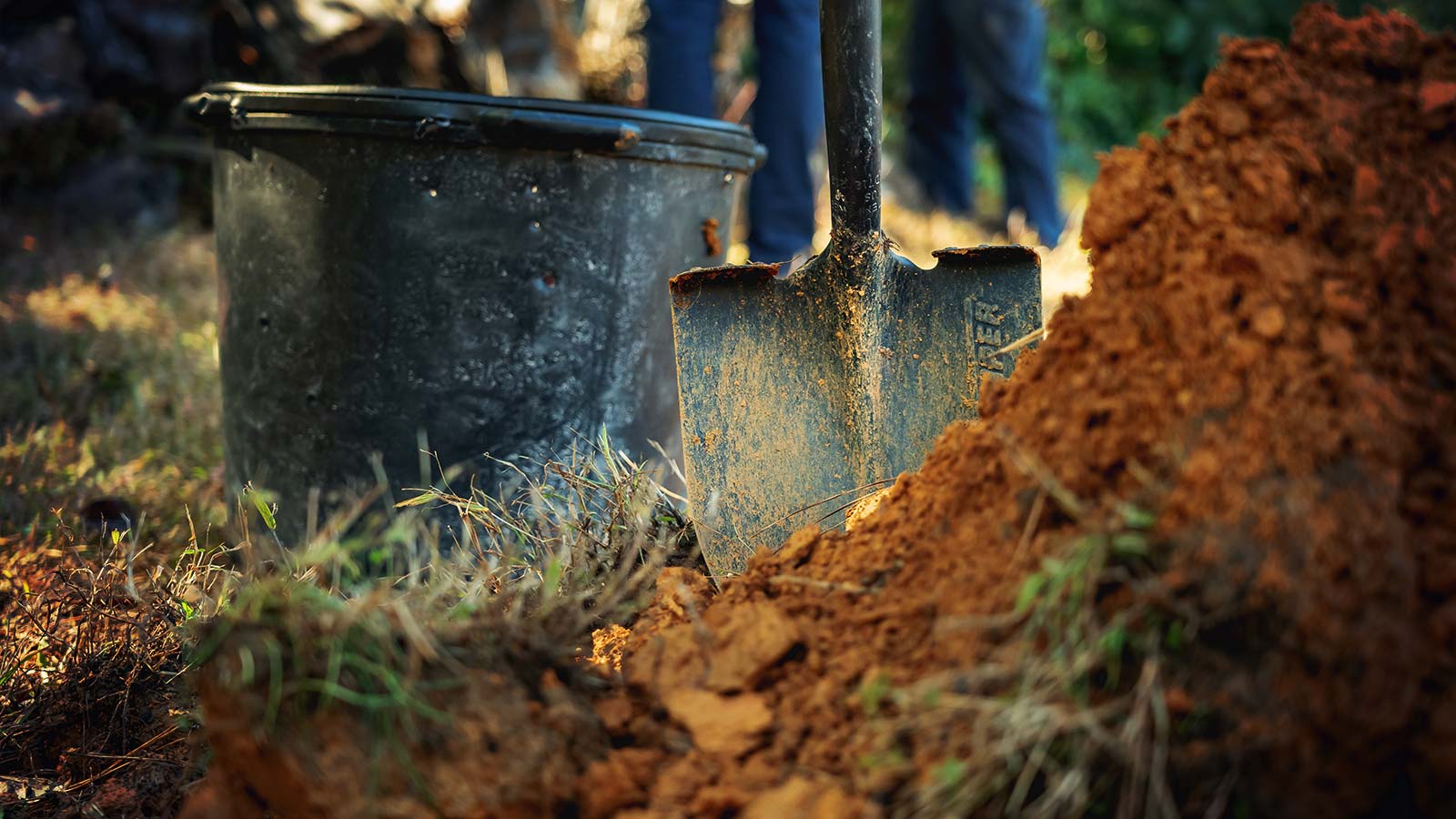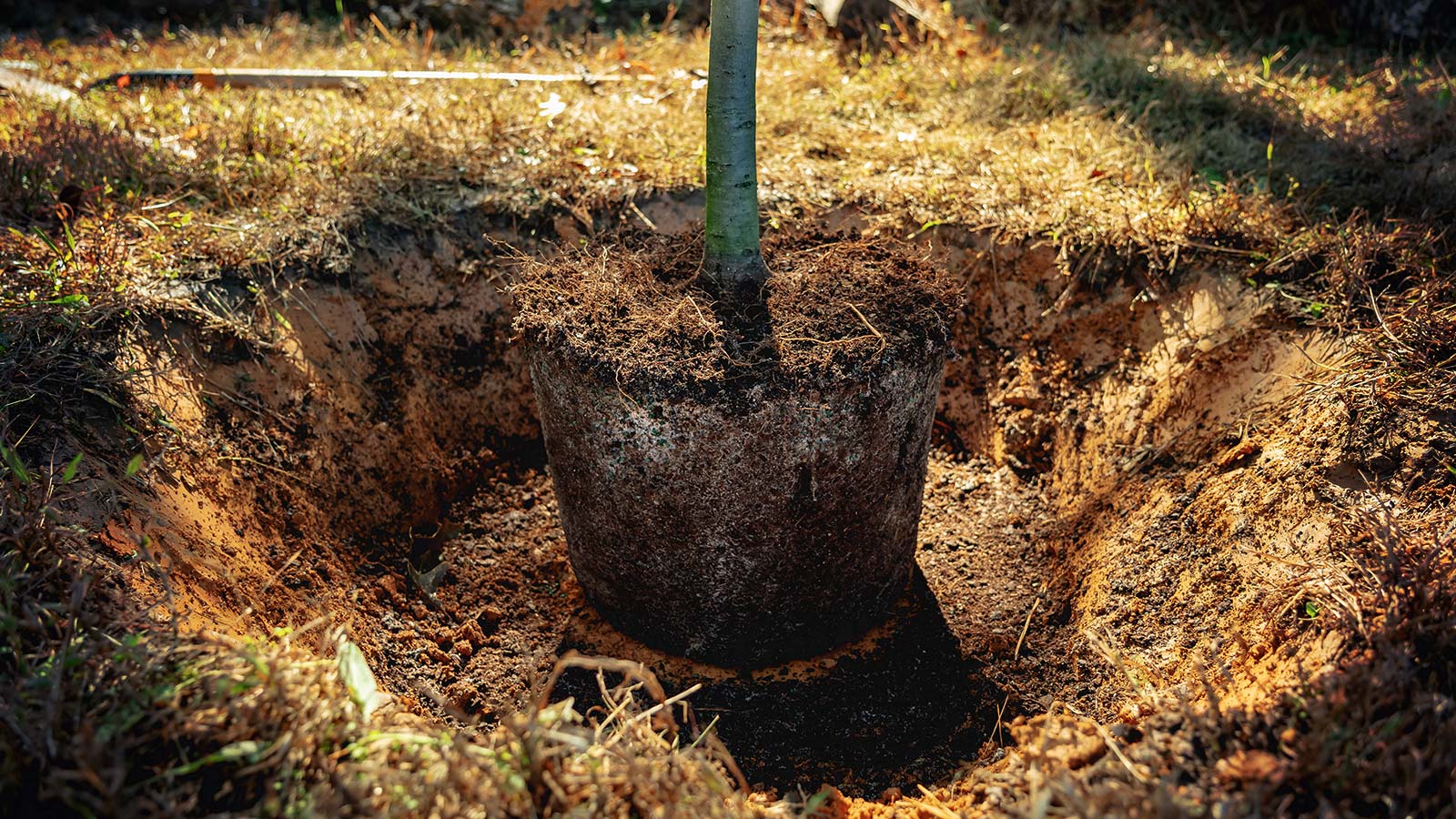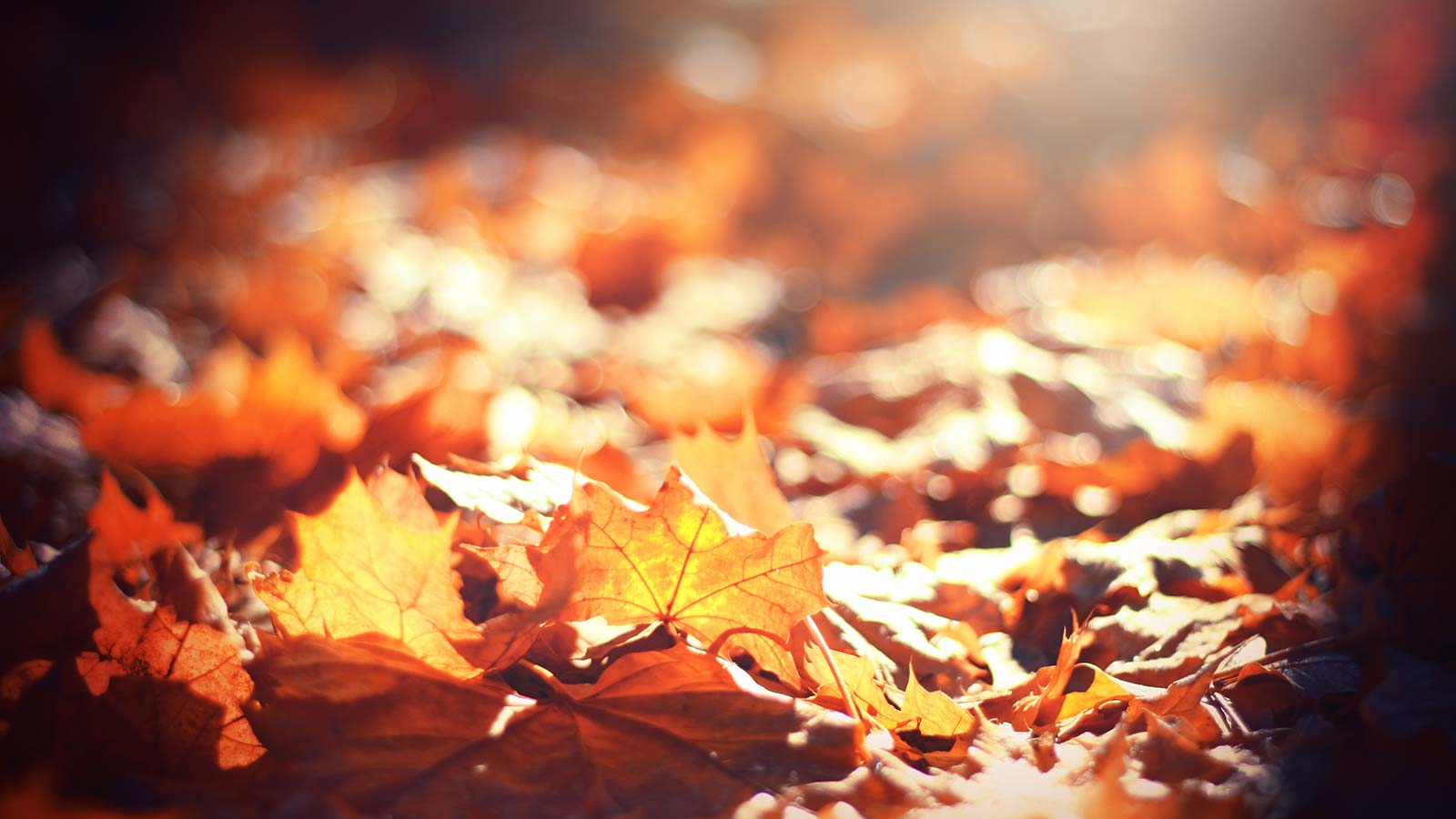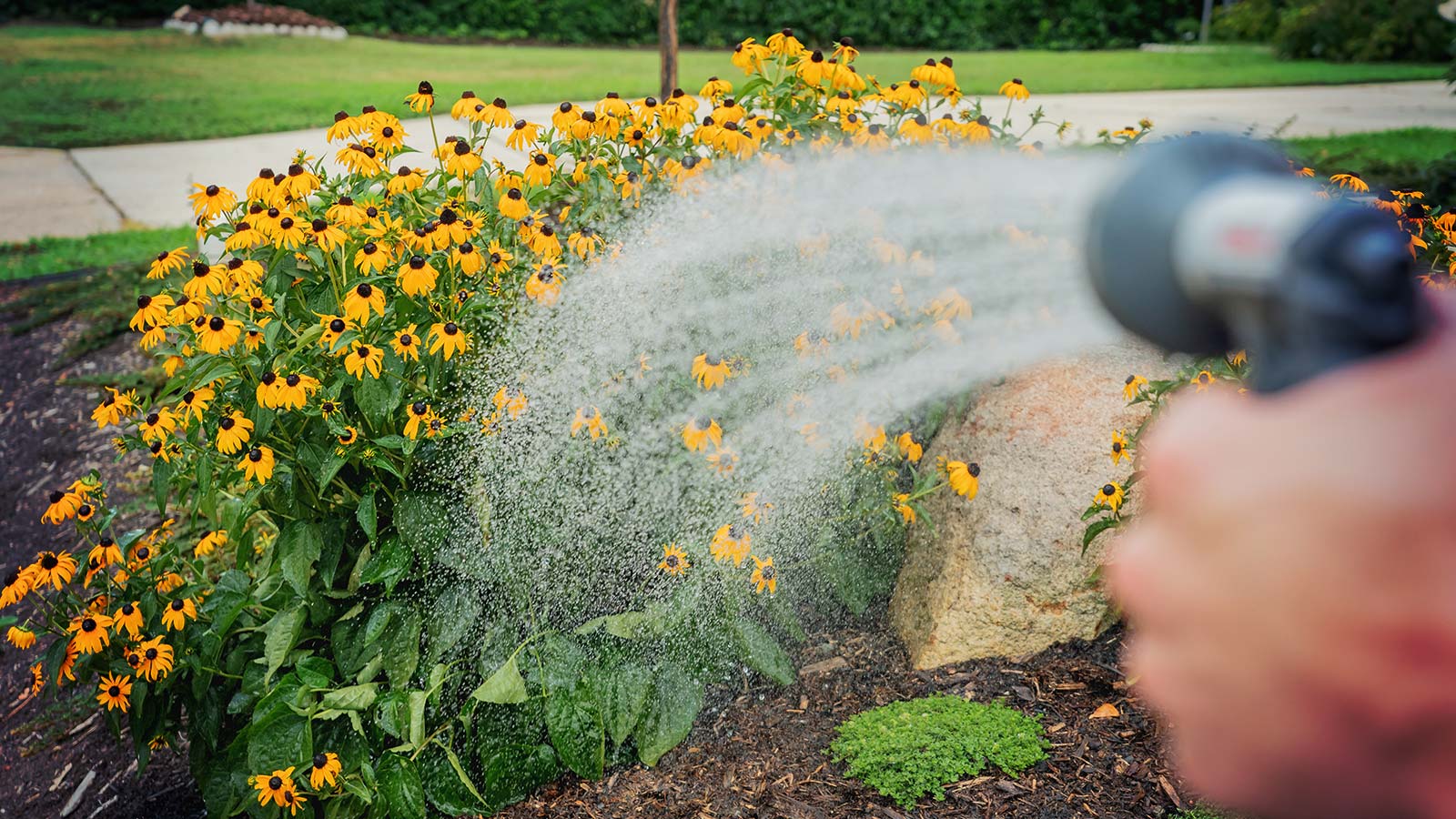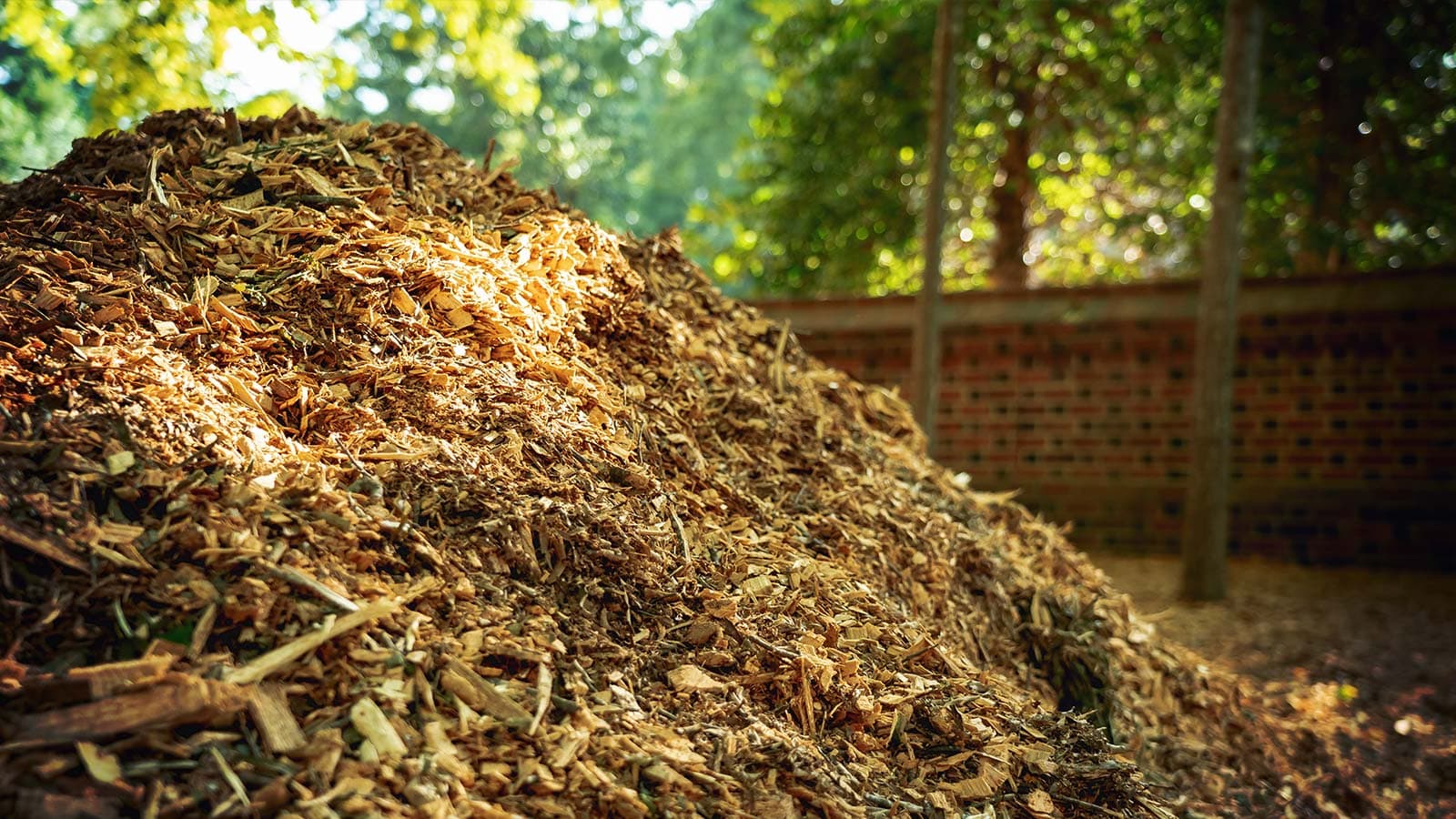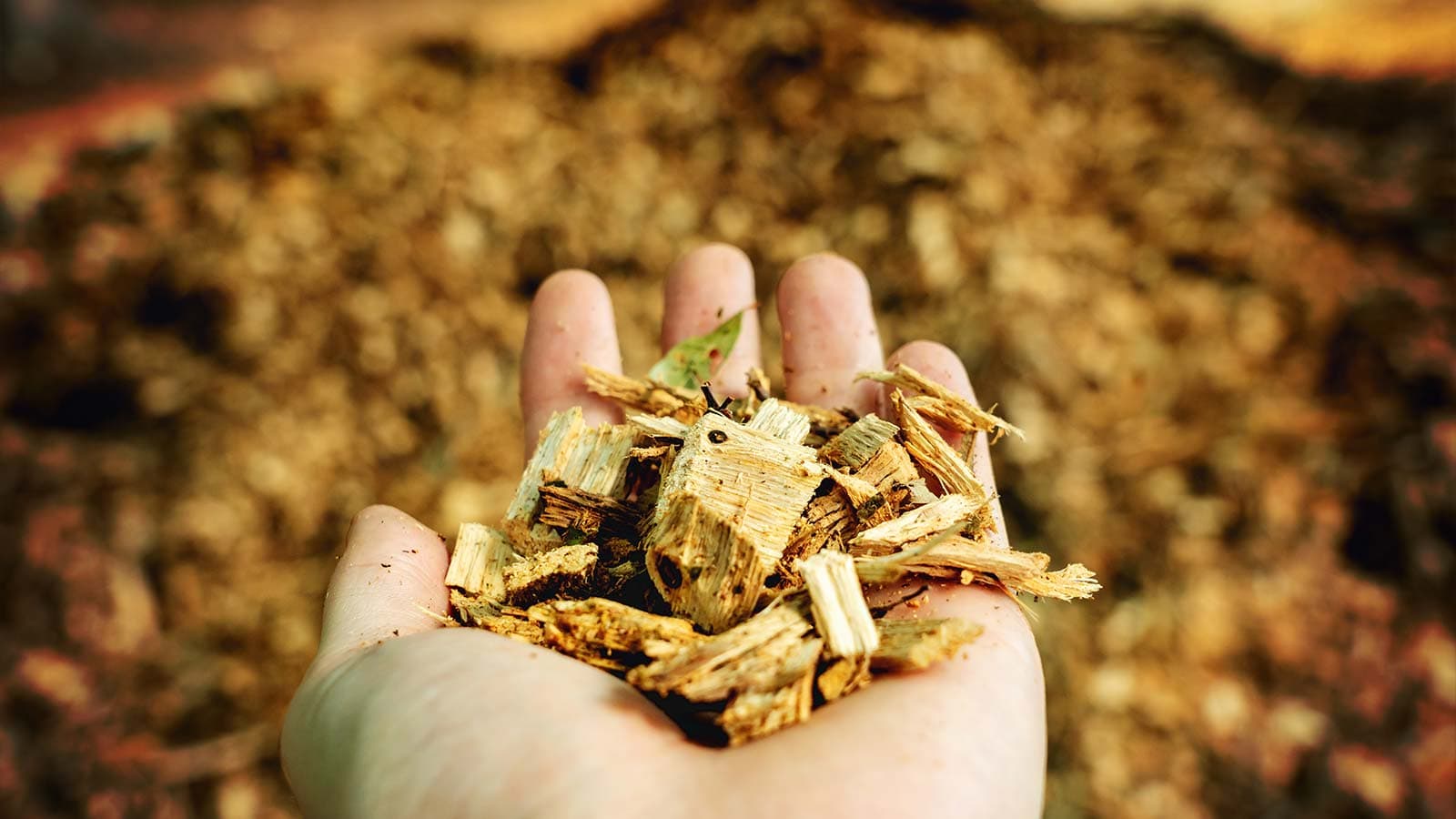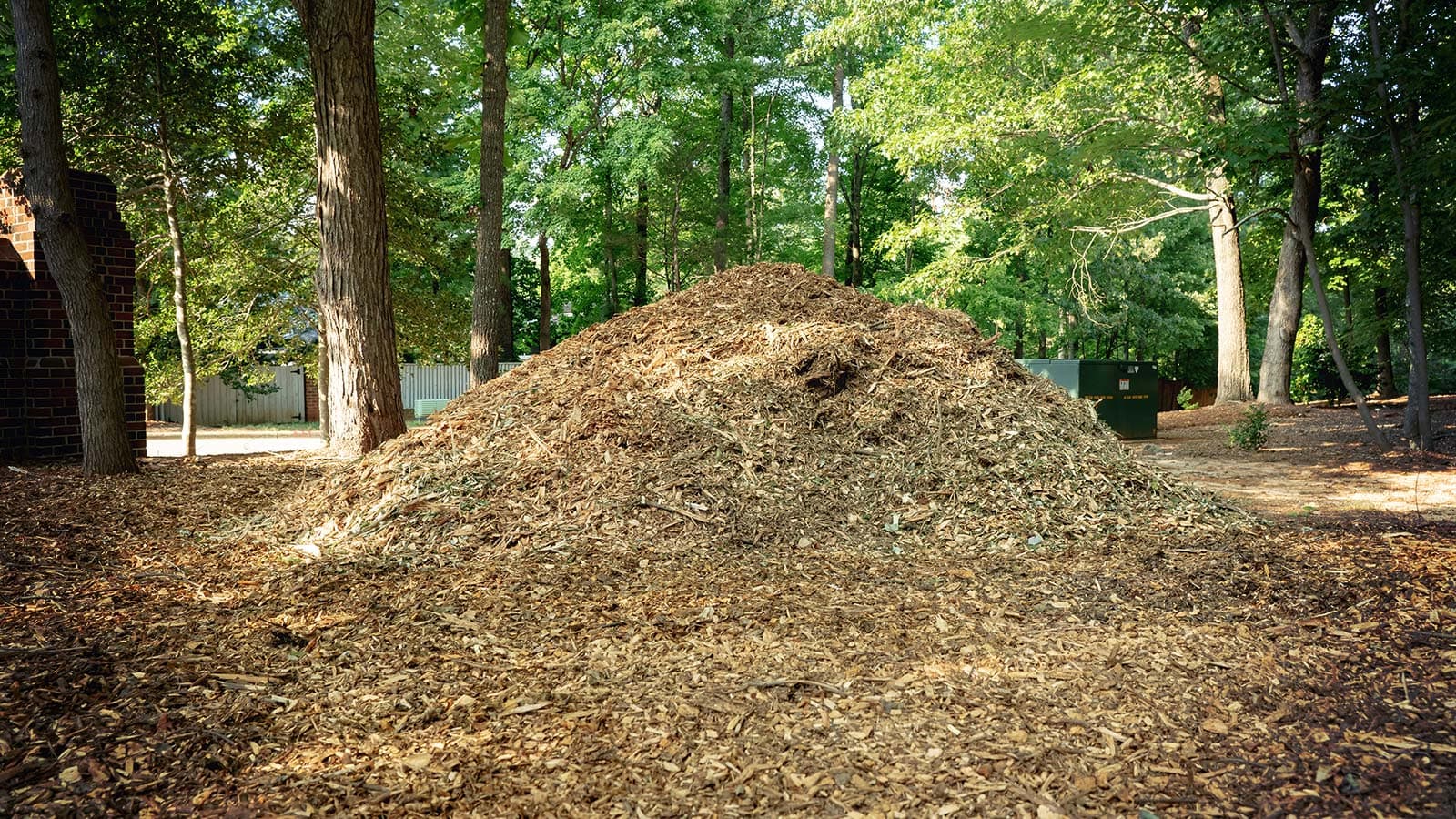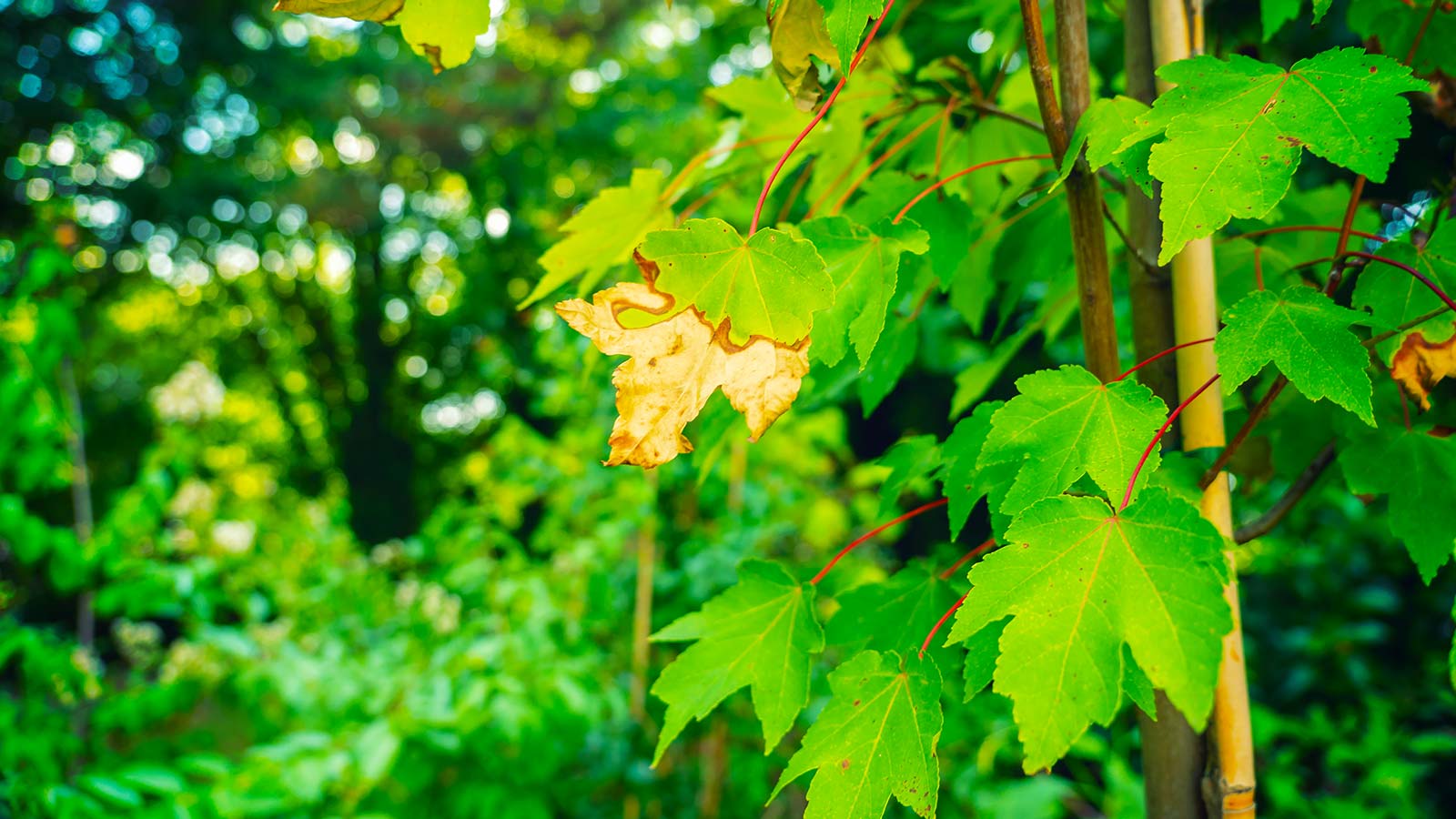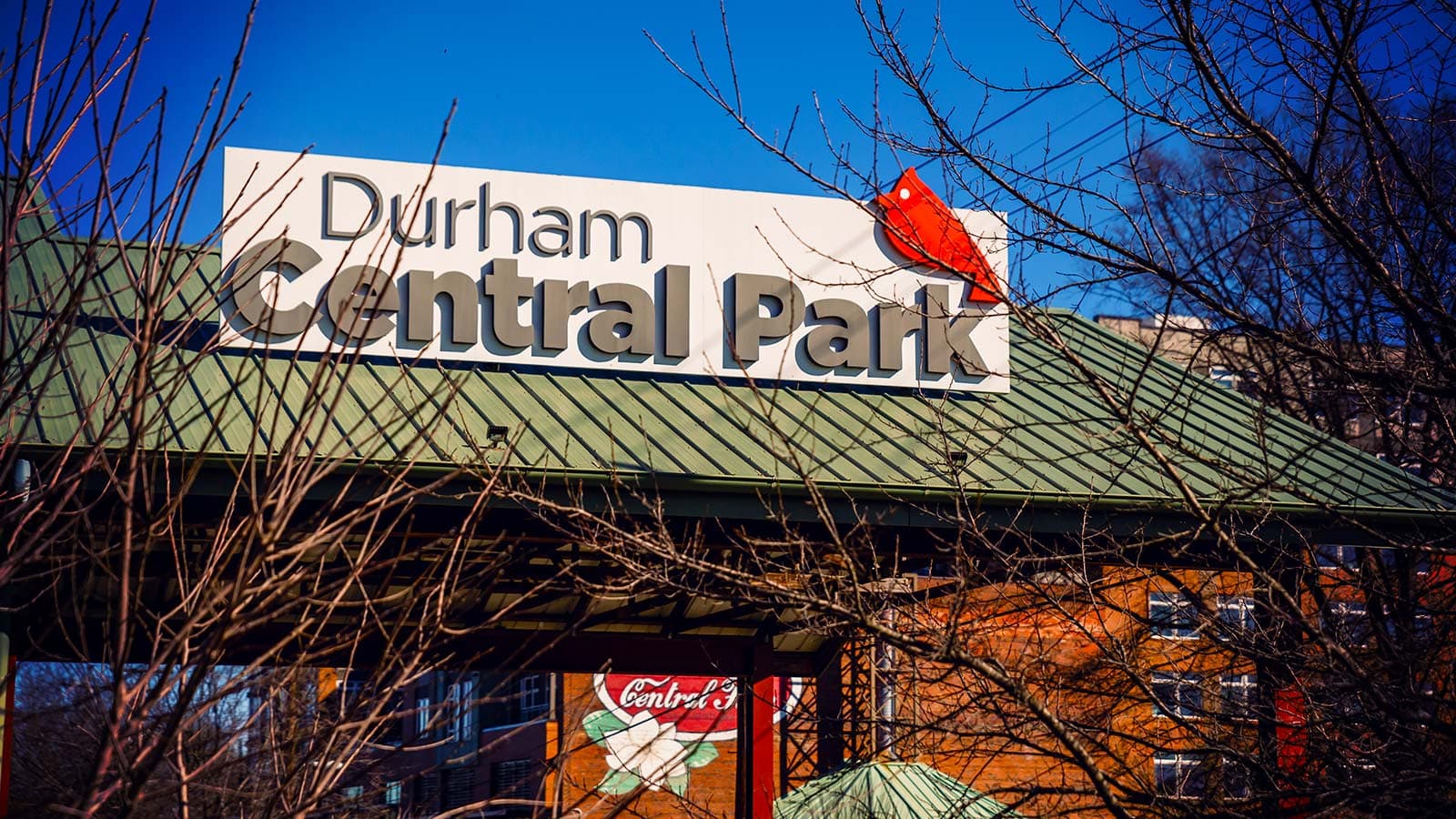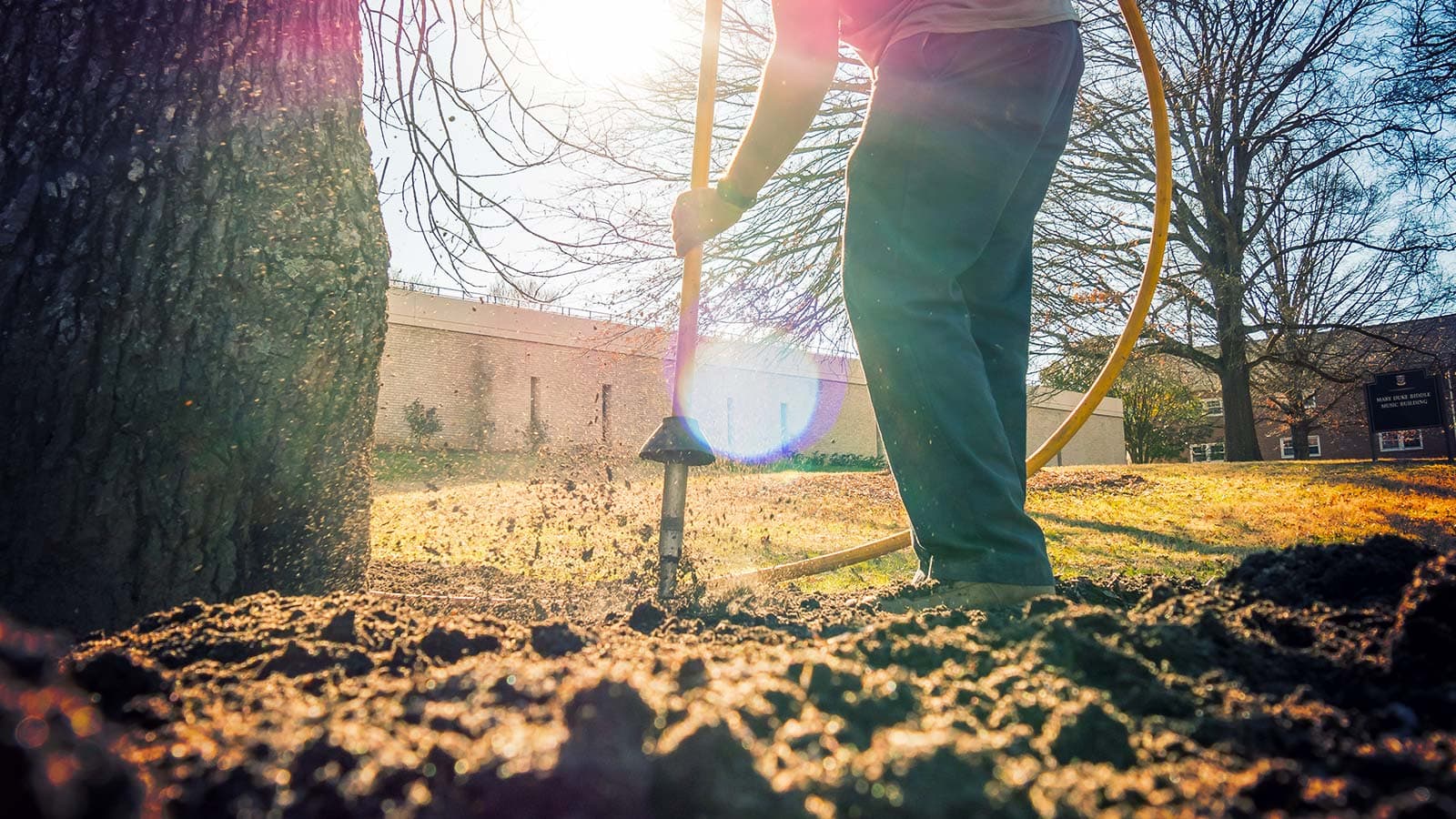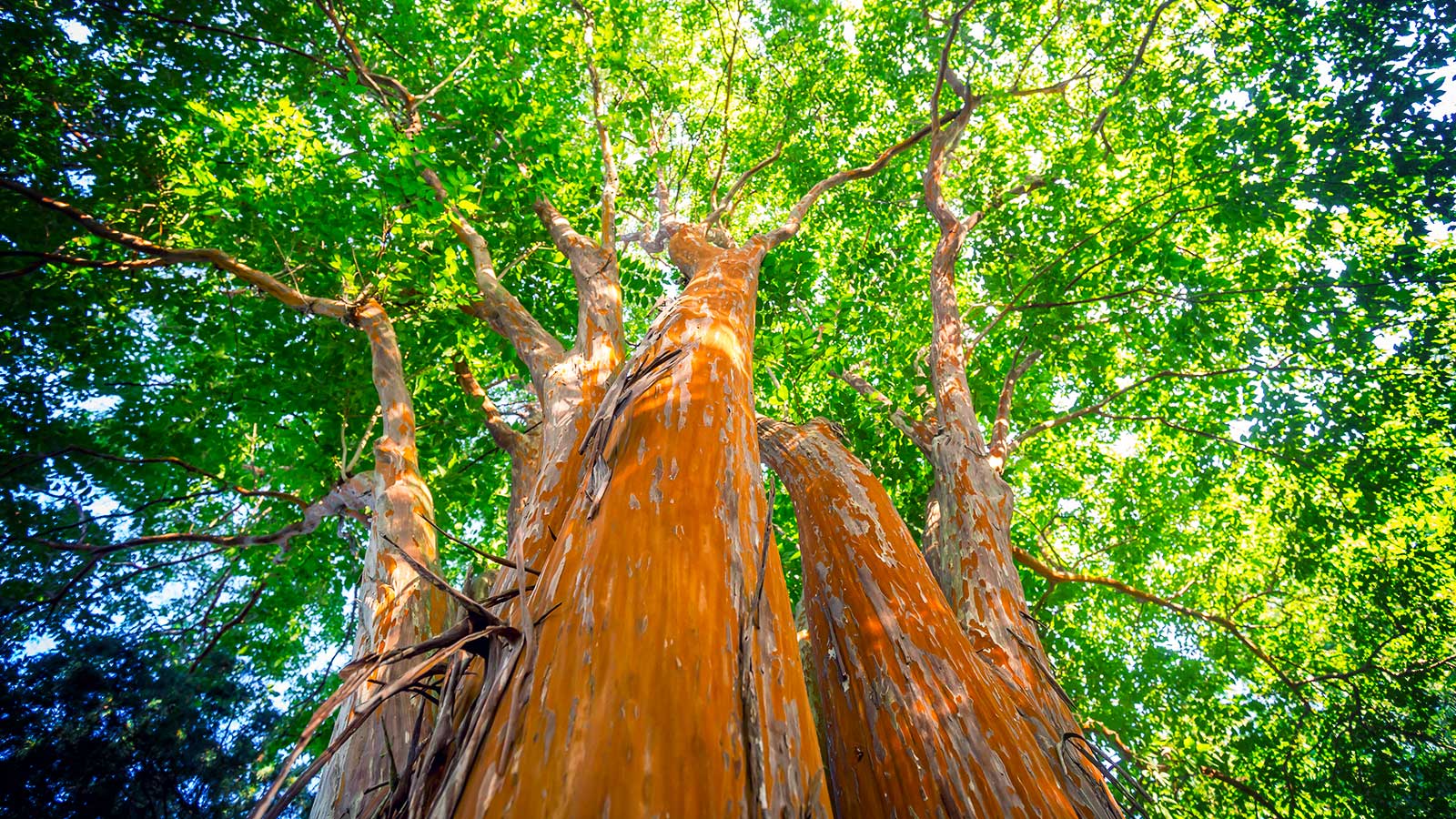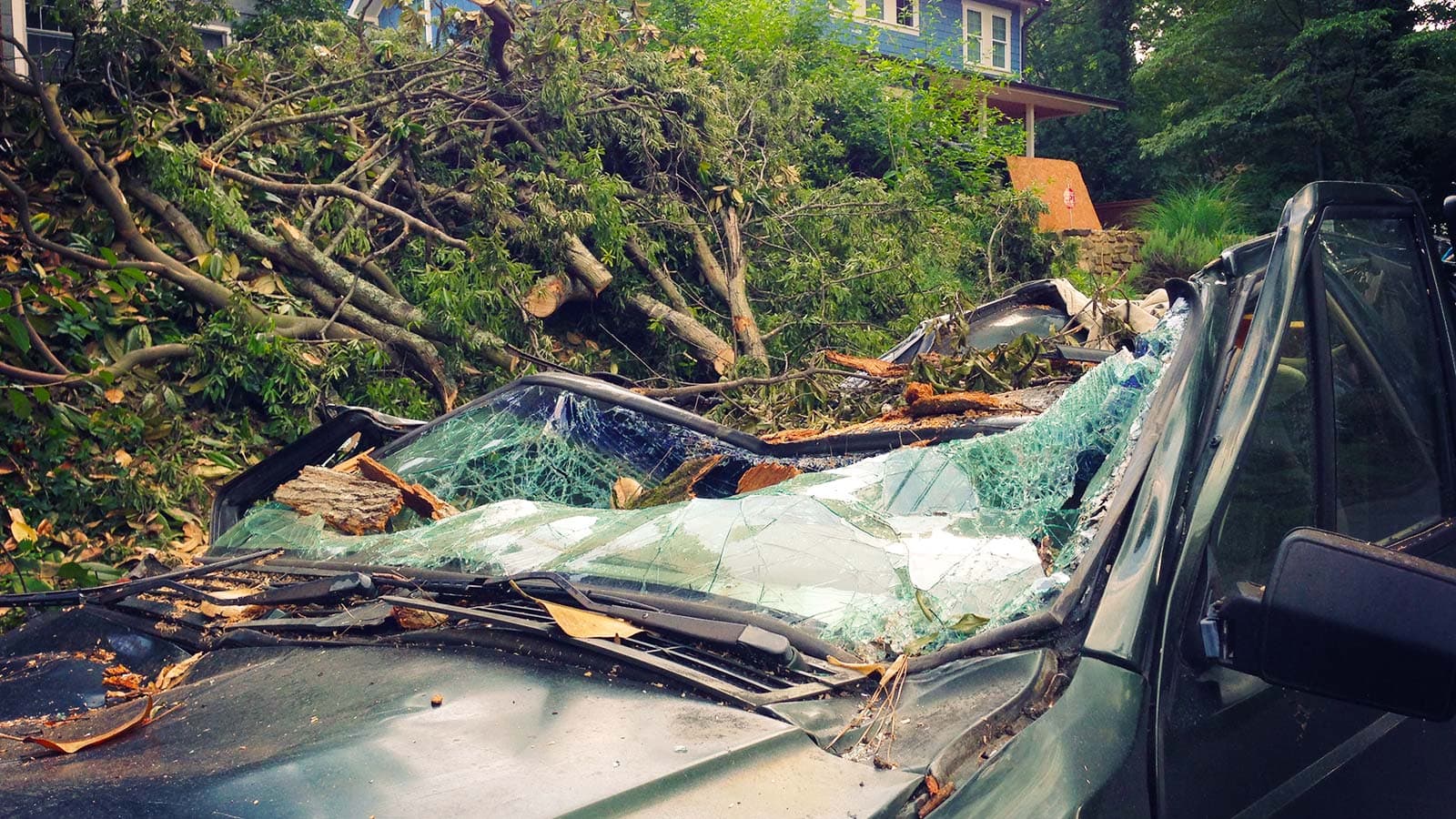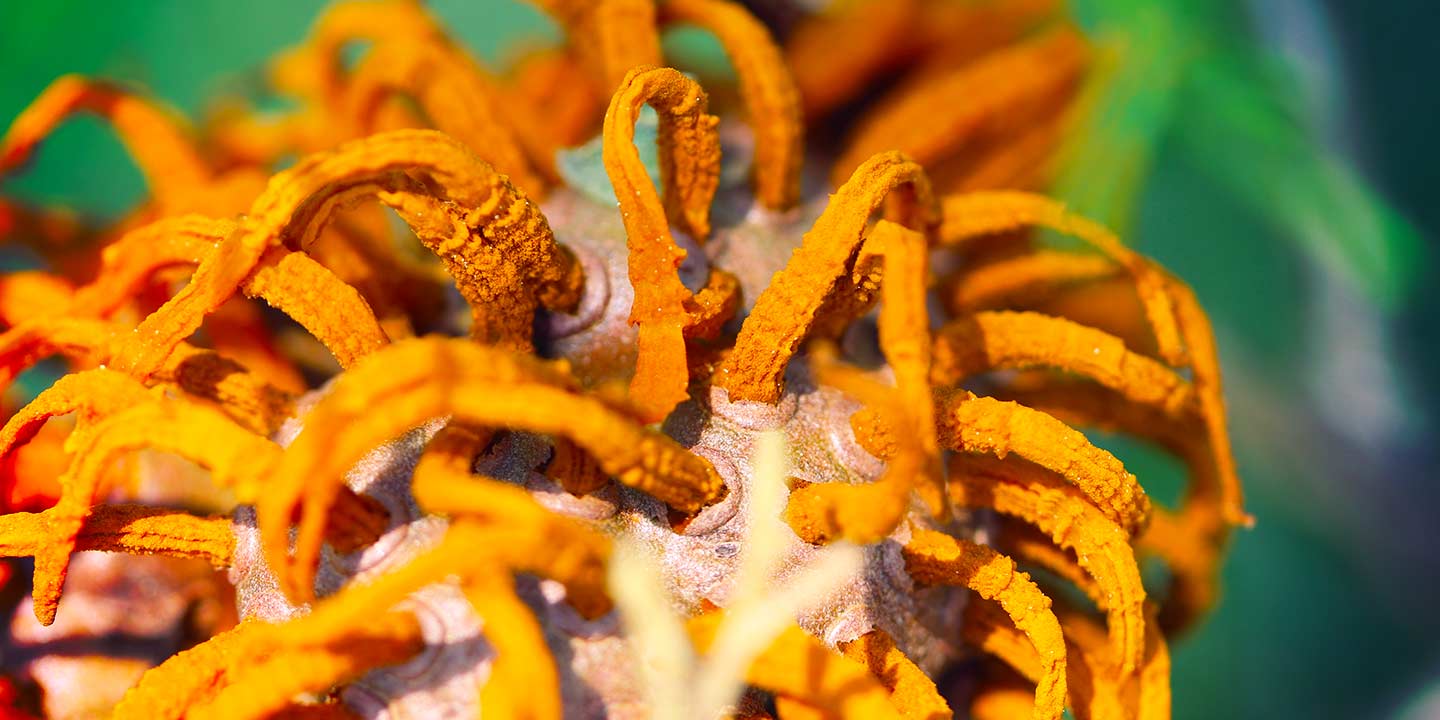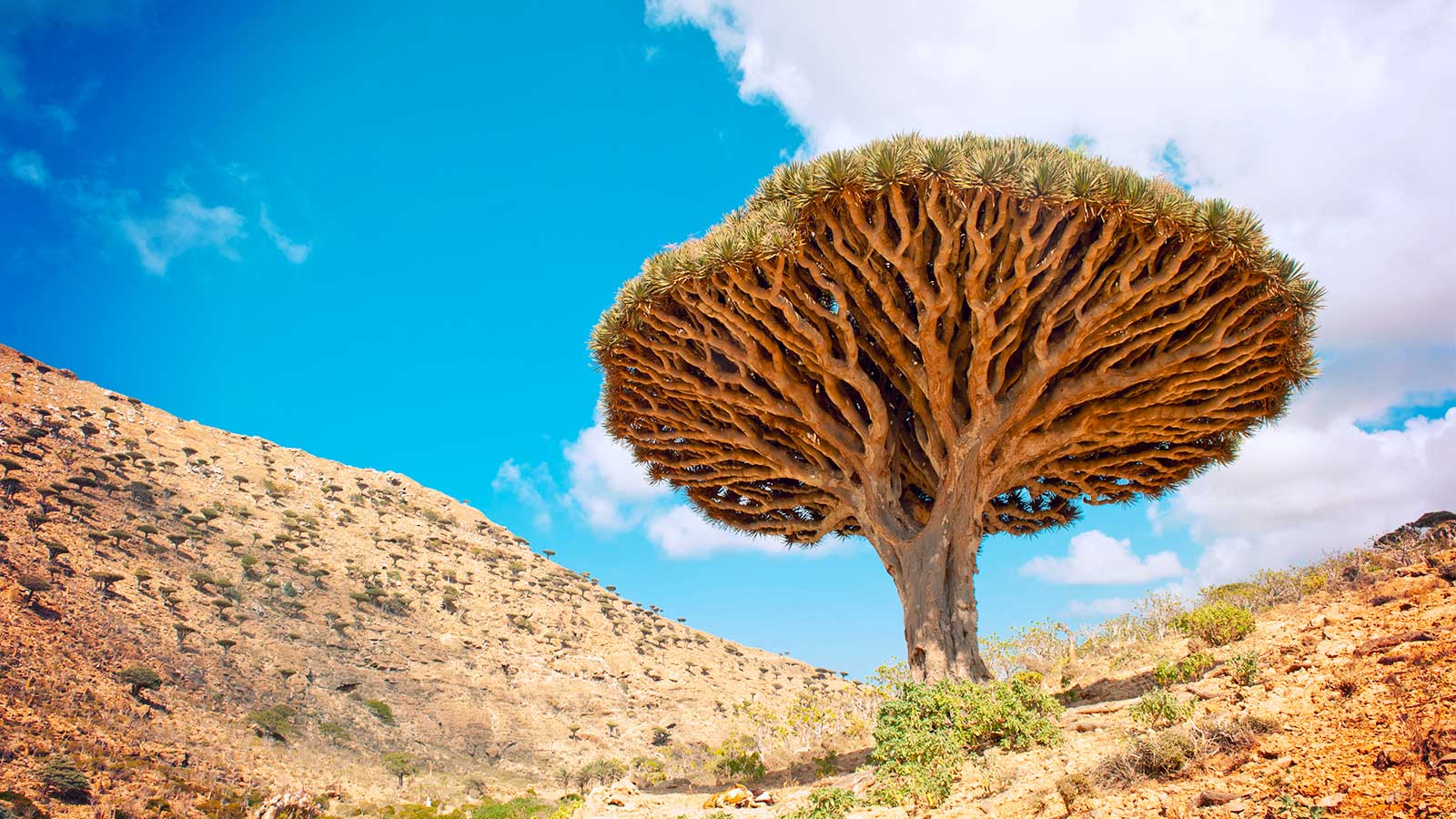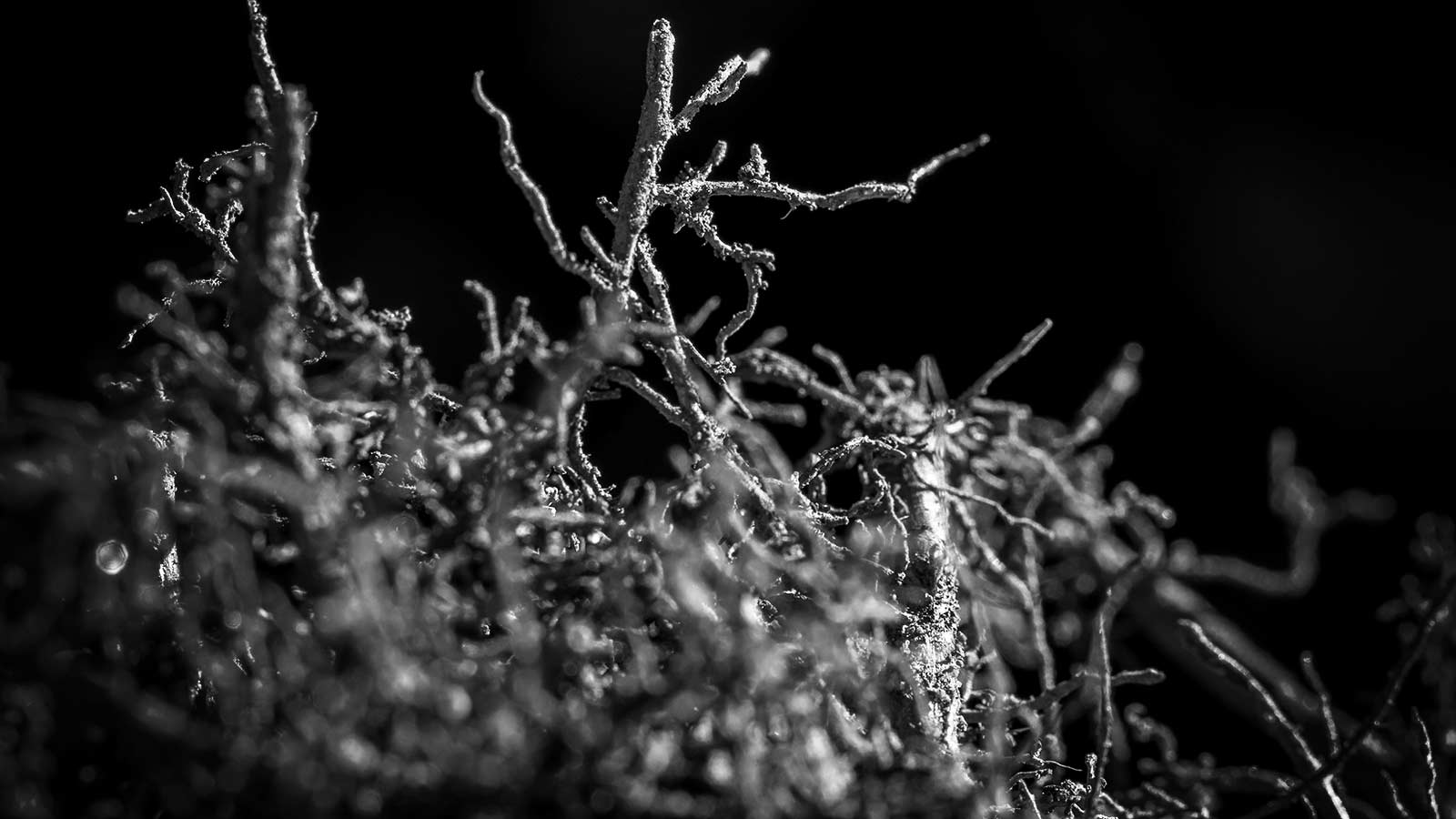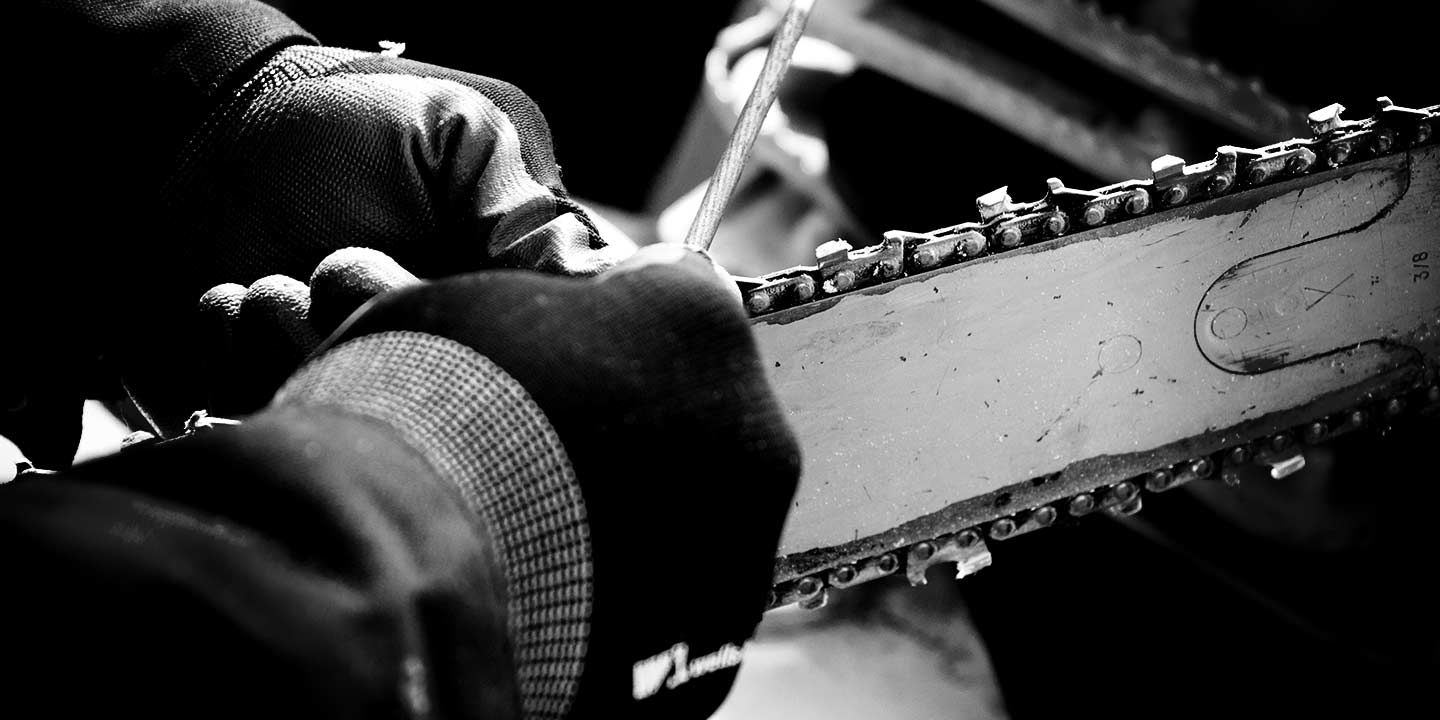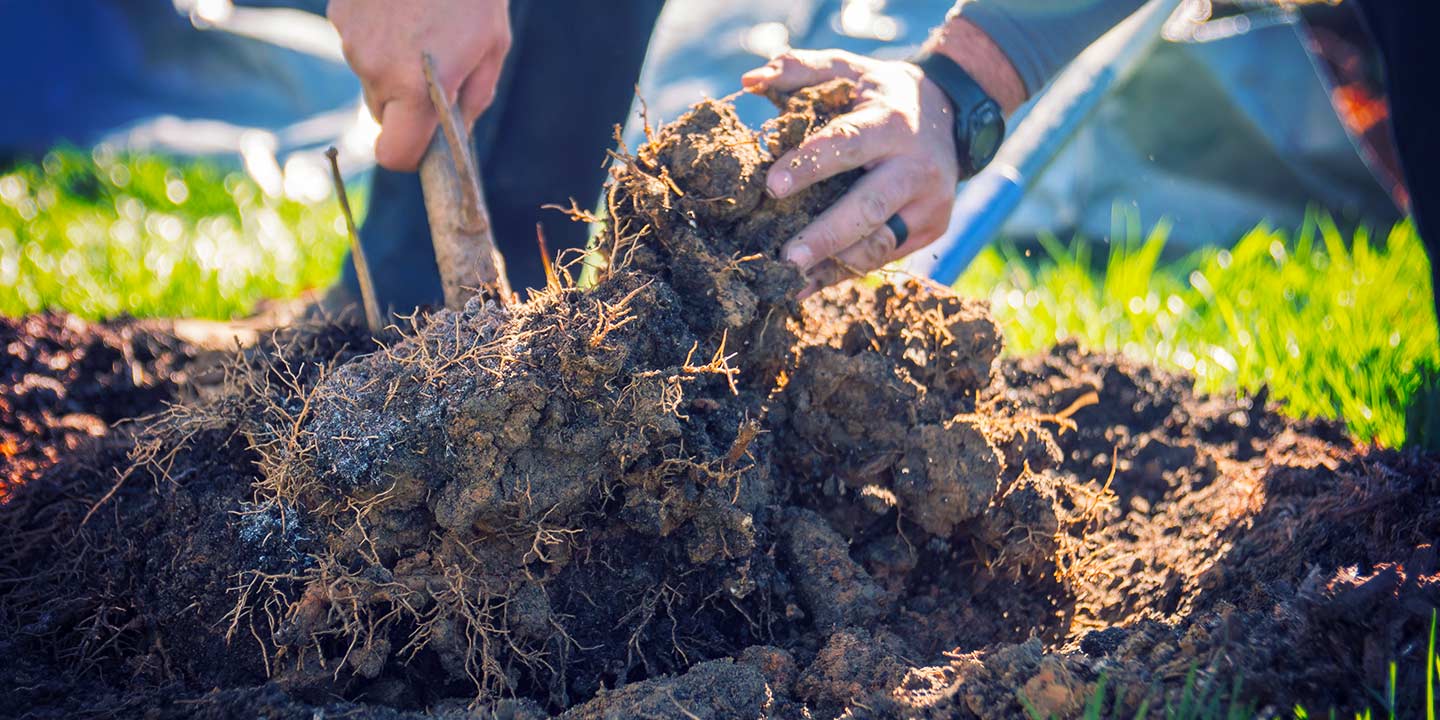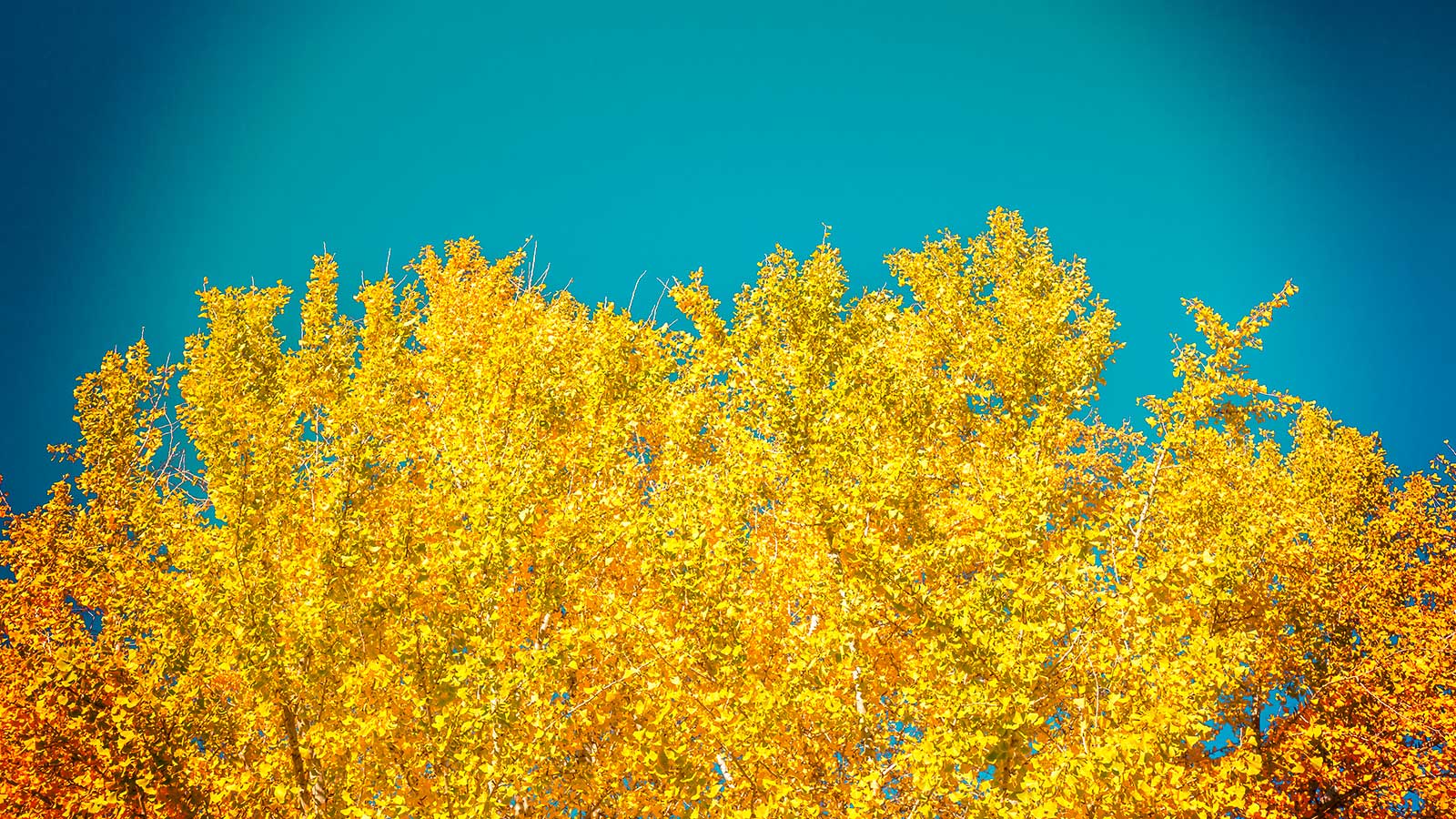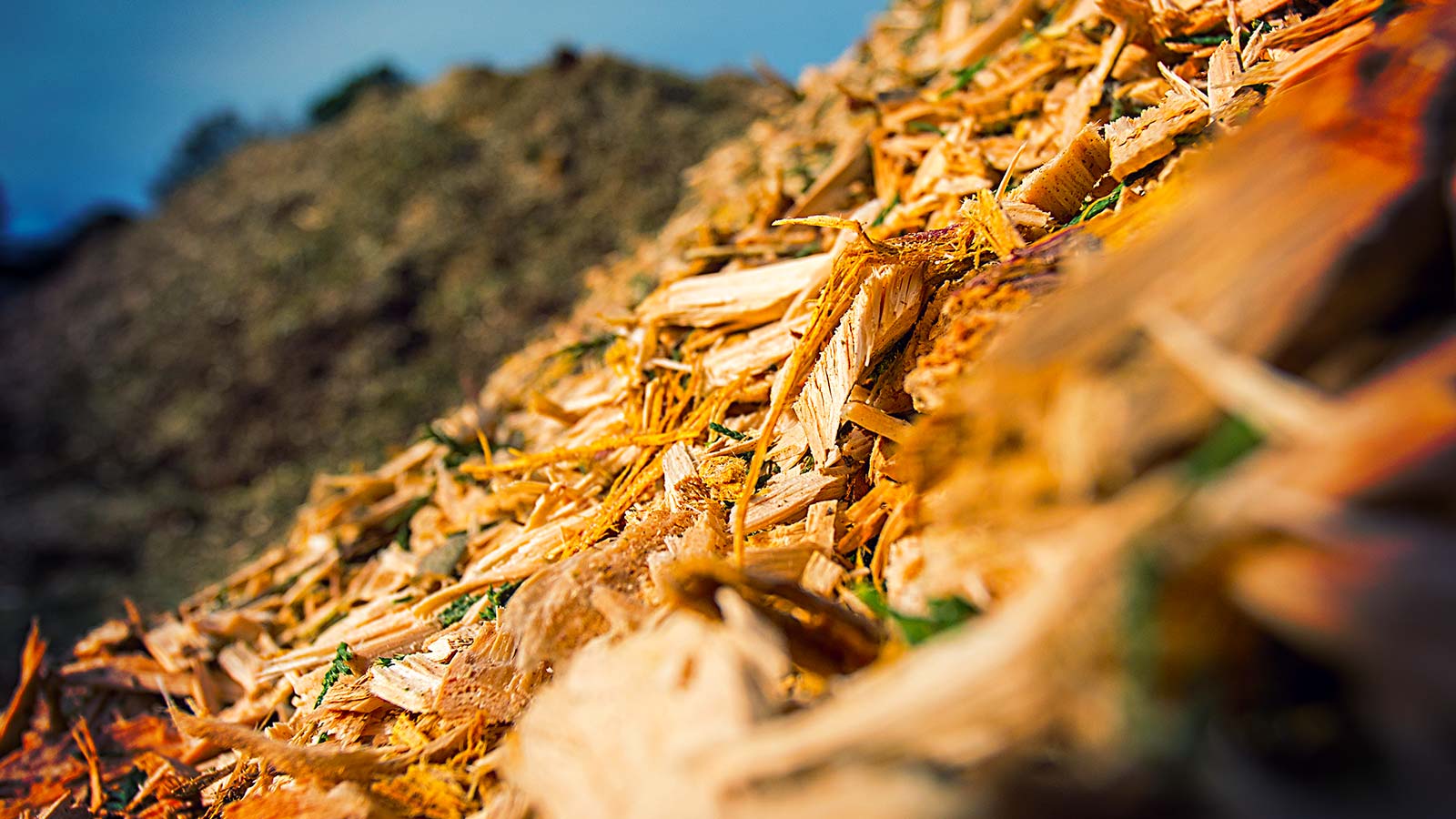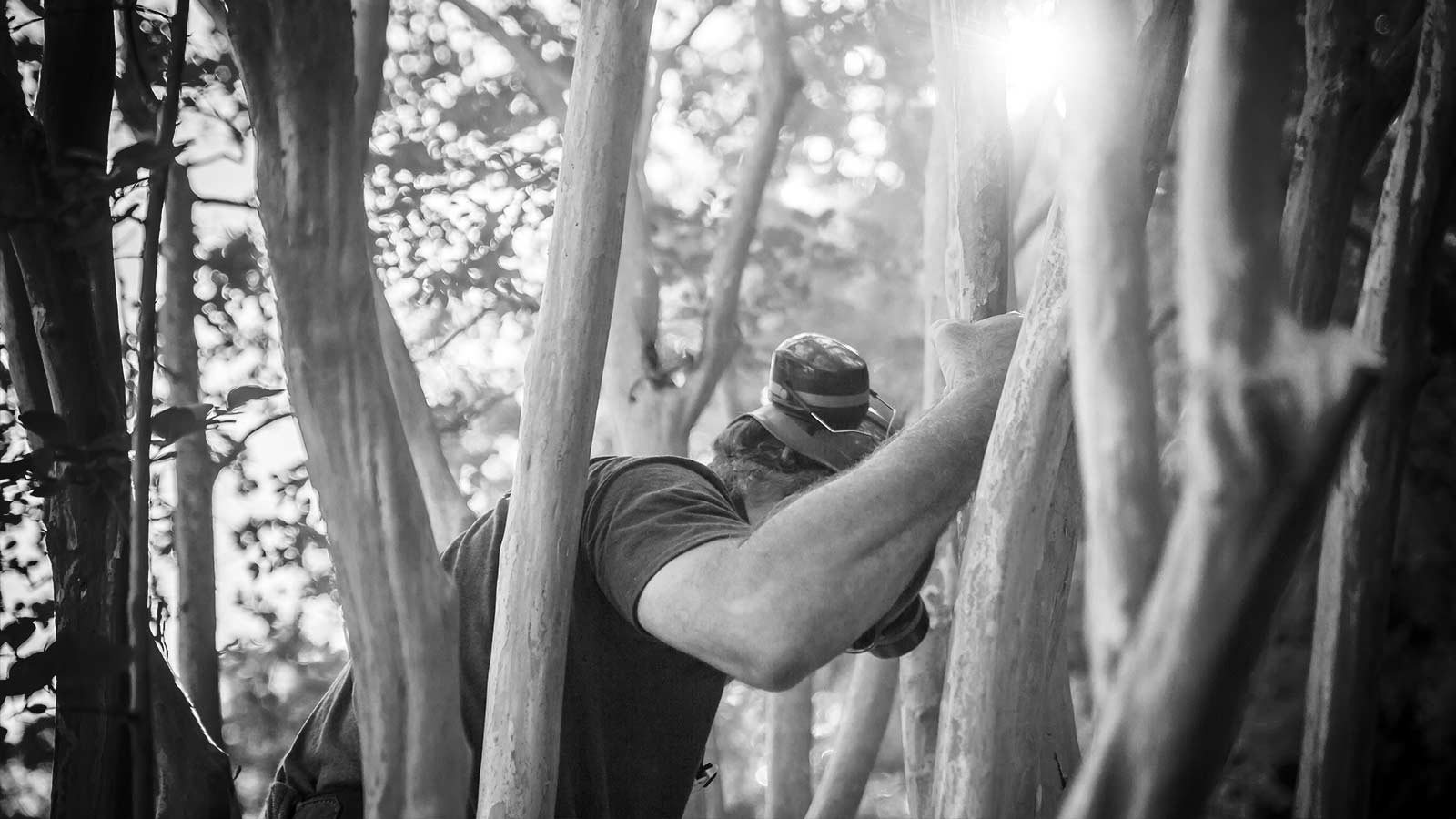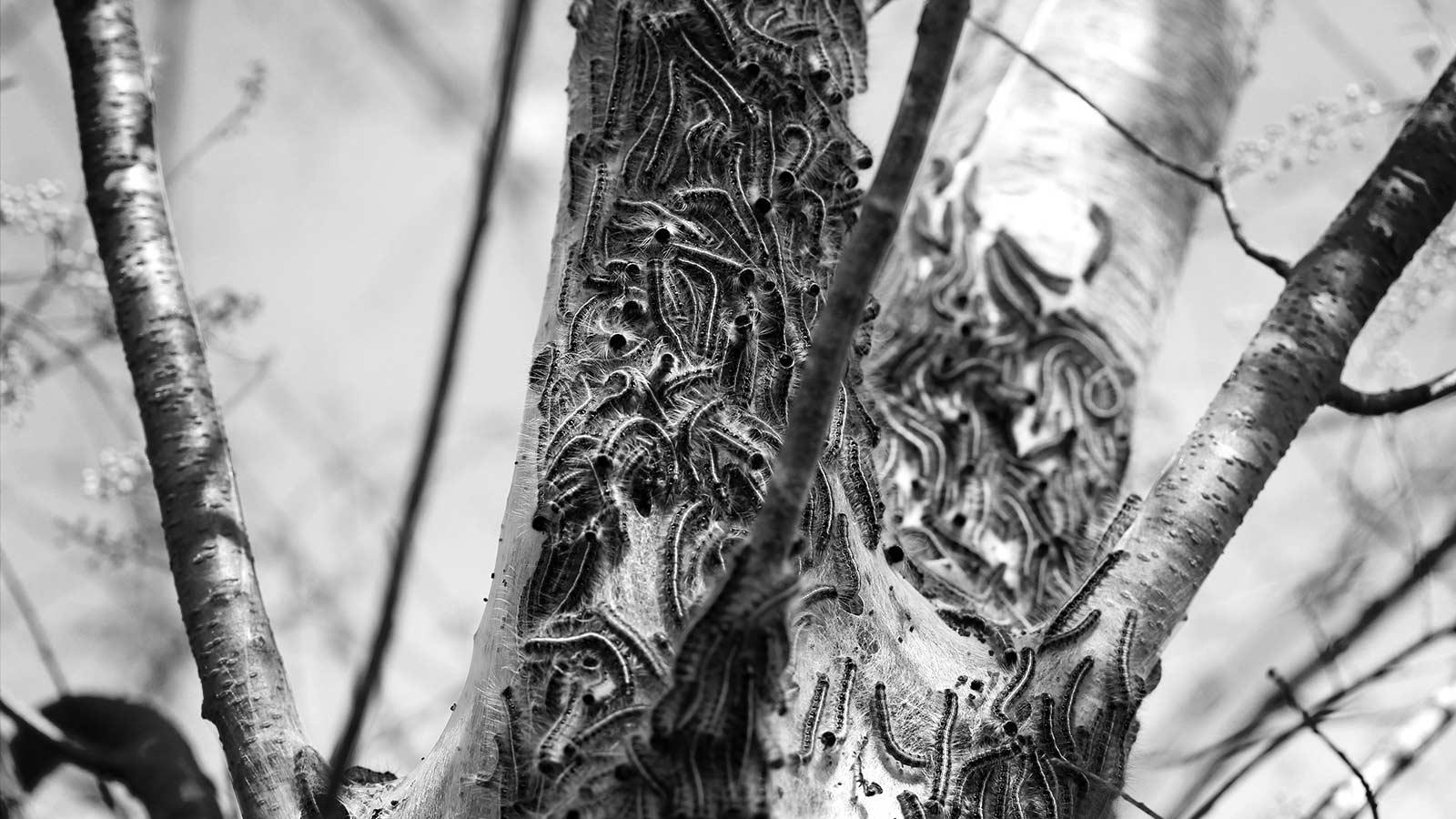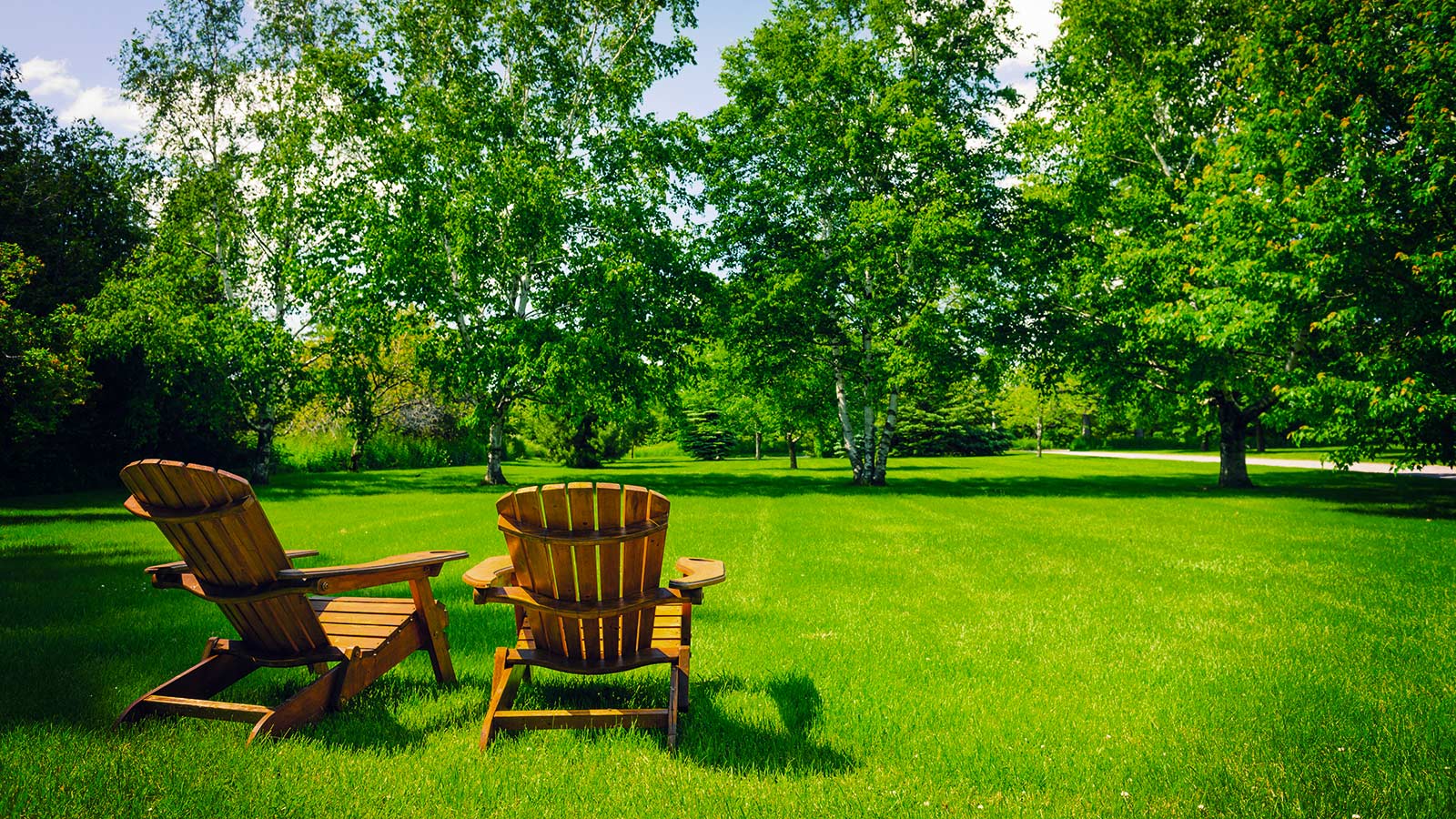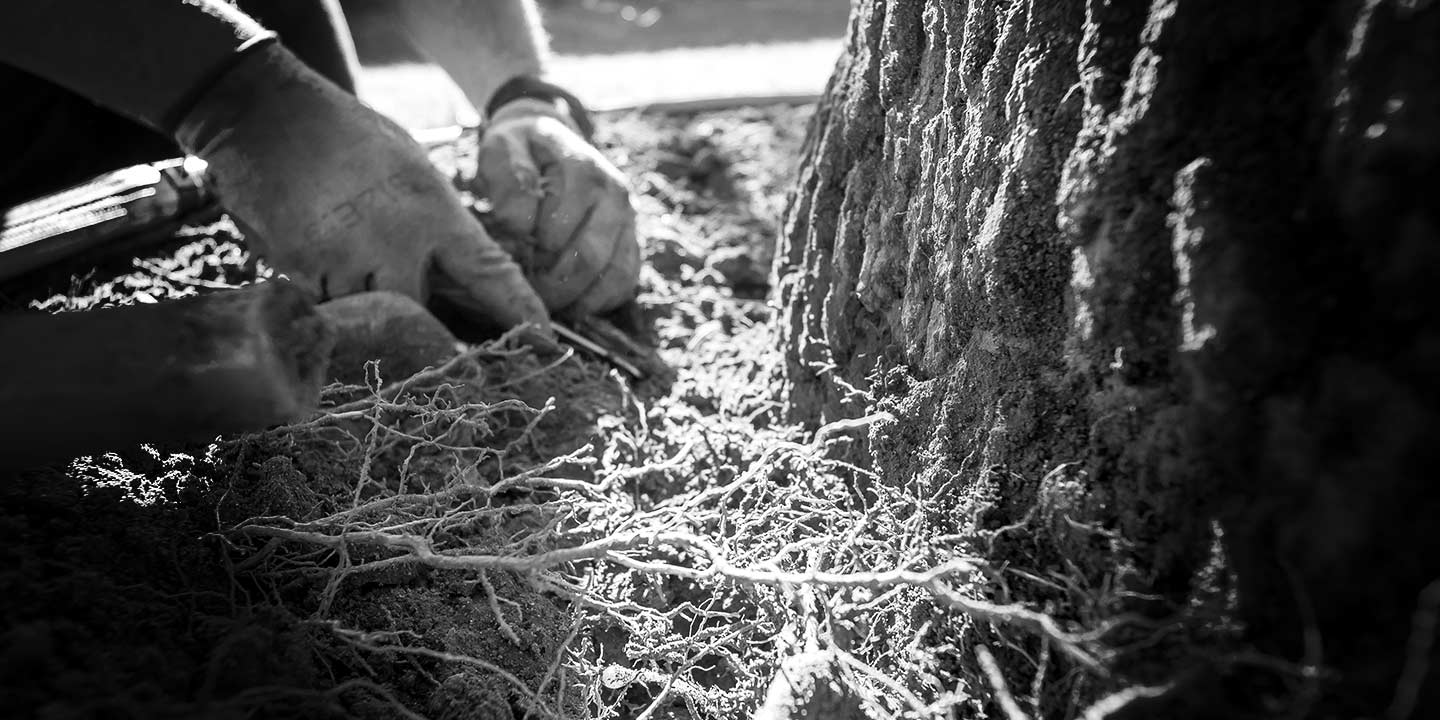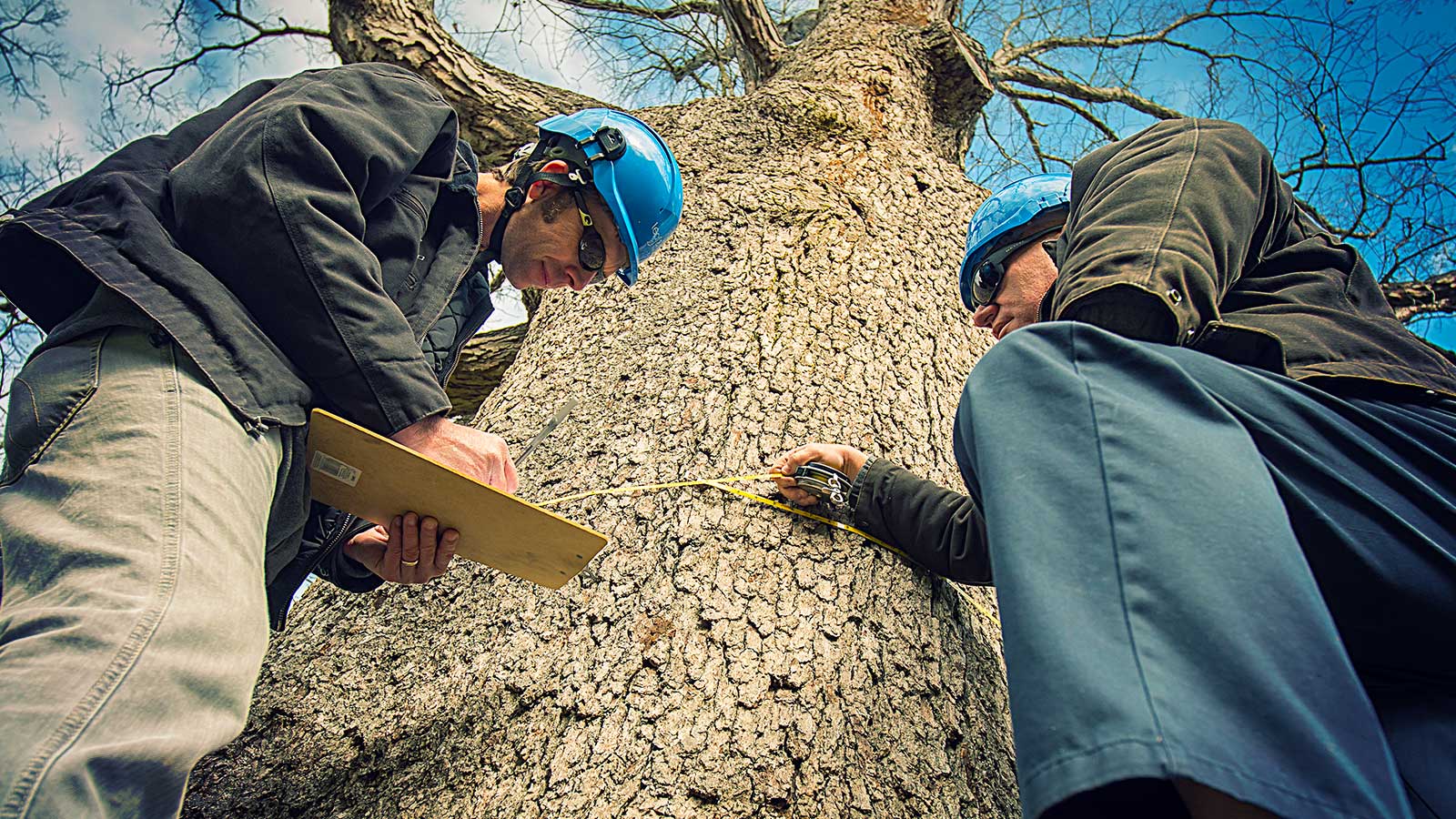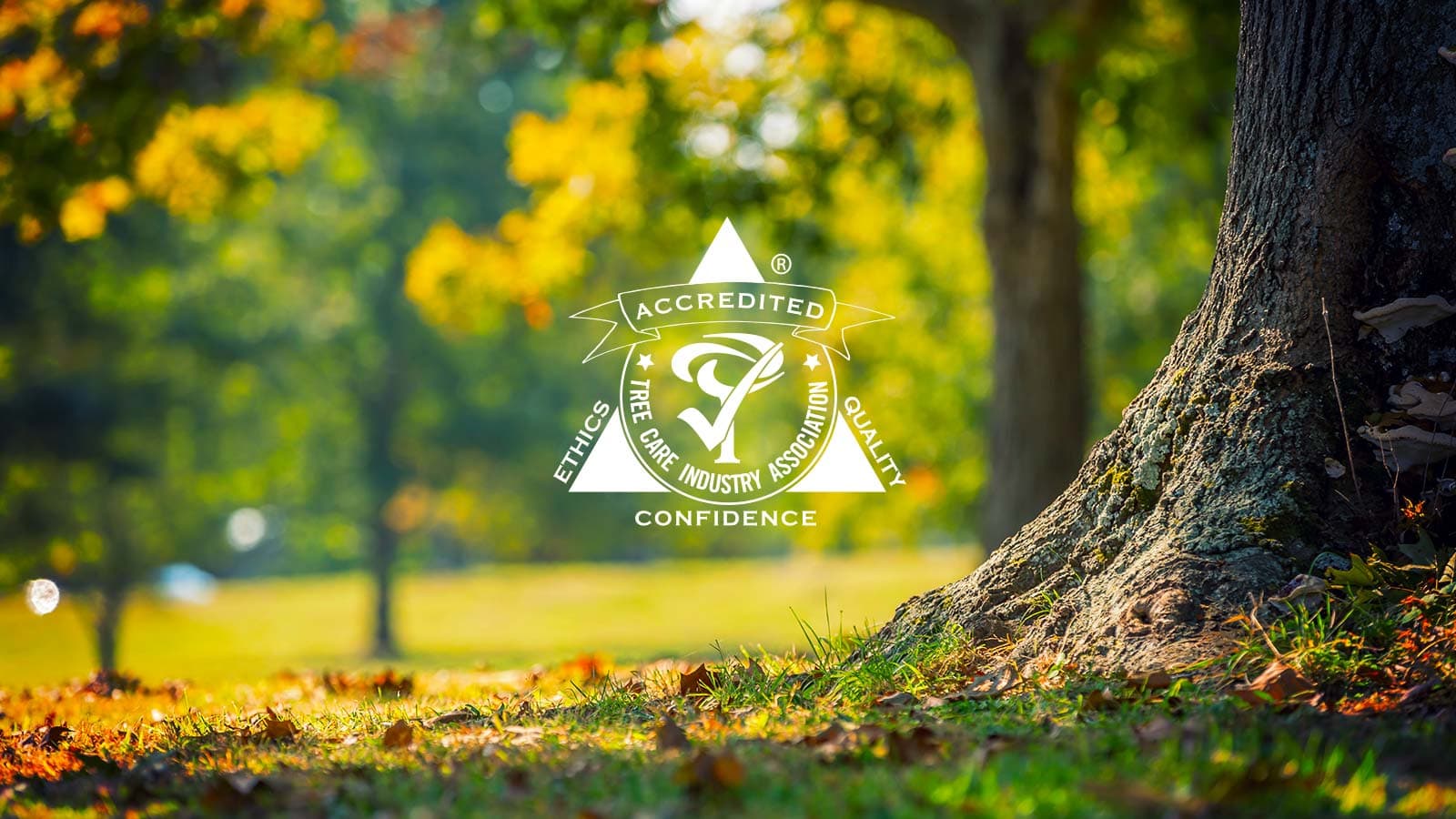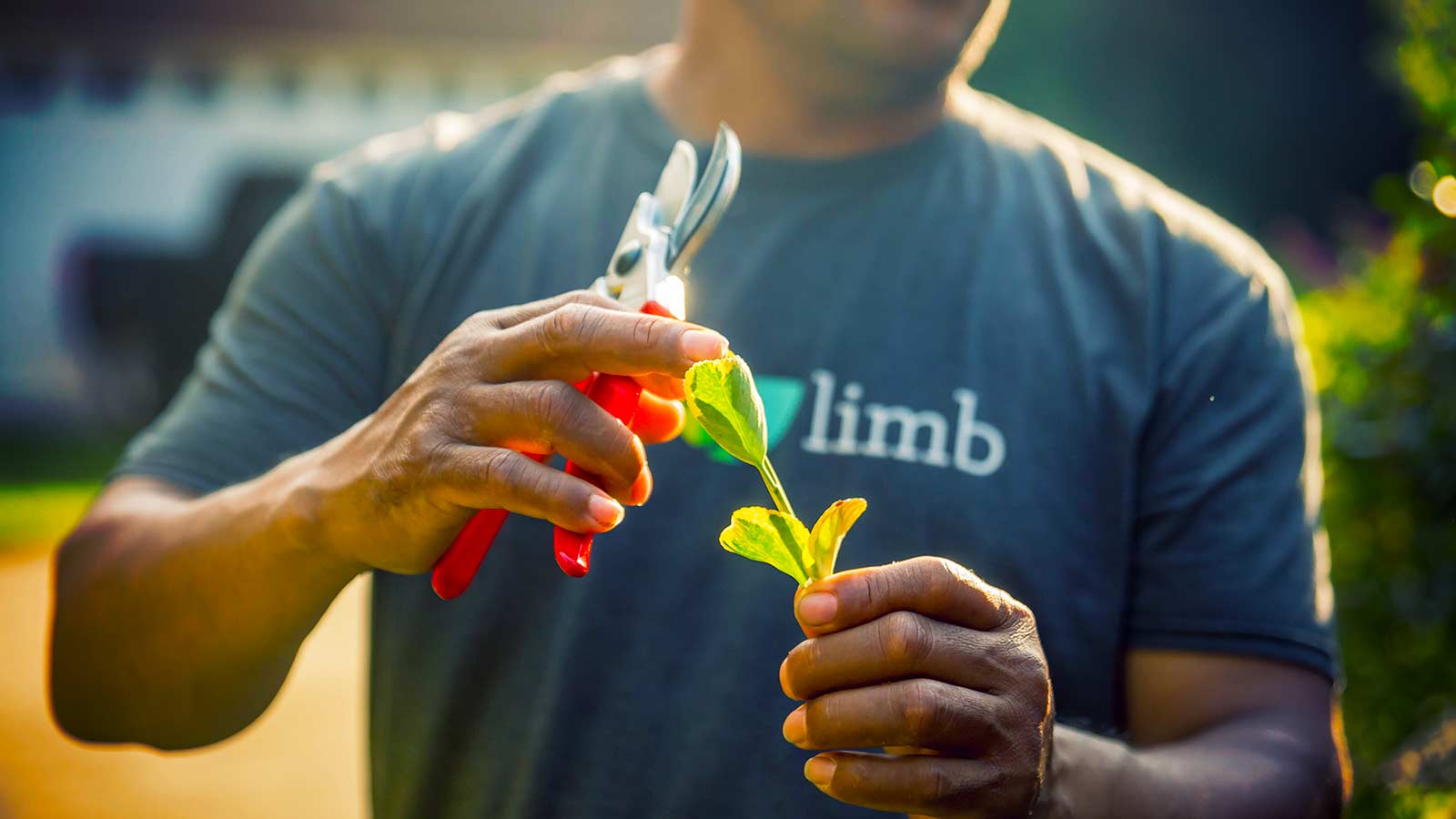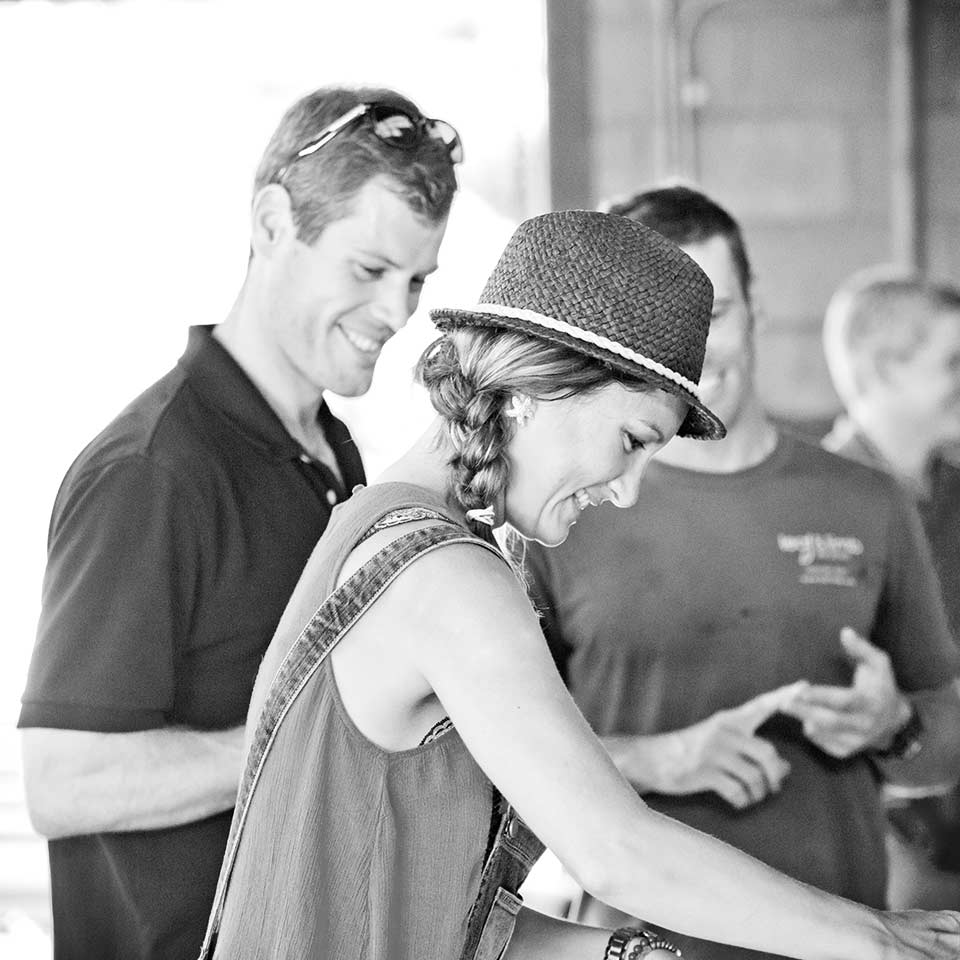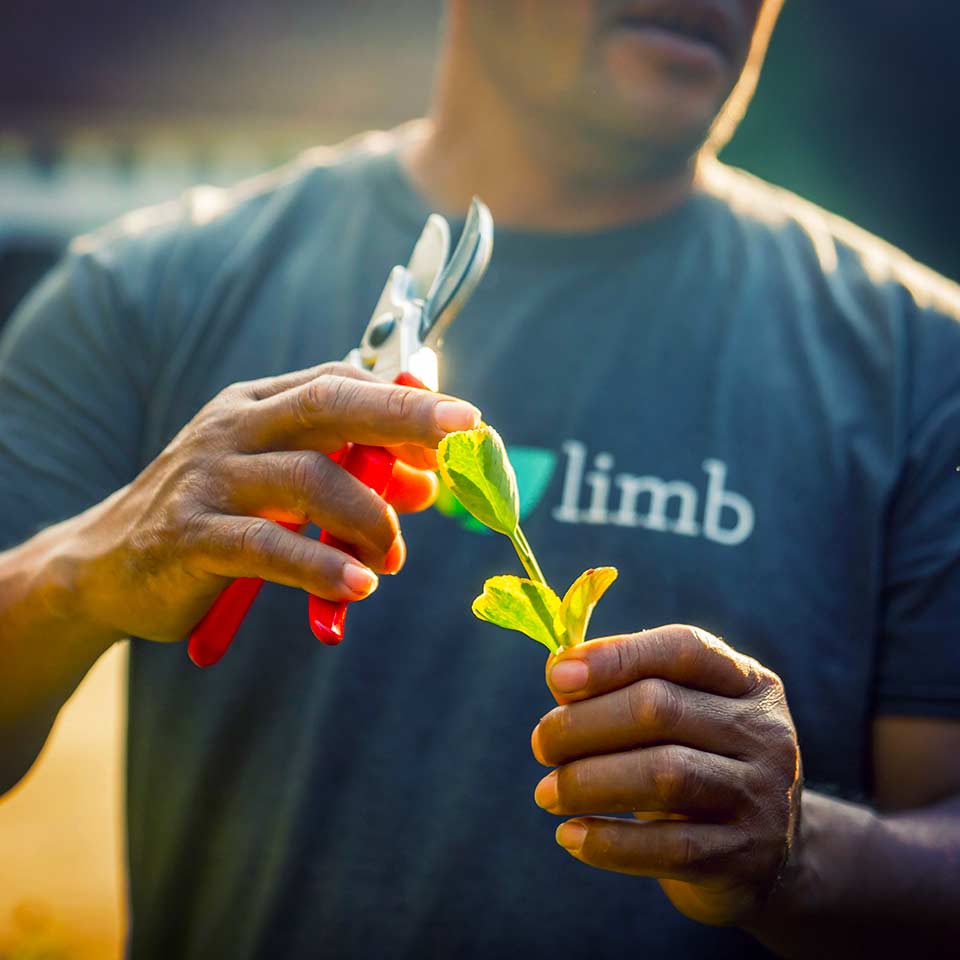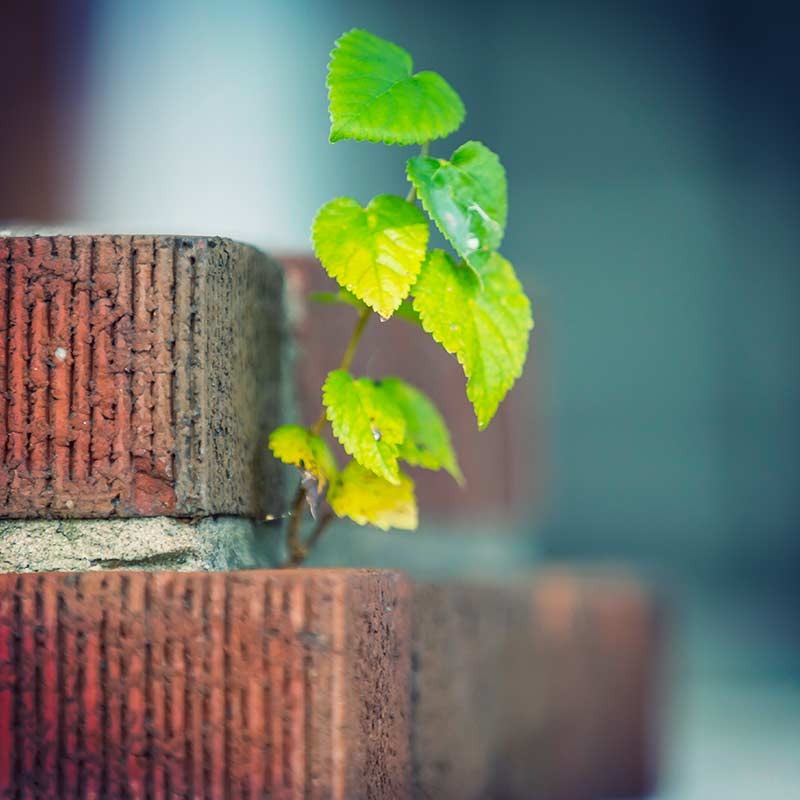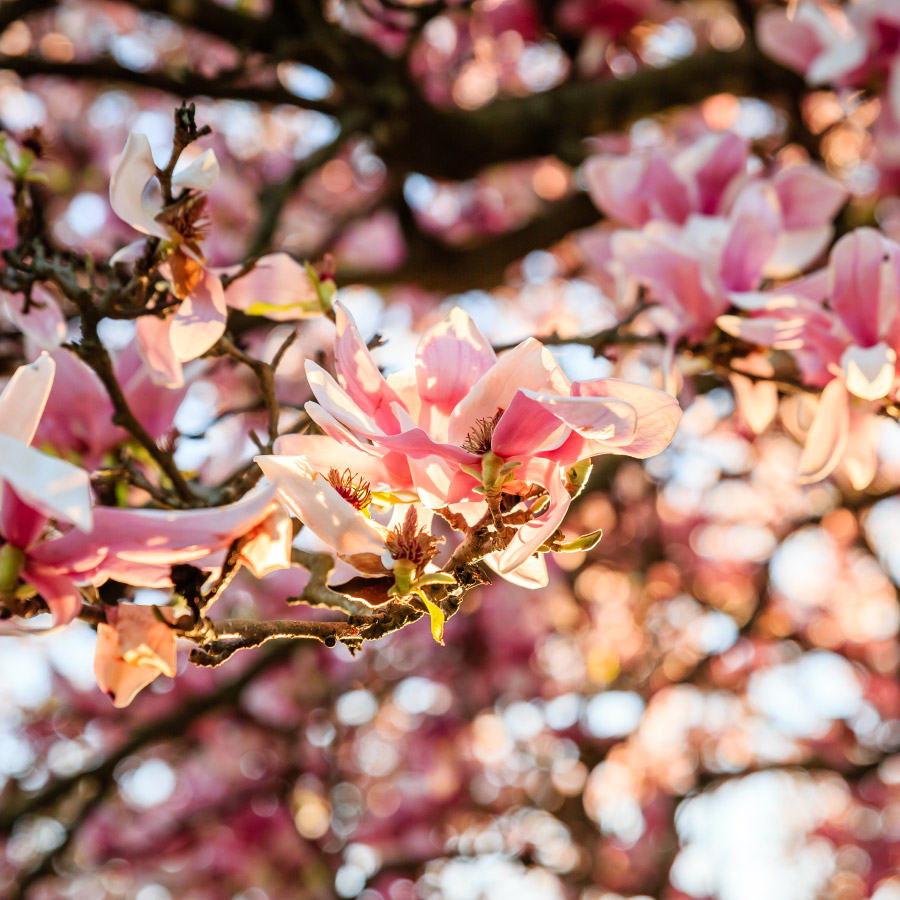How to Care for Very Old Trees
Proper pruning and soil health are essential care for veteran trees.
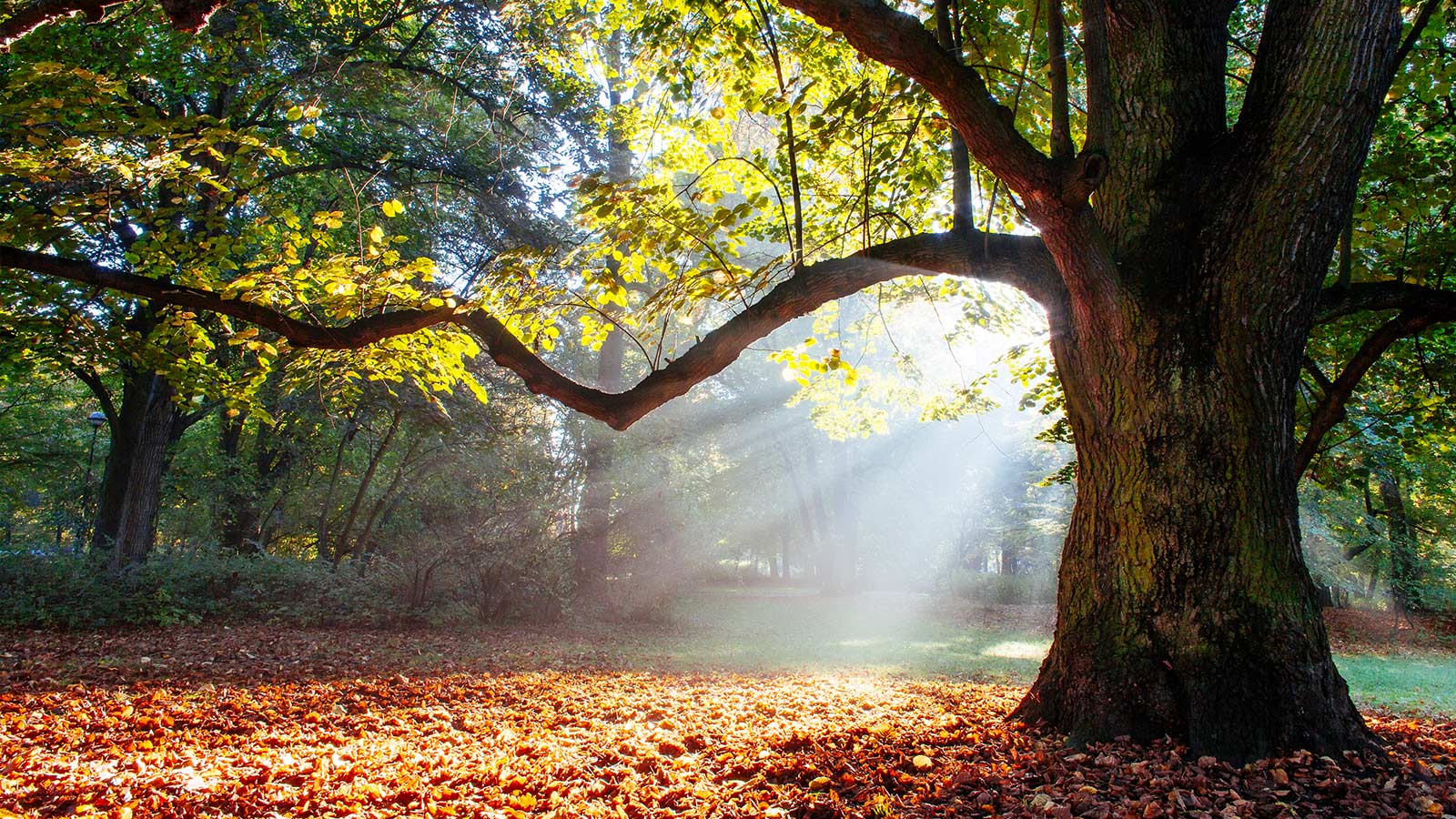
Taking care of very old trees (or any tree, really) comes down to three things:
- structural pruning
- soil care
- preventing harm in the root zone
However, the key part is doing the right kind of pruning, especially for very old trees. First, we’ll explore what makes very old trees unique and why gentle, well-thought-out pruning is so important. Then, we’ll discuss the types of pruning suitable for these venerable trees, and finally, the kind of TLC that all trees, especially those that have lived through a lot, can benefit from.
Some doctors specialize in treating the peculiar afflictions of old age because the issues that affect older people are usually different from those that affect children. Trees don’t age like humans do, but it’s still true that very old trees have qualities as well as difficulties that young trees don’t. Skilled arborists understand the specific needs of very old trees and why they can’t simply be pruned in any way.

The Nature of Very Old Trees
As trees age, their trunks and limbs grow larger, and the canopy expands, but the ratio of leaf surface area (where photosynthesis occurs) to overall biomass decreases. Let’s explain this with an easy-to-visualize analogy. A working couple starting out has a certain income, and over several years, they earn a little more each year. They eventually have two kids, which means some of their earnings support the kids, enough to feed, clothe, and even take a couple of trips to Disneyland, as well as save for college. Another couple with a similar income growth has six kids. That income needs to stretch much farther. Maybe no Disneyland trips and not enough to send six kids to college.
A trees’s “earnings” come from their leaves. So, for a tree, money really does grow on trees! The leaves are like factories that produce the resources the tree needs to stay healthy and grow. Trees use the resources made in leaves to feed themselves, grow, repair damage, build chemical defenses against disease or insect attacks, and produce seeds. The more leaves, the more resources.
But for a giant tree, it’s like a family with six kids. The trunk and limbs need a lot of resources to grow, defend against infections, and produce seeds. The “budget” has to be stretched further. If the tree is healthy, it has a lot of reserves stored in its sturdy trunk and limbs, but its ability to replenish the “bank account” slows down with age. It needs all the leaves it can get.

A very old and large tree may not have enough resources to cover all upcoming “expenses” and will need to allocate what it has. It will choose between growth (more leaves), repairing wounds, or fighting disease.
Have you ever noticed how a large old tree reacts to a significant pruning? It pushes out clusters of emergency shoots called suckers, which grow at all kinds of funky angles from cut ends. The tree is trying to grow new leaves as quickly as possible because leaves are the only way it can restore lost resources. It cannot afford to grow new, strong, and well-structured limbs right now; it just needs leaves fast.
It also needs to allocate resources to sealing the exposed wood after pruning to prevent infection. Creating barriers against decay before it sets in is a race against time. Sometimes, the tree can’t do everything, and as a result, it may enter a spiral of decline because it can’t produce enough leaves and new wood to meet all its needs. That’s why knowledgeable arborists and industry standards recommend pruning as little live growth from very old trees as possible.
When, Why, and How Can a Large Old Tree Be Pruned?
Sometimes, there are valid reasons to prune very old trees. The aim remains to remove as little live wood as possible while still pruning for strength and safety.
- Weight Reduction Pruning: Limbs, especially in open-grown trees, can become so long and heavy that they risk breaking during extreme weather events. The limb can be strengthened by pruning it back to a side limb that is big enough to take over the support of that limb. It’s better to do this rather than removing the entire limb because a large pruning wound right next to the trunk provides an entry point for decay fungi. A healthy tree will use resources to seal the wound, but a large wound on an old tree may take a long time to heal and might never fully seal. Keep pruning wounds as small as possible and as far from the trunk as possible.
- Deadwood pruning: Trees typically don’t mind dead limbs, as they naturally shed them with the help of fungi. Removing large dead limbs can prevent damage to your property, but if that’s not a concern, you can let nature take care of it. Although removing dead wood doesn’t deprive the tree of resources, the pruning cut must be made precisely to avoid cutting into the specialized wood that helps seal the wound.
- Retrenchment pruning: A specialized type of pruning that may be appropriate for very old, valuable trees that are shedding old limbs to promote new growth closer to the trunk, especially if the shed limbs could pose a hazard. Why would a tree do this? Think of it this way: a very old tree might reallocate its resources, similar to how you might rearrange your finances. Heavy, old limbs can be costly to maintain, so the tree lets them go in favor of fresh growth nearer to the trunk. Retrenchment pruning is often misunderstood. The tree is retrenching itself — we are just helping it shed dying limbs or parts of limbs it is abandoning. This is not the same as ‘topping’ a large, open canopy to shrink it out of safety concerns.
The Ahhhh Factor: Some Soil Improvement TLC for Old Roots
Very old trees develop extensive, winding root systems, and the best thing we can do for these venerable old plants is not to mess with their root zones. Construction activity within these root zones is a common way to cause damage. Consider the needs of your old trees when planning for new construction.
Even though not disturbing tree roots is very important, working to improve the soil where the roots live provides huge benefits to the tree. Everything that relies on soil benefits from better soil, from the tiny life that is part of healthy soil to the roots of the largest trees. Since our suburban soils are often in poor shape, being too compacted and low in nutrients, improving the soil around our mature trees (and all trees!) is a valuable effort. This will not only provide relief to aching old roots (a bit of poetic license, perhaps) but also jump-start lively soil life.
The prescription for soil improvement starts by decompacting the soil around the roots so they can breathe more easily and create more openings for moisture and nutrients. This is best done with an air spade to prevent damage to any roots. The air spade is a specialized tool that uses compressed air to break apart compacted soil layers. Then, huge dollops of quality compost are mixed with the loosened soil, and finally, a thick layer (3 or 4 inches) of arborist wood chip mulch is spread on top.

Regularly applying compost fertilizer, either as a supplement or an alternative to soil improvement when budgets are limited, is always beneficial for your large tree roots and everything else that relies on healthy, thriving soil biology.
We Can Help!
Have a grand old tree that could use a check-up and some TLC? Give one of our Treecologists a call or send us a message. We look forward to hearing from you and meeting your irreplaceable tree!
